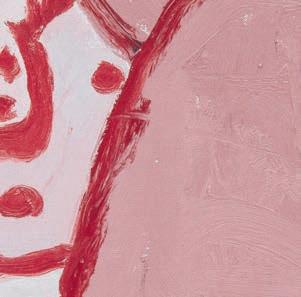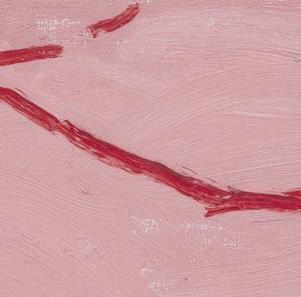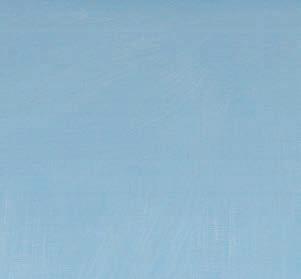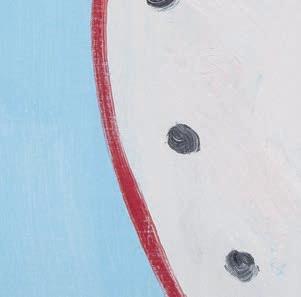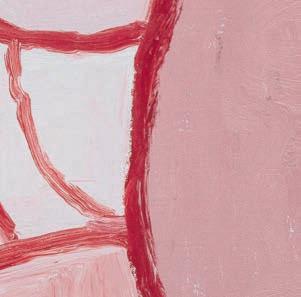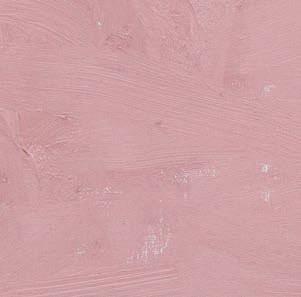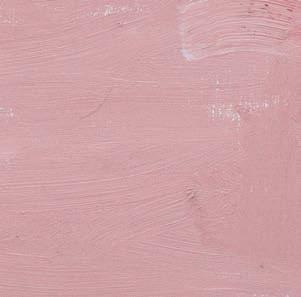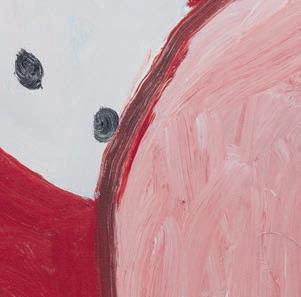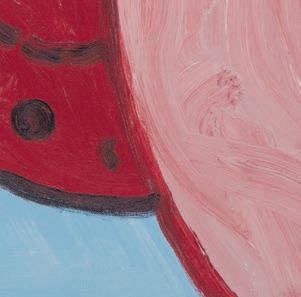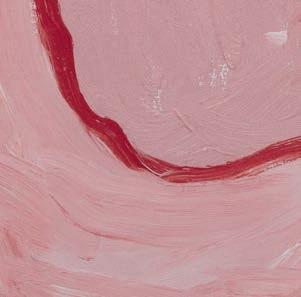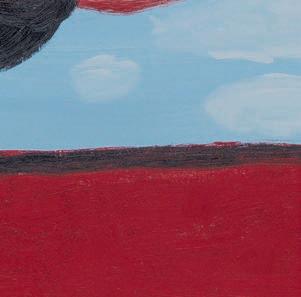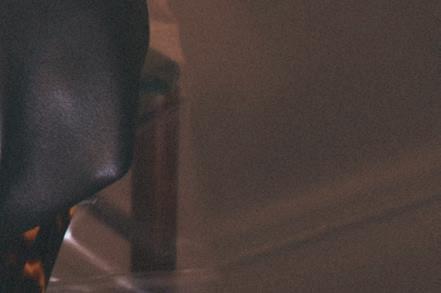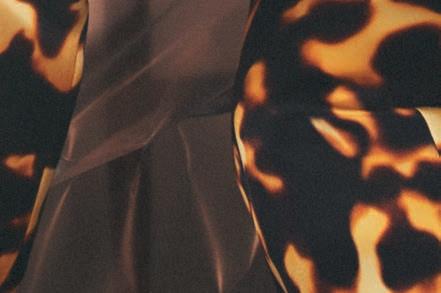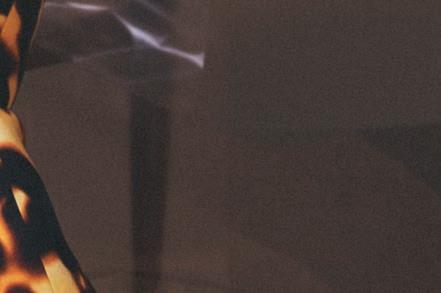FRIEZE WEEK




































































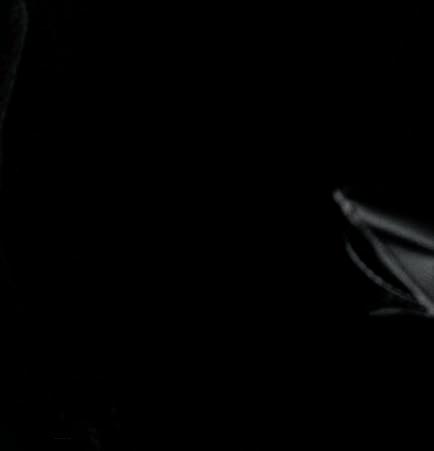









































































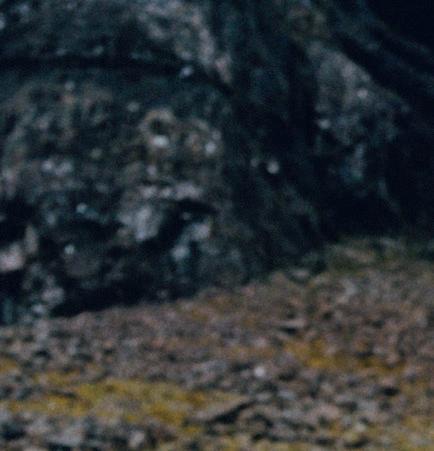














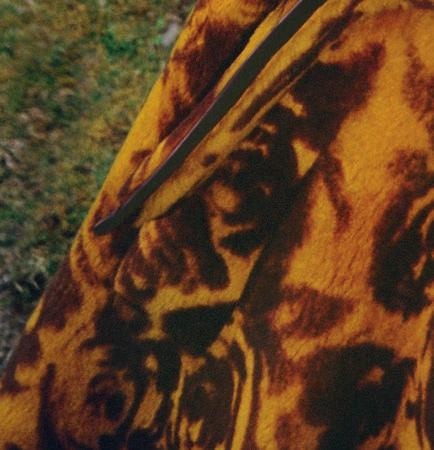



















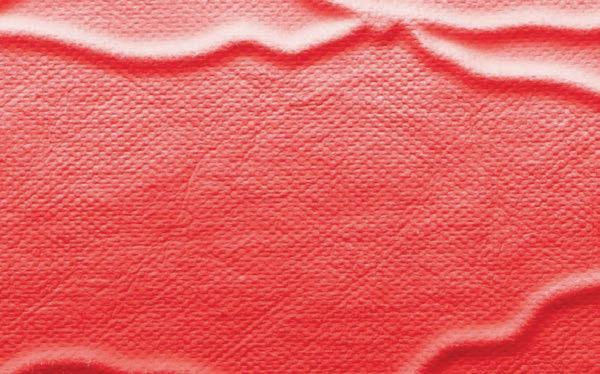

























































































































































































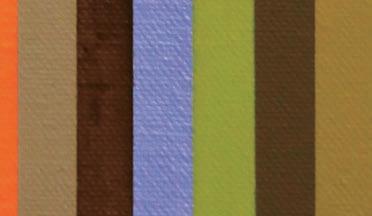









is issue looks to Seoul’s cultural community: like the winner of the new Frieze Seoul Artist Award, Woo Hannah; collector Elizabeth Chun; and photographer Rala Choi, whose commission provides our cover image. ere’s a round-up of exhibitions around town, and stories relating to key Frieze Week shows, like Issy Wood at the Ilmin and masterpieces on tour at the National Museum. ere’s even a spa guide: surely we deserve some pampering, after all this art? Save me a place in the sauna.

12
Haunted Houses
Hiji Nam on Issy Wood
22 Becoming
Woo Hannah
By Hyunjin
Kim
48 Holding Court
Elizabeth Chun’s
Epic Patronage
12 Haunted Houses
22 Becoming
Woo Hannah
우한나, 컬렉터 최윤정, 표지를 장식한
사진작가 최랄라를 통해 서울의 문화계를
조명한다. 일민미술관의 이시 우드
(IssyWood) 개인전, 국립중앙박물관의
명화전 등 프리즈 위크의 주요 전시에
대한 내용과 시내 곳곳에서 열리는
전시도 소개한다. 스파 가이드도
마련했으니, 미술 감상으로 쌓인 피로를
풀기에도 안성맞춤이다. 부디 사우나에
내 자리도 하나쯤 맡아주길.
Matthew McLean, Creative Lead, Frieze Studios
매튜 맥린, 기획팀장, 프리즈 스튜디오
54
Tone Poem
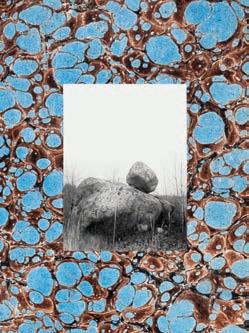

A Visual Essay
by Rala Choi
62
Beyond the Fair Exhibitions Across Seoul

48 Holding Court






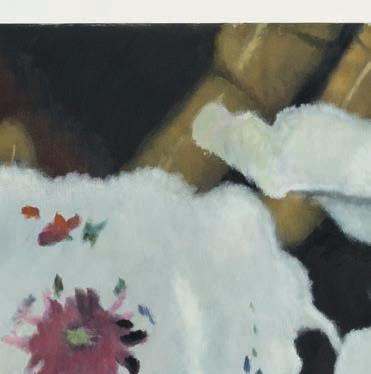

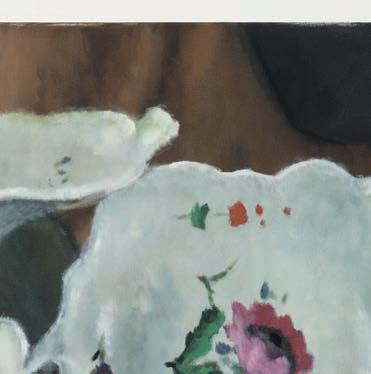



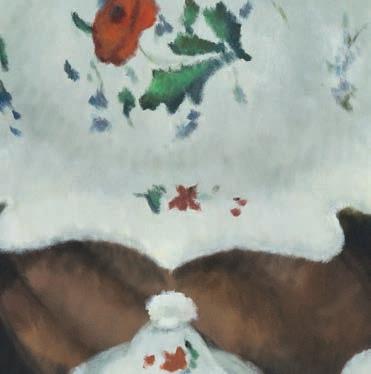




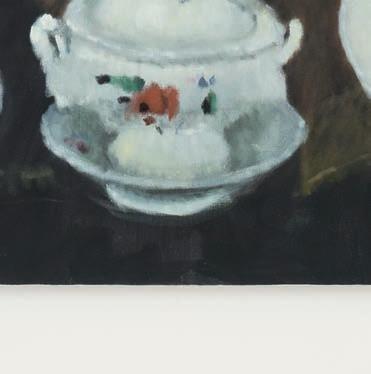









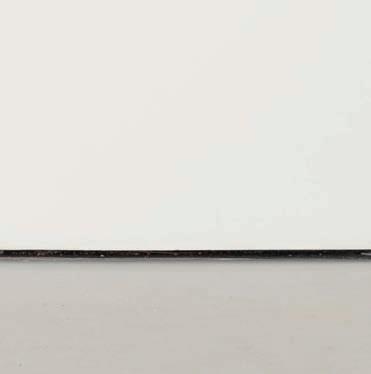
Issy Wood’s first exhibition in Korea is on view during Frieze Week Seoul. The way the London-based artist, musician and writer imbues the mundane and unloved with a sinister sensuality parallels recalibrations of Korean identity, argues Hiji Nam.
프리즈 위크 서울 기간 중 이시 우드 (IssyWood) 의 한국 첫 개인전이 개최된다. 런던을 기반으로 활동하는 아티스트, 뮤지션, 필자인 이시 우드는 평범하고 사랑받지 못하는 것에 기이한 관능미를 불어 넣는다. 남희지는 이것이 한국인의 정체성을 재조명하는 것과 유사하다고 말한다.
Issy Wood’s pictures flatten totems and trash onto the same plane, indexing the shifting lives of objects that have been worn in and burnished by the hands of time, attachment, love and loss. Often sourced from iPhone screenshots of pop culture as well as family heirlooms and self-portraits, her paintings are frequently interspersed with overlaid motifs such as the silver dials of vintage clocks (Study for I’m late, I’m late; Or so I’ve heard and Vanessa hates Easter [all 2022]) or whimsically out-of-scale vegetables (as in the cabbage tea set in a recent work, or the asparagus punctuating the composition of a fur-trimmed coat in Study for outdoor dining [2023]). Wood’s subject matter consistently and obliquely denotes the realm of a lightly damaged girldom, like a Pinterest board on ketamine—lockets and high heels, half-eaten chocolate bunnies, pie crusts, kittens, birds and blouses, and the interior of a Tesla that within this constellation feels more like a quiet glimpse inside a woman’s handbag than a macho engine rev.
ese contemporary still lives are infused with the hallucinatory tone of American gothic and captured in the artist’s signature approach of grayscale assemblage. Like post-impressionist Walter Sickert (1860–1942), who was instrumental in liberating modern British art from the constrictions of Victorian
subject matter and who often sourced imagery from news clippings, celebrity culture, cosmopolitan ennui and domestic intrigue, Wood’s pictures borrow from the blurred space between outside and inside, online and IRL. ey can also be read as accumulations or extensions of her diary entries, which she publishes online: “I’m in my car heading south to bring a coat to a specialist dry cleaner when a bizarre panic about crossing the river takes hold,” Wood writes in one. “In the end I clutch my dirty coat and loop home feeling wasteful, like I failed the errand. I think to make good on leaving the house by collecting *something*, so I buy extra slim cigarette filters and more bananas than anybody could ever need at a corner shop. A boy behind me in line says ‘hurry up, bitch’ and I feel a swell of pride that my hair has grown long enough to be visibly female.” (One could perform a lengthy psychoanalytic interpretation on the themes of impotence, phallic envy and femininity-as-masquerade in this dreamlike diary entry alone.)
e small daily failures that inflect Wood’s words and pictures make the meandering nature of writing this piece— reaching towards one thing and pulling back from another—feel resonant with the subject. It was suggested I connect Wood’s practice with a contemporary Korean artist’s, to situate it in the context of my motherland and birthplace. But more
이시 우드(IssyWood)의 그림은 토템과 쓰
레기를 하나의 평면에 납작하게 배치하
여 시간, 애착, 사랑과 상실의 손길에 닳
고 닳은 사물의 변화무쌍한 삶을 조명한
다. 대중문화를 캡처하 아이폰 화면과 가
족의 가보, 자화상 등에서 영감을 얻는
그녀의 그림에는 빈티지 시계의 은색 다
이얼(〈Study for I’m late, I’m late; Or so I’ve heard〉, 〈Vanessa hates Easter〉 (모두 2022)
이나 기발하게 규모를 벗어난 채소(최
근 작품에 등장하는 양배추 차 세트나
〈Study for outdoor dining〉 (2023)에서 모피
코트의 구도를 강조하는 아스파라거스)
가 종종 겹쳐져 등장한다. 우드의 주제는
케타민과 하이힐, 반쯤 먹은 초콜릿 토끼,
파이 부스러기, 새끼 고양이, 새, 블라우스
를 담은 핀터레스트(Pinterest) 보드와 같
이 약간 손상된 소녀의 영역을 일관되고
비스듬하게 나타내며, 테슬라(Tesla) 차량
의 내부는 마초적인 엔진 회전수보다 여
성의 핸드백 속을 조용히 엿보는 것 같은
느낌을 안겨준다.
이 현대적 정물화에는 아메리칸 고
딕 양식의 환각적인 분위기가 스며들어
있으며, 이는 작가 특유의 그레이 스케
일 아상블라주 기법으로 표현된다. 빅토
리아 시대 주제의 제약으로부터 현대 영
국 미술을 해방시키는 데 중요한 역할을
했으며 뉴스 스크랩, 유명인 문화, 국제
적 권태감, 국내의 음모에서 이미지를 구
Opposite Issy Wood, It’s gonna taste great, 2022.
Courtesy: © Issy Wood, Carlos/Ishikawa, London, and Michael Werner Gallery, New York. Photograph: Damian Gri ths
한
후기 인상파 화가 월터 시커트(Walter Sickert(1860–1942))처럼, 우드의 사진은
외부와 내부, 온라인과 오프라인 사이의
모호한 공간에서 차용한 것이다. 또한 온
라인에 게시하는 일기와 같은 내용의 축 적 또는 확장으로 읽을 수도 있다. 작가는 한 글에서 이렇게 썼다. “강을 건너는 것 에 대한 기괴한 공황이 찾아왔을 때, 나 는 세탁소에 코트를 가져가려고 차를 타 고 남쪽으로 향하고 있었다. 결국 나는 심 부름을 실패한 것 같은 낭패감에 더러워 진 코트를 움켜쥐고 집으로 돌아간다. 집 을 나설 때 *무언가*를 챙겨야 한다는 생 각에 구멍가게에서 여분의 슬림 담배 필 터와 바나나를 더 많이 산다. 내 뒤에 줄 을 서 있던 남자아이가 서둘러, 이년아’라 고 말하는데, 내 머리가 눈에 띄게 여성으 로 보일 만큼 길어졌다는 자부심이 부풀 어 오르는 것을 느낀다.”(이 몽환적인 일 기만으로도 발기 부전, 남근적 질투, 가면 으로서의 여성성이 라는 주제에 대한 정 신분석적 해석을 할 수 있을 것이다.) 우드의 글과 그림에 영향을 주는 일상 의 작은 실패는 한 가지를 향해 다가갔다 가 다른 것으로부터 물러나는 작품의 구 불구불한 특성을 주제와 공명하는 느낌으 로 만들어 준다. 나는 이시 우드의 작업 을 동시대 한국 작가의 작업과 연결하여 내 조국이자 출생지인 한국이라는 맥락 에 놓아보자는 제안을 받았다. 하지만 우 드의 작업은 무엇보다 내 할머니가 사물 들과 맺었던 관계에 대해 생각하게 한다. 할머니는 때때로 빈 골판지 상자와 유통 기한이 지난 수십 년 묵은 화장품으로 귀 한 수납 공간을 채우면서도 액자에 담긴 가족 사진을 숨기며 어수선함을
than anything, her work makes me think about my grandmother’s relationship to objects—how she’ll sometimes inexplicably fill premium storage space with empty cardboard boxes and decades-old, expired makeup, while hiding away framed family photographs, complaining of clutter.






e value system she deploys in sorting objects from top to bottom drawer is one that often escapes me, but which I suspect is shadowed by her upbringing in 1940s Seoul. Back then the city was not the sleek cosmopolitan exporter of K-pop or luxury skincare, nor the site of art fairs like Frieze, but one that for many was closer to the third world than the first, where family inheritance was more likely to denote the transmission of memories of war and poverty than luxury goods or cultural capital. Wood’s pictures are being shown in a country that over the course of my lifetime (I was born the same year as Wood, in Seoul) has developed at a hyperaccelerated rate and rapidly transformed itself on the global stage. Nonetheless, the afterlives of war live on more quietly.
Just as the country’s evolution into an outpost of the global contemporary art market, culture and industry has disrupted and recalibrated the ways in which Korean subjectivity and history is read in the West, Wood’s process of artmaking reflects her negotiation with the matrix of symbols that comprise a person’s sense of self, and how these markers of sel ood are refracted from subject to object and back again. If the boundary between hoarding and collecting is one of value, categorization and historical specificity, the objects in these pictures toe the line between both. Certain works suggest cherished items loaded with ambivalent associations, as in what might be the family china in It’s gonna taste great (2022)—Wood has spoken of her grandmother as a woman “whose taste I hate but I want to take seriously”. Others, such as Louie pizza still life (2023), suggest goods captured immediately before they become refuse. Whether we choose to forget or rescue certain objects or moments from the rubbish bin of our unconscious, Wood seems to suggest that we have less control than we’d like to think, and that they are destined to reappear, transmuted and translated, in our dreams.
치 체계가 종종 나를 당황하게 하지만, 그 건 아마 1940년대 서울에서 자란 영향인 것 같다. 당시 서울은 케이팝이나 럭셔리 스킨케어를 수출하는 세련된 곳도, 프 리 즈와 같은 아트페어가 열리는 곳도 아니 었고, 많은 사람들에게는 명품이나 문화 자본보다 전쟁과 가난의 기억이 대물림되 는 제3세계에 더 가까운 도시였다. 우드 의 작품은 내 평생에 걸쳐(나는 우드와 같 은 해에 서울에서 태어났다) 초고속으로 발전하고 세계 무대에서 빠르게 변모한 한국에서 전시되고 있다. 그러함에도 불 구하고, 전쟁의 후유증은 더욱 조용히 지 속되고 있다.
한국이 세계 현대 미술 시장과 문화 산업의 전초기지로 진화하면서 기존에 서
구에서 한국의 주체성과 역사를 해석하


던 방식은 혼란에 빠지고 그 결과로 왜곡
되었던 부분들이 재조정 되고 있다. 이와
유사하게 이시 우드의 창작 과정에는 개
인의 자아를 구성하는 상징의 매트릭스
와 타협하는 방식, 자아의 표식이 주체에 서 대상으로, 그리고 다시 대상으로 굴절
되는 방식이 반영되어 있다. 사재기와 컬
렉팅의 경계가 가치, 범주화, 역사적 특수
성 중 하나라면, 이 사진 속 사물들은 그
둘 사이의 경계를 넘나든다. 우드가 할머
니를 “취향은 싫지만 진지하게 받아들이
고 싶은” 여성으로 표현한 작품 〈It’s gonna taste great〉(2022)의 가계도처럼 양가적인
연상이 담긴 소중한 물건이 등장하는 작
품도 있다. 〈Louie pizza still life〉(2023)와
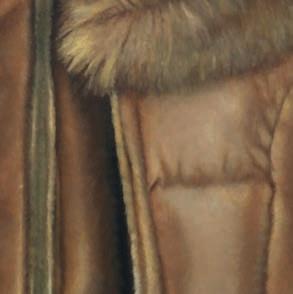

같은 다른 작품에서는 쓰레기가 되기 직
전에 포착한 상품을 제시하기도 한다. 우
리가 무의식의 쓰레기통에서 특정 사물이
나 순간을 망각하든 구해내 든, 우드는 우
리가 통제할 수 있는 것이 생각보다 적고, 그것은 꿈속에서 다시 나타나고 변형, 해
석될 운명임을 암시하는 듯 하다.

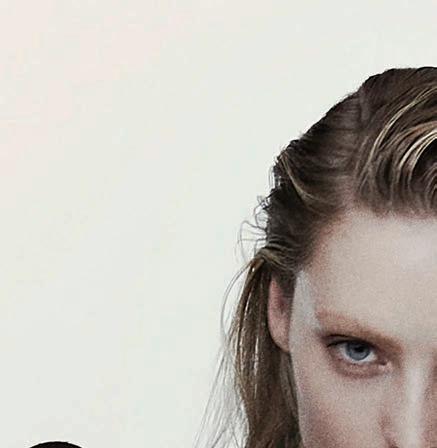
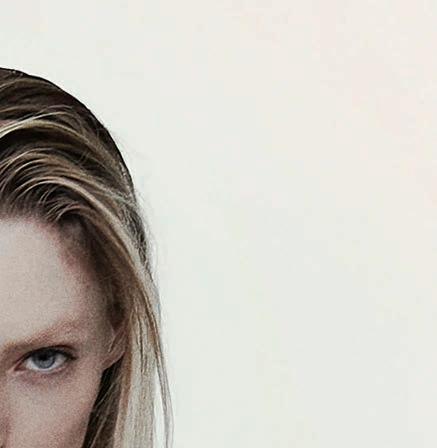





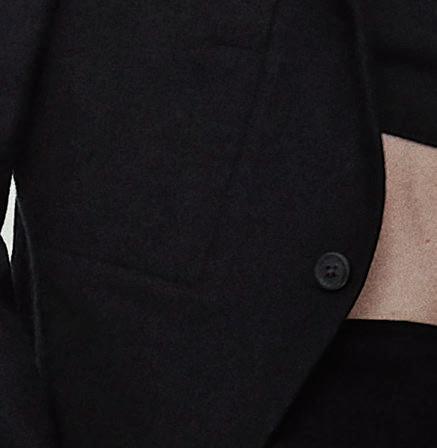































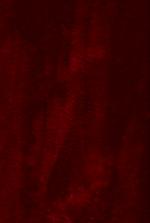







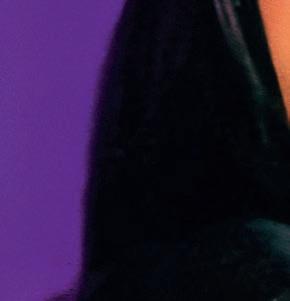
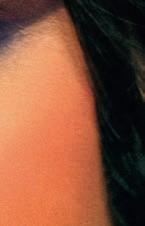


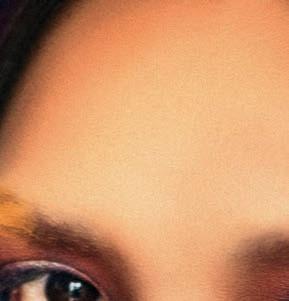








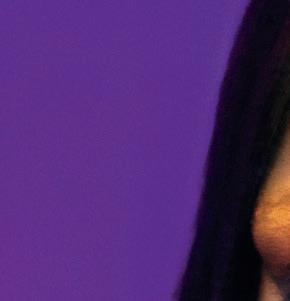
8.9.2023 – 5.2.2024






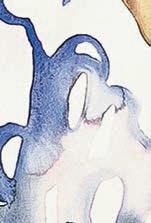

























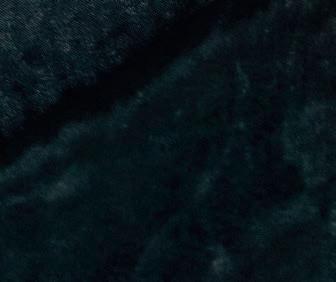












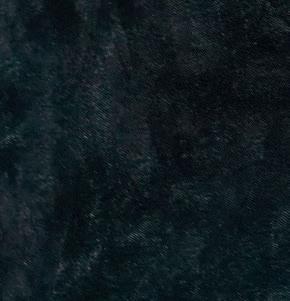



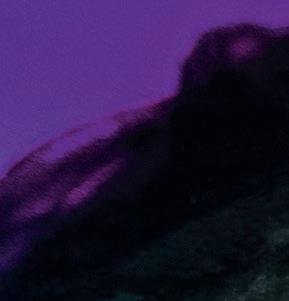



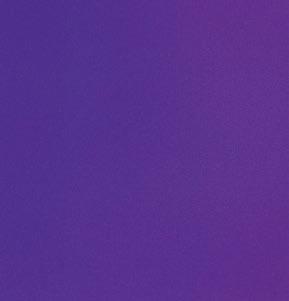









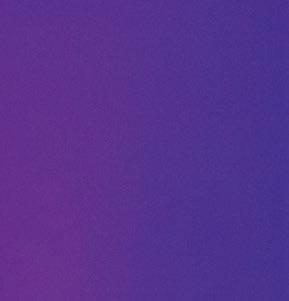
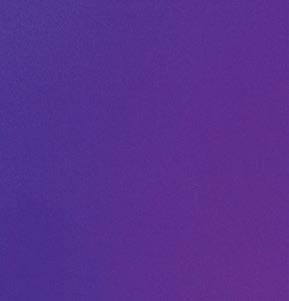


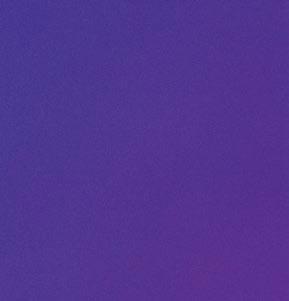 © La Chola
Poblete,
Photo: Tomas Wurschmidt
© La Chola
Poblete,
Photo: Tomas Wurschmidt
Emerging artists and galleries from across the continent come together in the fair’s Focus Asia section. Reena Devi previews a selection of relevant and resonant presentations.
Above Rondi Park, And I Need
You More an I Want
You , 2021, installation view, White Noise. Courtesy: the artist and White Noise.







e second edition of Frieze Seoul returns with the popular Focus Asia section, curated once again by Hyejung Jang, Chief Curator, DOOSAN Gallery, along with Joselina Cruz, Director and Curator at the Museum of Contemporary Art and Design (MCAD), De La Salle-College of Saint Benilde, Manila. Ten galleries in operation since 2011, which have already made a name for themselves regionally, will stage solo presentations by significant artists from across Asia and beyond. is year will di er from the previous edition, with an increased installation element. “I hope that visitors will take the entire section as a single exhibition,” says Jang, “looking closely at individual works but also experiencing the energy that it exudes as a whole. I’d also hope that visitors discover
artists they can keep an eye out for in the future.”
One of four participating Seoul-based galleries, Cylinder—who launched a second space in the city earlier this year in May —makes its Frieze Seoul debut with new works by millennial Korean artist Sinae Yoo, titled “Post Truth”. e series explores the complexities of truth and falsehood, questioning the nature of reality and the role of subjectivity in shaping our understanding of the world. e highlight of the presentation is an altarpiece reminiscent of a lifesized old master painting in its aesthetic. Yet the painting presents a post-apocalyptic scene filled with angelic creatures akin to futuristic cyborgs. Cylinder’s founder Ro Dooyong explains that while the frame appears to be a studious copy of classic
제2회를 맞이하는 프리즈 서울은 두산갤
러리 장혜정 수석 큐레이터와 마닐라 De LaSalle-CollegeofSaintBenilde 현대미술
디자인 박물관(MCAD)의 디렉터 겸 큐레
이터인 호셀리나 크루즈(JoselinaCruz)가 기획한 포커스 아시아를 다시 한 번 선보
인다. 2011년부터 운영되어 각자의 지역에 서 명성을 쌓은 10개 갤러리가 아시아를
비롯한 전 세계의 주요 아티스트들의 개인
전을 선보일 예정이다. 올해는 설치 미술
이 늘어난 것이 이전과 달리 돋보인다. 장 혜정 큐레이터는 “관람객들이 개별 작품을
자세히 살펴보면서 전체 섹션을 하나의 전
시로 받아들이고, 작품이 뿜어내는 에너지
를 함께 경험하길 바랍니다.”라고 전하며 “
앞으로 주목할 만한 작가를 발견 하는 계
기가 되길 바랍니다.”고 덧붙였다.
지난 5월 서울에 두번째 공간을 오픈 한 실린더(Cylinder)는 서울에 기반을 두
고 있는 4개의 참여 갤러리 중 하나로, 한 국의 밀레니얼 세대 작가인 유시내의 신 작 <탈진실(PostTruth)>를 통해 프리즈 서울에 데뷔한다. 이 시리즈는 진실과 거 짓의 복잡성을 탐구하며 현실의 본질과 세계에 대한 이해를 형성하는 주관의 역 할에 대해 의문을 제기한다. 이번 프레젠 테이션의 하이라이트는 실물 크기의 오 래된 명화를 연상시키는 제단화이다. 하 지만 이 작품은 미래형 사이보그와 유사 한 천사들로 가득 찬 종말론적인 장면을 보여준다. 실린더(Cylinder)의 설립자 노 두용은 이 프레임이 고전 종교 미술을 모 사한 것처럼 보이지만, 유 작가의 재해석 은 초디지털화된 사회의 세속적인 순간 과 성스러운 순간을 모두 포착한다고 설 명했다. 이번 페어에 처음 참가하는 또 다른 국내 갤러리 화이트노이즈(WhiteNoise)
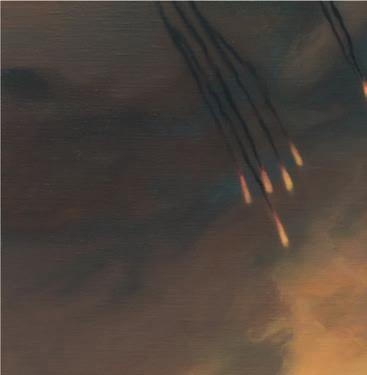










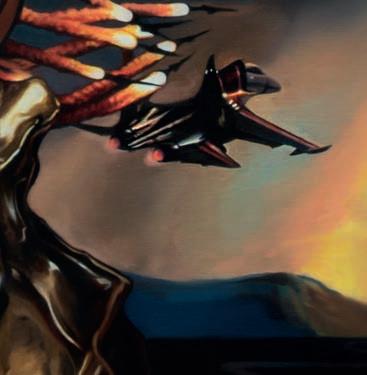


religious art, Yoo’s reinterpretation captures both secular and sacred moments in our hyperdigitalized society.
White Noise, another local gallery also participating at the fair for the first time, is presenting Korean artist Rondi Park, dubbed by e New York Times earlier this year as an “astonishingly talented” artist. Her vividly colourful, almost cartoon-like works are known for their witty, sarcastic, yet romantic, perspectives on the e ects of capitalism on our daily lives. Cho Jungmin, director of the gallery, compares the sensibility behind Park’s works as being similar to “all of our childhoods when we craved for sincere friends and were honest with our desires”.
Dubai’s Lawrie Shabibi’s inaugural showcase at Frieze Seoul features a solo presentation of marble inlay works by Kuwait-born, Lahore-based artist Hamra Abbas, handmade in collaboration with local craftsmen whose techniques date back to the Mogul era. e highlight of the booth will be a large-scale triptych made entirely out of grayscale marble depicting the iconic form of K2, the world’s second-highest peak after Everest, located in Pakistan. “Captured by countless photographers, this archetypal image of white snow, rock formations and perfect blue skies has become a symbol for the quest of perfection and truth,” says Asmaa Al-Shabibi, the gallery’s director. Al-Shabibi hopes that Abbas will be a great discovery for collectors and institutions in South Korea and Asia.
Singapore’s Yeo Workshop is returning for its second Focus Asia, showcasing young Singaporean artist Priyageetha Dia. Known for her distinctive voice exploring the international artistic landscape of
histories, labour,feminism and technology, Dia exhibited at the Singapore Art Museum this year. Building on her exploration of the histories of plantations in Malaya under British colonial rule, Dia’s multimedia installation at the museum primarily comprised a video work with intensely visceral visuals of burning forests within an enclosed meditative space.
e gallery’s founder, Audrey Yeo says, “ is year, our mission remains to showcase another important artist from this new generation of Singaporeans, and create meaningful conversations with international audiences.”
e artists presented at Frieze Seoul 2023’s Focus Asia platform are taking on timely and relevant themes that resonate globally. “Rather than referring to [the section’s] characteristics as Asian culture in general,” says Jang, “I think it is more appropriate to see them as a shared thematic consciousness within the generations of participating galleries and artists, and the themes are uniquely expressed based on their local culture and the individuality of the artists.”
Above Hamra Abbas, Mountain 3, 2022. Courtesy: the artist and Lawrie Shabibi.




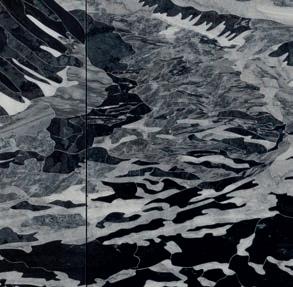
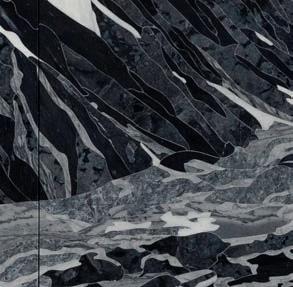


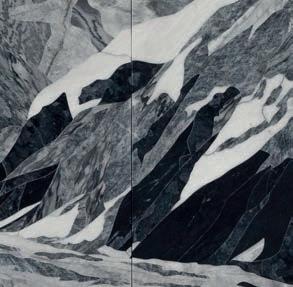








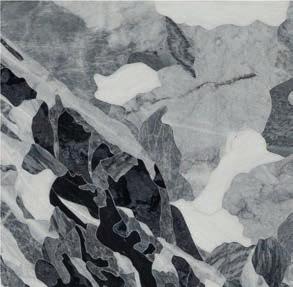
Photograph: Ismail Noor
Opposite Sinae Yoo, Penpal , 2023. Courtesy: the artist and Cylinder


는 올해 초 뉴욕타임스가 '놀랍도록 재능
있는 작가’라고 극찬한 한국 작가 박론디
의 작품을 선보인다. 박론디는 만화처럼
생생하고 화려한 색감의 작품으로 자본주
의가 우리 일상에 미치는 영향에 대해 재 치있고 냉소적이면서도 낭만적인 시각으
로 표현하는 것으로 알려져 있다. 화이트
노이즈의 조정민 디렉터는 박 작가의 작
품에 담긴 감성을 “진실한 친구를 갈망하
고 욕망에 솔직했던 우리 모두의 어린 시
절과 비슷하다”고 평한다.
두바이 출전 갤러리 로리 샤비비 (LawrieShabibi)의 이번 프리즈 서울 첫
쇼케이스에서는 쿠웨이트 태생으로 라
호르에서 활동하는 작가 함라 압바스 (HamraAbbas)가 모굴(Mogul) 시대의 기
술을 가진 현지 장인들과 협업해 수작업 으로 제작한 대리석 인레이 작품을 개인
전을 통해 선보인다. 이 부스의 하이라이
트는 파키스탄에 위치한 세계에서 두 번
째로 높은 봉우리인 K2의 상징적인 형태
를 담고있는 회색 대리석으로 만든 대규
모 3부작이다. 갤러리 디렉터 아스마 알 샤비비(AsmaaAl-Shabibi)는 “수많은 사진
작가가 촬영한 하얀 눈, 바위의 형상, 완 벽한 푸른 하늘의 전형적인 이미지는 완 벽과 진리를 추구하는 상징이 되었습니
다.”라고 말한다. 알 샤비비는 압바스가
이번 포커스 아시아를 계기로 한국과 아
시아의 컬렉터와 예술기관에 중요한 작가
의 발견이 되기를 희망한다.
싱가포르의 여 워크샵(Yeo Workshop)
은 작년에 이어 두 번째로 포커스 아시
아에 참여하여 싱가포르의 젊은 작가 프
리야기타 디아(PriyageethaDia)를 소개한
다. 역사, 노동, 페미니즘, 기술 등 국제적
인 예술적 지형을 탐구하고 이를 작품을
통해 소통하는 독특한 목소리로 잘 알려
진 디아는 올해 싱가포르 미술관에서
품은 주로 밀폐된 명상 공간에서 불타는 숲의 강렬한 비주얼을 담은 비디오 작품 으로 구성된다.
갤러리의 설립자 오드리 여(Audrey Yeo)는 “올해도 싱가포르의 새로운 세대 를 대표하는 또 한 명의 중요한 작가를 소 개하고, 전 세계 관객들과 의미 있는 대 화를 나누는 것이 우리의 사명입니다.”라 고 말한다.
프리즈 서울 2023의 포커스 아시아 플 랫폼에서 소개되는 작가들은 전 세계적으 로 공감을 불러일으킬 수 있는 시의적절 한 주제를 다루고 있다. 장혜정 큐레이터 는 “이 섹션의 특징을 아시아 문화의 전반 이라고 표현하기보다는 참여 갤러리와 작 가 세대가 공유하는 주제의식이라고 보는 것이 더 적절하다고 생각한다”며 “각자의 지역 문화와 작가의 개성을 바탕으로 탐 색한 주제를 독자적으로 표현하고 있다” 고 말했다.
www.frieze.com에서 확인하세요.



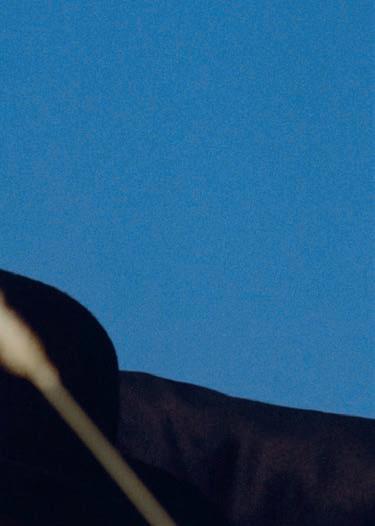





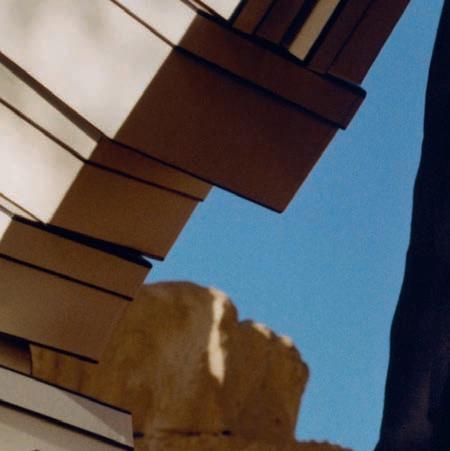
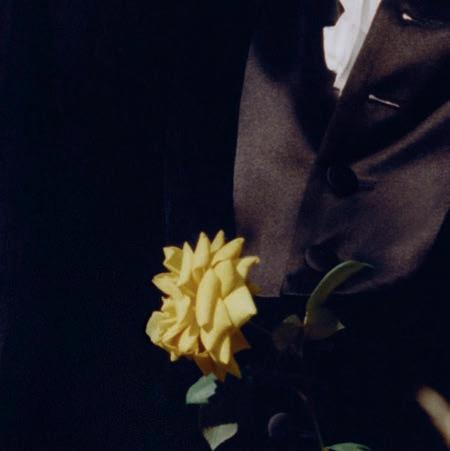

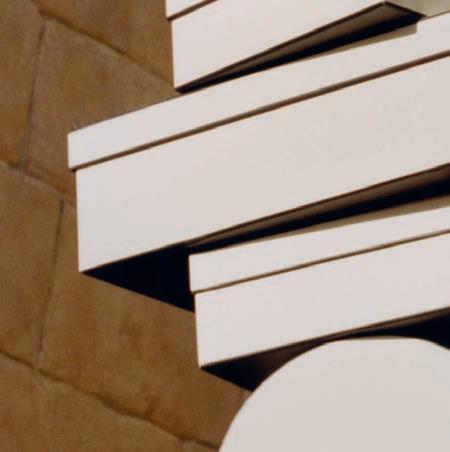


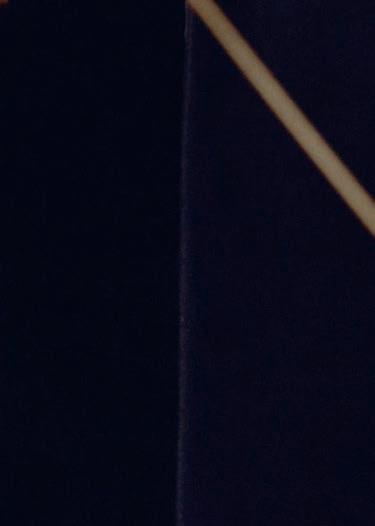






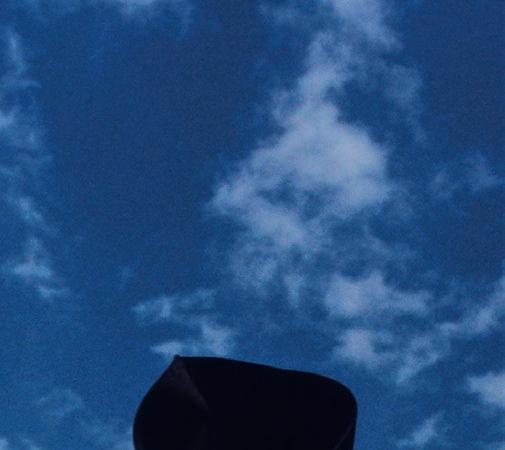





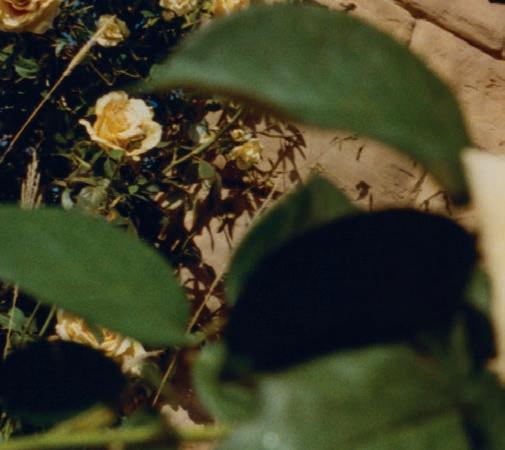








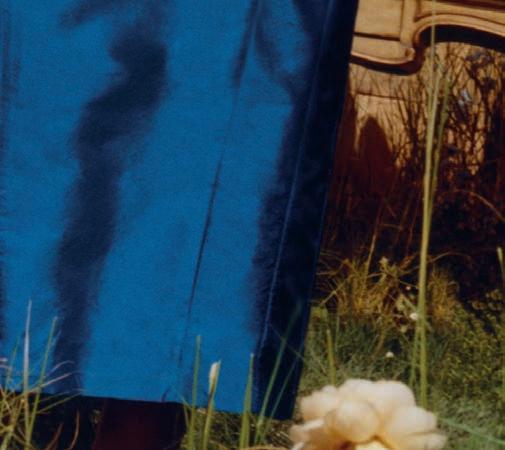
By transforming fabric and considering the ageing body, the work of the winner of the new Frieze Seoul Artist Award is all about states of change. Hyunjin Kim explores her multiple metamorphoses.
Fabric is a familiar material to the artist Woo Hannah. It has given rise to irrepressible stories of chaotic and campy creatures. It has created a space where her myriad emotions combat one another. is space has also been generous, where desires and mutant imaginaries have relentlessly thrived. In lieu of traditional or organic materials, Woo uses synthetic fibres that are either shiny, gooey, bouncy, electronic and psychedelic, or thin, crunchy and plastic. e common misconception is that fibres are fragile and easily break apart, yet synthetic fibres are durable and tenacious to the extent that their resistance to decomposition has become environmentally problematic. It is for this reason that synthetic fibres are excellent artistic materials. ey are also endlessly diverse, with a spectrum of hues, textures and patterns.
Woo’s e Great Ballroom (2023), which will feature in Frieze Seoul, is a large-scale installation in which gigantic draperies are left hanging from the eight-metre-high ceiling of the exhibition hall. An expansion of her existing series “Milk and Honey”, the work demonstrates Woo’s conception of ageing as a dynamic and resplendent transformation of bodies. With the force of gravity, the fabric sags into manifold creases that form a U-shape; to the artist, it is at once a bat and a woman’s breast. Glistening beads are visible, but these details of handicraft and labour-intensive sewing are overshadowed by the exaggerated and overwhelming materiality of the fabric’s folds. Bats are symbols of night, darkness and viruses; what follows these associations are breasts as the epitome of femininity, their shadows deepening with the passage of time. eir wrinkles are powerful, however, creating a liberatory space that suggests both the process of ageing and the spreading of wings, blurring the line between
the two. e deeply folded breasts thus become wings, unfurling as if making a declaration, turning the installation into a bold celebration of female bodies caught in the temporality of age.
It was not the idea of female labour or feminist art—implied in the needlework—that led Woo to choose fabric as her primary artistic material. It was childhood memories of intimacy, or the familiar tactility and comfort of stu ed dolls that she used to have as a child. However, a certain feminist standpoint has entered her work in the last two or three years as the artist has witnessed the precarity of female bodies declining with time, laden with the deeply rooted misogyny of South Korea. In Swinging (2018), an installation with swing music (composed and arranged by Park Daham) as its backdrop, skull- and face-shaped trinkets are woven with pieces of fabric on the top of mops and sticks. What emerges is a clamorous cluster of protesters who, despite their emaciated bodies and o -kilter spines are filled with emotions: anger, hysteria, madness, articulation, assertion, enthusiasm, joy and a campness that is at once weighted, spooky and full of life. is enchanting world of heterologous, surreal and terrifying stories arises from anime, webtoon, anti-hero fiction, sci-fi and other minority spaces of mass culture that the artist was exposed to in her youth.
Above all, Woo’s formless sculptures propagate and evolve into “oddkins”—soft and bizarre, repugnant yet gorgeous, endearing but never obedient—that traverse the boundaries between humans, non-human beings and things. In the exhibition “Feather” (Cylinder, 2022, Seoul), for instance, what took centre stage was a painting of a heroine or character from extra-terrestrial mythical imagination, caught in blazing flames. Surrounding the heroine in the work are gaseous yet
패브릭은 작가 우한나에게 언제나 익숙
한 재료이자, 혼란스럽고도 캠피한 생명 체(chaoticandcampycreatures)의 자유로
운(irrepressible) 이야기를 소생시키는 재 료이다. 작가 스스로의 다양한 감정이 분
투하는 공간이기도 하고 자신의 욕망과
별종적 상상을 끊임없이 표명하게 하는
너그러운 공간이기도 하다. 우한나는 전
통적이거나 오거닉한 소재가 아닌 대부
분 합성 섬유를 사용한다. 특히 반짝이고
미끈하고 탱탱하고 전자적인 사이키델릭
소재와 얇고 바스락거리는 플라스틱 같
은 질감 등이 주로 선택된다. 대체로 천
재료에 대한 편견은 약하거나 파손될 수
있다는 것이지만, 사실상 합성 소재는 매
우 질기고 -너무 썩지 않아 오늘날 환경문
제의 일부이기도 할 만큼- 지속성이 강하
여 미술 작품의 재료가 되기에 부족함이
없을 뿐 아니라 수많은 색, 질감, 패턴의 선택을 가능하게 하는 셀 수 없는 다양함, 그 자체이기도 하다.
이번 프리즈 서울(2023)에 설치될
〈 e Great Ballroom〉(2023)은 거대한 천
들을 8m 길이의 홀 천장에 걸어 늘어뜨
리는 거대한 설치 작업이다. 〈젖과 꿀〉시
리즈에서 발전한 이 설치로, 노화를 신체
의 역동성과 찬란한 변화로 개념화하여
접근하고 있다. 무거운 천은 당연히 중력
을 받아 곳곳에서 주름잡힌 U자형으로
쳐지는데 이 모양은 우한나에게 여성의
가슴 이미지와 박쥐가 중첩되는 영역이
다. 이 작업은 반짝이는 비즈를 달고 있지
만 노동 집약적인 봉제작업으로부터 얻
을 수 있는 수공예적 디테일보다 천의 늘
어지고 주름지는 압도적인 물성이 과장
되고 압도적인 상태로 등장하는 도전적
인 설치라 할 수 있다. 밤과 어둠, 오늘날 바이러스로 상징되는 조류 동물 박쥐 이
미지는 여성성의 집약체인 여성 유방의
흉측하고 그늘진 시간으로 우리의 인식
을 안내한다. 그러나 다시 천의 강력한 주
름이라는 요소를 통해 우리는 노화와 날
개 펼침 사이를 공명하며 그 안에 드리워
진 해방적 출구를 가늠하게 된다.
Opposite Woo Hannah in her studio in Seoul, June 2023.
Photography Hasisi Park
라는 시간 속에 있는 여성 신체들을 위한 직설적이며 과감하고 해방적인 축하연 (celebration)이다.
작가가 애초에 바느질 수공과 관련되 는 여성 노동과 여성주의 미술의 함의를 강력히 인식하며 천을 집어 든 것은 아 니었다. 시작은 오히려 자신이 어릴 적부 터 가지고 놀던 봉제인형의 촉감이나 안 락함에서 오는 천 재료에 대한 친밀감으 로 인한 것이었다. 그러나, 여성으로 뿌 리깊은 여성 혐오의 한국 사회를 목격하 고, 시간과 더불어 쇠락하는 여성 신체의 위태로운 조건들에 대한 인식이 또한 커 지면서 작업 내부에 여성주의적 관점이 최근 2-3년 사이 보다 적극 개입하기 시 작한다. 스윙 음악(박다함 작편곡)을 배 경으로 설치한 작업, 〈SWINGING〉(2018) 은 대걸레와 막대기를 이용하여 그 위에 천과 해골이나 얼굴 모양의 다양한 부속 을 걸거나 엮어 마치 아우성 가득한 시위 대처럼 포진시키는데, 기울어진 뼈대들 은 앙상하지만 분노, 히스테리, 광기, 발 언, 선언, 열광, 희열, 이 모든 감정이 역 동적으로 공존한다. 가끔 무겁고 으스스 하지만 대체로 활기찬 캠프적 표방인 되 는 작업 양상은 작가가 성장기와 청년기 에 접한 애니메이션, 웹툰, 안티히어로물, Sci-fi 같은 대중문화 내부의 소수자적 상 상력, 그러한 이미지들이 보여주는 이종 교차성이나 초현실성, 무시무시한 스토리 들의 매혹적(enchanting) 세계 등을 관통 하고 있다.
무엇보다 흥미로운 것은 최근의 우한 나의 비정형적 조각 오브제들이 인간과 비인간, 사물간의 관계를 넘나들며 부드 럽지만 기괴하고 징그럽지만 동시에 화 려하고 사랑스럽지만 절대 고분고분하 지만은 않은 이상한 친족들(oddkin)(도 나 해러웨이)처럼 증식하고 진화하고 있 다는 점이다. 《Feather》(Cylinder, 2022, Seoul)년의 전시에는 여성 영웅의 신체가 활활 타오르는 외계 신화적 상상의 캐릭 처처럼 등장한다. 주변에는 기체이자 액 체 같고, 촉수적인 오브제들이 등장하는





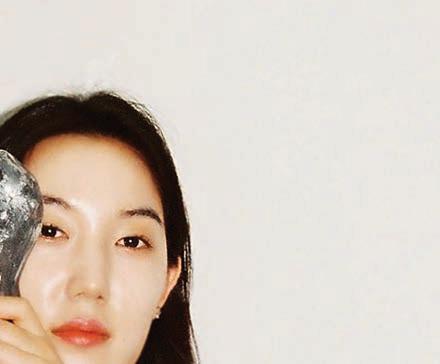







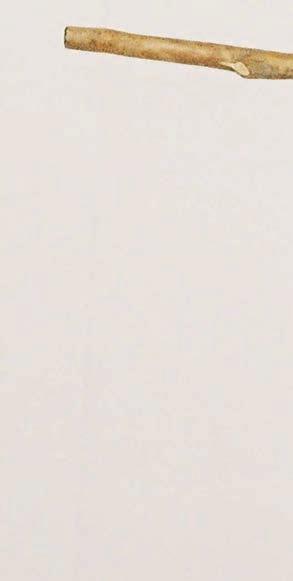






fluid objects that are various reinterpretations of her body. Flamboyantly embellished with beads and embroideries, their forms are abstract while suggesting butterflies, tumbleweeds, organs, divided cells or mutants with protruding tentacular structures. On the other hand, the objects in Woo’s installation Bag with You_Take Your Shape (2022) at SeMA Buk Seoul Museum are wearable sculptures in the form of decorative renditions of genitalia and organs typically hidden beneath the flesh. When worn, they become an extension of the human body; in other words, upon donning these objects the audience transforms into a human-thing or a mutant with organs attached to the surface of its skin. e artist regards them as totemic objects that hold wishes inside—often relating to the wearers’ bodies—that could be worn or carried around. On the other hand, the lumpy cysts each cradled in a woven net sag from, or grab on to, the ceiling. While grotesque, they do not surrender their loveliness. rough these choices Woo actively appropriates forms and colours that are stereotypically feminine. Nevertheless, in the exhibition “Tumbleweeds” (Art Space Boan 2, 2023, Seoul)—inspired by the plants that survive in the desert without roots by rolling around—the objects are feeble yet sturdy. Images of fiery flames and spikes abound, while the gigantic psychedelic flowers of blue, green and bloody purple encapsulate what could be called the futurist-primitivist and sci-fi process of “becoming-plant”.


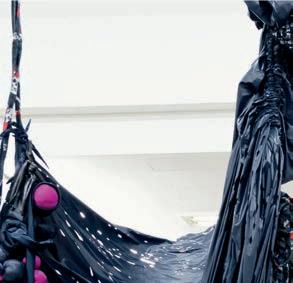

Many iterations of becoming take place in Woo’s work. One is her characteristic “becoming-animal” through images of beasts, mythical non-human creatures and internal organs. Another is “becomingstrata”, as seen in two-dimensional quilts that are mobile, including Mating Dance (2022) or the “Day” series (Uneasy Day, Punchdrunk Day, e Day, 2022).
e quilted plane becomes a field where forces come together in contest. Cutting, rupturing, junctioning, invaginating, leaping and moving, they form geological strata of deterritorialized lines of flight.
ese strata are layers of fabric that resemble divided cells, “the body without organs” (à la Deleuze and Guattari), or organs without the body, slicing lines and parts while grabbing and stretching them as they propagate and entangle.
e severed lines start fusing with the lumps even as they move away from each other, ultimately getting sewn into a singular mass: a wriggling organ or an alien with tentacles.
Considering that this iterative cycle of imagining, handling fabric and sewing is done by the artist as a human, it might be argued that Woo practices the process of “involution”, that is, becoming nonhuman: organ fragments, cysts, slices of flesh, animals, plants or fictitious mythical creatures. According to the artist, this process is equivalent to her pursuit of “accumulated and bulging mass,” which materializes within a mutually anomalous cycle of becoming-women—becominganimal—becoming-minority—becomingmutants. It is a cycle that brings soft touches and feminine expressions back into untameable tentacles and thorns, and back again. What is it that we face after


this cyclical vortex that cuts and tears, destroys and attacks, pierces through a particular discord? It is the “plurality of crumbs” of which Woo Hannah speaks—that is, the movement of escaping lines and rhythms, and the fantastical stories of mutants and variant bodies whose ambitions compose the rhymes of vitality.
화려한 디테일을 더해진 나비, 회전초, 장 기, 세포분열을 연상시키는 추상적 모습
을 띄는데 대부분 촉수같은 것을 드러내
며 진화한 변종 형태들이다. 북서울 시립
미술관(SeMABukSeoulMuseum)에 설치
되었던 〈Bag with you_Take Your Shape〉


(2022) 작업에 등장하는 오브제들은 몸
속에 숨겨져 있기 마련인 신체의 장기, 생
식기를 매력적으로 외부 장식물화한 웨 어러블 조각들이다. 착용을 통해 사람의
몸에 부착되면 신체는 새로이 연장된다.
즉, 관람객이 이 오브제를 착장하면 사람-
사물 혹은 장기가 밖에 부착된 변종으로
변화한다. 작가는 이것들이 자신의 몸에
대한 어떤 기원이나 바람을 투영한다는
차원에서 종종 몸에 지닐 수 있는 토템적
사물들로 여기기도 한다. 천으로 엮은 그
물 안에 담겨 천장에 매달린 혹 덩어리
설치들은 그로테스크하지만 모종의 사랑
스러움을 포기하지 않는다. 사실 작가는
여성 전형성으로 폄하될 수 있을 색이나
페미닌한 표현들을 적극적으로 전유하고
향유하고 있기도 하다. 그러나 최근 사막
에서 굴러다니며 뿌리없이 생존하는 회
전초에서 영감을 받은 《Tumbleweeds》(아
트스페이스 보안2, 2023, 서울)전에는 앙
상하지만 강인한 회전초에 화르륵 화염
같이 불타고 뾰족뾰족한 심상을 포개기
도 하고, 블루와 그린, 피빛 퍼플같은 색
의 거대한 사이키덱릭 꽃들로 미래-원시
성의 sci-fi적 상상을 자극하는 흥미로운


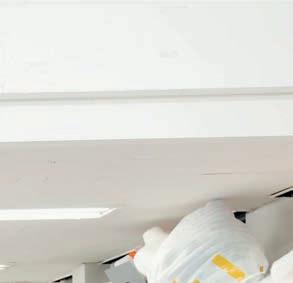
식물되기의 시도하고 있다.
나아가 우리는 우한나의 작업에서 동
물, 비인간 신화적 생명체, 내부 장기들을
함의하거나 이미지화하는 작업들에서는
특유의 동물되기의 모드를, 그리고 마지
합, 함입(invagination), 도약, 이동의 생생 하고 다양한 경합의 리듬을 보여주는 추 상적 퀼팅 평면 등에서는 탈영토화된 도 주선들이 경합하며 지층을 이루어 나간 다. 우한나의 패브릭 조각들은 대체로 마 치 세포 분열이나 기관없는 신체(들뢰즈), 신체없는 기관의 모습을 띈다. 어떤 선과 부분을 끊고 또 어떤 선을 붙잡거나 늘이 고 증식하고 동시에 뒤엉킨다. 절단된 선 과 덩어리들은 결합하지만 도주하는 바 늘 운동 혹은 재봉질을 통해 하나의 꿈틀 대는 살벌한 장기 덩어리거나 촉수가 달 린 에이리언처럼 탄생한다. 상상하고 천 을 만지고 봉제로 이어지는 작업 과정은 작가 스스로가 인간이라는 상태에서 비 인간인 장기의 일부, 혹, 고깃덩어리, 동 물, 식물, 혹은 가공의 신화적 생명체로의 ‘되기’를 실행하는 엮임(involution)의 과정 이다. 작가가 말하는 축적되고 불룩한 덩 어리(accumulatingandbulgingmass)’에 대한 추구는 모종의 여성되기 - 동물 되 기 – 소수자되기- 변종 되기 사이의 상호 변칙 순환 내에서 생성된다. 우한나의 부 드러운 촉감이나 여성적 표현에는 늘 촉 수와 가시 같은 길들일 수 없는 뾰족함 이 시각적으로 도사린다. 오브제의 몸체 에 수렴된 자르고 찢는 파열적 함의나 공 격적인 감정의 분출, 어떤 불화가 소용 돌이 치는 과정을 감고 넘어 마침내 우 리가 마주하는 것은 무엇인가. 바로 작가 가 말하는 ‘부스러기들의 다원성’(plurality ofcrumbs), 그 세계를 향해 탈주하는 선 들의 운동, 그리고 리듬, 그 운율의 생명 성을 닮은 야심 찬 변종과 별종 신체들의 매혹적인 이야기들이다.
Hyunjin Kim is a curator and writer. Her exhibitions include “Frequencies of Tradition” (2022) at KADIST, San Francisco. She lives in Seoul, Korea.
Woo Hannah’s commission for the Frieze Seoul Artist Award, e Great Ballroom, is on view at the fair. e commission is realized with the support of Bulgari.
막으로 〈Mating Dance〉 (2022), 데이 시
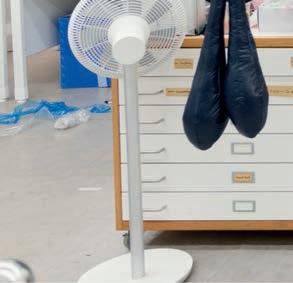
리즈 〈Uneasy Day〉, 〈Punch drunk Day〉,
〈 e Day〉 (2002) 같은 평면 퀼팅 작업
들에서는 특유의 운동성을 지닌 지층되
기 모드를 확인하게 된다. 절단, 파열, 접
김현진은 큐레이터이자 필자이다. 샌프란시스코 KADIST에서 열린 《송출된 과거, 유산의 극장(FrequenciesofTradition)》 등을 기획했으며, 서울에 거주하며 활동한다.
프리즈 서울 아티스트 어워드를 수상자인 우한나 작가의 커미션 작품 < e Great Ballroom>은 페어 현장에서 선보인다.
커미션 작업은 불가리의 지원으로 이뤄진다.









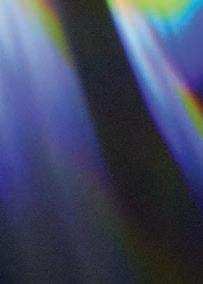





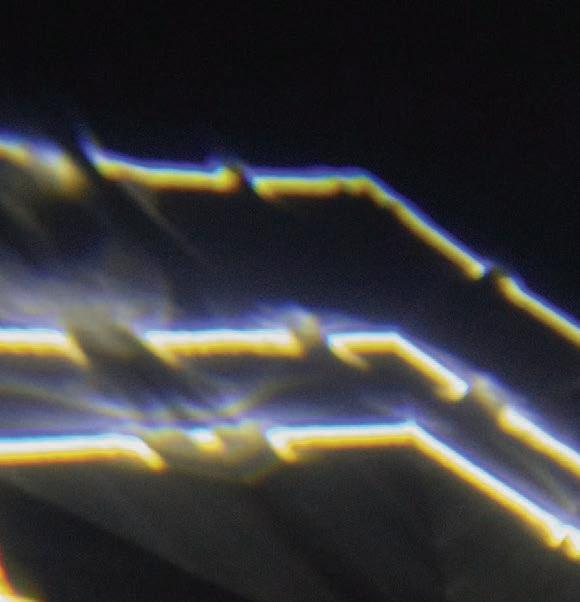
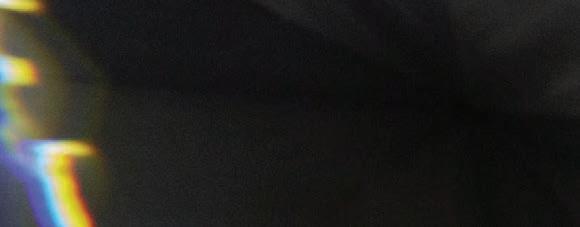






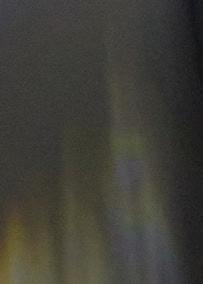



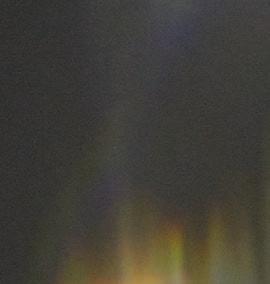














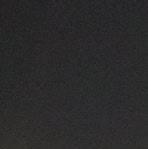












The expanded Frieze Film initiative activates at local non-profits during Frieze Seoul 2023. The program’s curators, Sungah Serena Choo and Kim Sung woo, discuss the evolution of the city’s independent art spaces.
How would you di erentiate the terms
“non-profit”, “not-for-profit” and “alternative” spaces in the context of Seoul?

SSC I would say that the concept of independent space began in the late 1990s. At that time, we saw the emergence of “alternative spaces” that looked to question the governance of public and private art museums and commercial galleries. However, these subsequently became part of the establishment, especially when their activities are compared with the approaches of the second and third generations of independent spaces.
In the early to mid-2010s, independent spaces under the banner of sinsaeng gonggan (“new spaces”) emerged that were run by artists and curatorial collectives. eir common ethos was to avoid relying on a funding system. In contrast to the first generation of spaces, their emergence and decline were reflected in the cycle of the rental contract period in Korea. Some of the independent spaces that emerged later look like non-profit or not-for-profit spaces, but they are a mixed bag, with some selling artwork to support themselves, and others running programs for hire. It seems to me that there are very few independent spaces that actually run their own programs with a clear agenda—and those that do really stand out.
KSW It can be said that the history of experimental spaces in Korea begins with “alternative spaces”. It all came about through Korea’s foreign-exchange crisis in the 1990s and the resulting slump in the



art market that led to a lack of opportunities for young artists to show their work. In this context, alternative spaces were launched that focused on the experiments and creations of young contemporary artists. Interestingly, the nature of these first-generation alternative spaces spanned two distinct categories: non-mainstream or non-institutional. And their shared primary goal was to strengthen the capability of artists to meet global standards.
How would you describe this scene in Seoul today compared to ten years ago?
SSC I think Seoul a decade ago was very much shaped by artists born in the 1980s, who were still considered to be young artists. In the early to mid-2010s, we saw an explosion of independent spaces and collectives that operated as both studios and exhibition spaces. Furthermore, the last decade has seen the rise of independent curators, as we have built a sense of camaraderie and collaboration with our contemporaries and begun to speak up for ourselves. rough time and persistence, young artists have established themselves over the past decade or so, and they are still shaping the art scene today. Without doubt, in the past ten years Seoul’s art ecosystem, which has been working more flexibly than those of other cities and states since the pandemic, has become more visible internationally.
And I think the biggest di erence of all is the increased opportunities for young artists—not least due to social media—to achieve recognition internationally.
서울에서 ‘비영리’와 ‘대안’ 공간은 어떤 맥
락에서 차이를 보이나요?
SSC 독립 공간의 개념은 90년대 후반부
터 본격적으로 자리잡기 시작했다고 볼
수 있습니다. 국공립과 사립미술관, 그리
고 상업화랑의 지배구조에 대한 문제의
식에서 시작된 대안 공간 은 물리적인 지
속 과 담론’에 주목하면서 빠르게 변화하
는 2세대, 3세대의 독립 공간들의 다양한
공간적 성격 사이에서 기성세대로 편입되
기도 했죠.
2010년대 초중반에는 현실적인 제약 조건들을 극복하기 위해 신진 작가와 기
획자 중심으로, 소위 신생공간’이라는 아
티스트 런 스페이스 혹은 기획자 콜렉티
브 스페이스의 형태인 독립공간들이 등장
했습니다. 이들의 공통된 기조는 기금 제
도에 의존하지 않는 창작과 공간 운영이 었습니다. 1세대 공간과 달리 이러한 공간 의 등장과 쇠퇴는 임대 계약 기간의 주기 와 맞물려 있었습니다. 이후에 등장하는 독립 공간은 겉으로 비영리 공간처럼 보 이지만, 자립적인 공간 운영을 위해 작품 판매 혹은 대관으로 프로그램이 일부 운 영되는 등 복합적인 성격의 독립공간들이 등장했습니다. KSW 한국 실험 공간의 역사는 “대안 공간”에서 시작되었다고 할 수 있습니다.
1990년대 한국의 외환위기와 그로 인한
미술 시장의 침체로 젊은 작가들이 자신
의 작품을 선보일 기회가 부족해지면서
생겨난 것이죠. 이러한 상황에서 젊은 현
대 미술가들의 실험과 창작에 초점을 맞
춘 대안 공간들이 생겨났습니다. 주지할
점은 1세대 대안 공간의 성격이 비주류
또는 비제도권이라는 두 가지 범주에 걸
쳐 있었다는 점입니다. 그리고 이들의 주
요 목표는 글로벌 기준에 부합하는 예술 가들의 역량을 강화하는 것이었죠. 10년 전과 비교했을 때 지금의 서울을 어떻게 설명할 수 있을까요? SSC 10년 전 서울은 당시 신진 작가였 던 80년대생 작가들이 지금의 미술 씬과 공간적 성격으로 이어지는 지형을 이뤘습 니다. 2010년대 초중반에는 작업실이자 전시장을 겸한 공간과 콜렉티브가 폭발 적으로 늘어났죠. 또한, 지난 10년간 동세 대 작가들과 함께 동료 의식을 쌓으며 협 업한 기획자들이자신의 창작 언어로 기획 자의 역할에 대한 목소리를 내기 시작하 면서 독립 기획자들의 입지가 강해졌습니 다. 이들의 노력이 지금의 미술계를 형성 하고 있습니다. 10년간 가시적으로 변한 것은 코로나 이후 다른 도시 국가들에 비 해 유연하게 작동하고 있던 서울의 미술 생태계가 국제적으로 눈에 띄게 성장했 다는 점입니다. 특히, 소셜 미디어를 통해 작가들이 국제적으로 소개될 수 있는 기 회가 확장되었다는 점이 가장 큰 변화라 고 생각합니다. KSW 다른 모든 분야와 마찬가지로 이 분야에서도 많은 변화가 있었죠. 많은 비 영리 공간이 사라졌고, 일부는 원래의 정 체성을 수정했으며, 또 다른 일부는 제도 화되었습니다. 그리고 2010년 이후 신생 공간’이라는 이름 아래 젊은 큐레이터, 예 술가, 디자이너 등이 함께 모여 운영하는 공간들이 생겨났지만, 지금은 많이 사라 졌습니다. 이는 마치 창작자들이 미술계 에서 생존하기 위해 스스로 만들어낸 운 동과도 같았습니다. 과거와 달리 오늘날 한국 미술계는 많은 주목을 받고 있고, 시 장도 커졌으며, 다양한 기회가 생겨나고 있습니다. 비영리가 추구하는
Above,
Photograph:
Above,
“Blue
KSW Much has changed with this as with everything else. ere are many non-profit spaces that have disappeared, and many have revised their identity, and some have been institutionalized. And, since 2010, a number of spaces opened under the name “new space” run by young curators, artists and designers, but have disappeared again now. It was like a movement created by practitioners to survive in the art world. Unlike before, today’s Korean art scene is receiving a lot of attention, the market has grown and various opportunities have arisen.
e “alternative” pursued by non-profit has also constantly changed, and it is necessary to think about it again today. Where do you think this scene is heading?
SSC In the immediate aftermath of COVID-19, and with the inaugural edition of Frieze Seoul last year, we saw major international galleries opening branches here and starting to take an interest in young Korean artists. It has been a bit di cult for the artists to find their place in the commercial arena, but as opportunities have arisen, the scene has been divided into those who are wary and those who actively embrace the conflation of commercial and non-commercial. e same is true of established art institutions. We are in a transitional period, and in the end, I think the way forward is for each area to accommodate the other without being too exclusive, and for the art ecosystem in Seoul to develop synergistically, on a diverse spectrum and to expand internationally.
KSW Still focusing on the outlook for the non-profit scene in particular, the key point is that today, the boundary between non-profit and commercial is becoming blurred. e non-commercial and commercial sectors actively cooperate and embrace each other on a strategic level. So, let me ask a few questions with this in mind:
1. Are the terms “non-profit” or “notfor-profit” or even “alternative space” still valid in today’s art ecosystem?

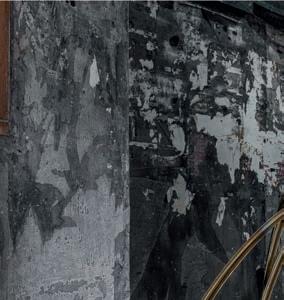
2. If they are still valid, how can we set the criteria for “non-profit”?
3. How do “non-profit” or “not-for-profit” art spaces address the intrinsic value of art itself within the context of today’s strong art market logic?
4. If “complete” non-profit is no longer possible today in the Korean art scene, can we determine what extended form the “non-mainstream” can take?
5. If the name “non-profit” is not just the literal meaning, but the nature and identity of an art space and its practice, what should be the criteria for today’s “non-profits”?


6. And, if the name “non-profit” is no longer valid in relation to today’s new standards, what can take its place? Are there any spaces that specialize in specific mediums like live performances, media or sound?
KSW Alternative Space Loop was one of the first-generation alternative spaces, and has focused on video mediaoriented work to date. And, although it is relatively new, Windmill is constructing its identity as a performance-focused project space.



Tell us about some of your favourite spaces SSC Project Sarubia is a non-profit independent space that has had its own support program for young artists for a long time. It is one of the few remaining independent art spaces that actively empower artists. It has a more thoughtful approach about how to present traditional media. It also has a self-sustaining structure that allows it to operate through the sale of donated artworks on a yearly basis. Celebrating its 10th anniversary this year, Amado Art Space is one of the key independent spaces where critical discourse around contemporary Korean art is produced. In addition, N/A, located in Euljiro, has a program that showcases a wide range of genres such as fashion and photography, as well as contemporary art, with exhibitions that introduce an expanded group of emerging and young artists. e exhibition space itself, in the middle of a unique industrial landscape, is an attraction for many visitors. Lastly, Primary Practice, which opened last year in Buam-dong, Jongno-gu, is led by its curatorial approach. It presents its outcomes in various forms—not only exhibitions, but also publications, and programs based on an extended curatorial practice. KSW Amado Art Space is a non-profit space located in Hannam-dong. It uses a typical residential space from the 1970–80s, that is somewhat rundown. It generates critical discourses around
미도 끊임없이 변화되어 온 만큼, 오늘의
조건을 고민하며 끊임없이 재고할 필요
가 있습니다. 이 추세가 어디로 향하고 있다고 생각하 시나요?
SSC 코로나 직후, 그리고 작년의 첫 프
리즈 서울을 계기로 해외의 주요 갤러리
가 서울에 지점을 열면서 한국의 젊은 작
가들에게 관심을 갖기 시작했습니다. 작
가들에게 주어지는 확장된 기회는 상업과
비상업의 동기화를 경계하거나 적극적으
로 수용하는 쪽으로 나뉘었습니다. 지금
같은 과도기에는 각각의 영역이 너무 배
타적이지 않으면서 서로를 수용하고, 서
울의 미술 생태계가 다양한 스펙트럼 위
에 시너지 효과를 내며 함께 발전하고 국
제적으로 확장하는 것이 함께 나아갈 수
있는 방향이지 않을까 합니다.
KSW 앞의 답변에 이어 특히 비영리 분
야의 전망을 고민하며 말씀드리자면, 우
선 오늘날 비영리와 영리의 경계가 모호 해지고 있는 것은 분명합니다. 비영리 부
문과 영리 부문은 전략적 차원에서 서로
적극적으로 협력하고 포용하고 있습니다.
이를 염두에 두고, 오히려 몇 가지 질문으
로 답변을 갈음해보고자 합니다.
1 오늘날의 예술 생태계에서 ‘비영리’ , 심지어 ‘대안 공간’이라는 용어가 여전히
유효한가?
2 만약 여전히 유효하다면 ‘비영리’의 기
준을 어떻게 설정할 수 있을까?
3 ‘비영리 예술 공간은 오늘날의 예술
활동의 강력한 동력인 시장 논리를 마주
하며, 어떻게 예술 고유의 본질적 가치를
지속하고 다룰 수 있는가?
4 오늘날 한국 미술계에서 완전한 비영
리가 더 이상 불가능하다면, 대안적/ 비주
류 예술이 취할 수 있는 새롭거나 확장된
형태는 무엇인가?
5 ‘비영리 라는 이름이 문자 그대로의
의미가 아니라 예술 공간의 성격과 정체
성, 그리고 그 실천을 의미한다면 새로
운 ‘비영리’의 기준은 어떤 것이라고 할 수
하는가?
6 그리고 오늘날의 새로운 기준 아래
‘비영리 라는 이름이 더 이상 유효하지 않
다면, 그 자리를 대신할 수 있는 것은 어
떤 것이 있을까?
퍼포먼스, 사운드와 같은 특정 매체 중심
으로 소개하는 공간이 있나요?
KSW 대안공간 루프(AlternativeSpace

LOOP)는 1세대 얼터너티브 스페이스 중
하나로, 지금까지 영상 미디어 중심의 작
업에 집중해 왔습니다. 윈드밀(Windmill)
은 비교적 새롭게 생겨난 공간이지만 퍼
포먼스 중심의 프로젝트 공간으로서 정체
성을 구축해 나가고 있습니다.
가장 좋아하는 공간에 대해 알려주세요.
SSC 프로젝트 스페이스 사루비아(PS Sarubia)는 비영리 독립 공간으로 오랜 기 간 동안 젊은 예술가들을 위한 자체 지 원 프로그램을 운영해 왔습니다. 예술가 들에게 적극적으로 힘을 실어주는 몇 안 되는 독립 예술 공간 중 하나죠. 전통적 인 미디어를 어떻게 표현할 것인가에 대 해 보다 사려 깊은 접근 방식을 가지고 있 습니다. 또 매년 기증받은 작품을 판매하 여 운영할 수 있는 자립 구조를 갖추고 있 어요. 올해로 개관 10주년을 맞은 아마도 예술공간(Amado Art Space)은 한국 동시 대미술에 대한 비평적 담론이 생산되는 주요 독립 공간 중 하나입니다. 또한, 을 지로에 위치한 엔에이(N/A)는 현대미술 뿐만 아니라 패션, 사진 등 다양한 장르 를 소개하는 프로그램을 운영하며 신인 및 젊은 작가들을 소개하는 전시를 선보 이고 있습니다. 독특한 산업 경관 한가운 데 자리한 전시 공간 자체가 많은 방문객 의 이목을 끌죠. 마지막으로 지난해 종로 구 부암동에 문을 연 프라이머리 프랙티 스(PrimaryPractice)는 큐레이터가 주도하 는 공간으로서, 확장된 큐레이토리얼 실 천을 바탕으로 전시뿐만 아니라 출판, 프 로그램 등 다양한 형태로 그 결과물을 보 여주고 있어요.
KSW 아마도 예술공간은 한남동에 위 치한 비영리 공간입니다. 1970~80년대의 전형적인 주거 공간으로 낡은 구조를 그 대로 유지하고 있는 공간이죠. 동시대 한 국 미술에 대한 비판적 담론을 생산하고 있고, 일종의 폐허와 같이 낡은 건물의 형 식 자체가 예술가들에게 흥미로운 실험 의 대상이 되고 있어요. 스페이스 윌링앤 딜링(SpaceWillingNDealing)은 젊은 예 술가들의 실험과 신구 세대 간의 대화에 중점을 두고 비영리 단체로 출발했습니 다. 비영리에서 상업적 성격으로 전환한 첫 번째 사례라고 할 수 있죠. 뮤지엄헤드 (MUSEUMHEAD)는 물리적 현존으로서의
전시에 가치를 두며, 동시대 젊은 예술가 들의 실험을 옹호하고, 그들의 실천이 지 속될 수 있도록 지원합니다. 마지막으로 팩토리2(Factory2)는 가장 오래된 독립 예 술 공간 중 하나입니다. 이 공간의 전신 은 갤러리 팩토리(GalleryFactory)로, 미 술뿐만 아니라 디자인, 공예 등 확장된 관 점에서 예술을 다루며, 다양한 개인이 모 인 커뮤니티 기반 프로젝트를 진행하고 있습니다.
대안 공간으로 주목할 만한 시내 주요 지 역은 어디인가요?
SSC 1세대 공간은 수도권에 기반을 두 고 서울의 홍대, 종로구, 중구 지역에 흩 어져 있었습니다. 2세대 공간은 예술가와 큐레이터가 운영하는 소규모
left Goen Choi, “Cornering”, 2022, installation view, Amado Art Space. Courtesy: the artist and Amado Art Space. CJYART Studio (Junyong Cho) right Planet — Sea”, 2022, installation view, BOAN1942. Courtesy: BOAN1942today’s Korean art scene, and the dilapidated building itself has been the subject of interesting experiments for artists. Space Willing N Dealing was started as a non-profit, focusing on young artists’ experiments, and also the dialogue between young and old generations. It has now shifted to become commercial, and it is almost the first example of this passage. MUSEUMHEAD is dedicated to perceiving and valuing the physical presence of exhibitions, and it advocates for the experiments of today’s young artists, supporting their practices so they can continue. Lastly, Factory 2, which is one of the oldest independent art spaces. Its predecessor was Gallery Factory and it produces community-based projects centred on various individuals, looking at art from an expanded perspective—so not only fine art, but also design and craft. What are the key areas in the city you would highlight for alternative spaces?
SSC e first-generation spaces were based in the metropolitan area and were scattered in Hongdae, Jongno-gu and Jung-gu areas. e next wave of small-scale spaces run by artists and curators have come and gone in low-rent, inaccessible neighbourhoods that haven’t been gentrified yet. Currently, we are seeing spaces being created where visitors can go with ease. ey are mainly located in the centre of the city, around Euljiro and Yongsan-gu (Hannam-dong/Itaewon), Yeongdeungpogu and Gyeongbokgung Palace.
KSW Seoul’s non-profit spaces are scattered across the city, so it is di cult to choose just one area. Nevertheless, if I had to pick one, I would say the Seochon area. ere is a first-generation alternative space, Project Space Sarubia, and there are others with clear identities and interesting characteristics, such as Factory 2 and BOAN1942. Tell us about the venues you are working with for Frieze Film SSC & KSW For this year’s Frieze Film, we want to highlight some iconic locations, which are non-profit and independent, that have been presenting their own programs. For example, Insa Art Space (IAS), with its 20-year history, run by ARKO Art Center, is one of the first-generation independent spaces. Historically, IAS has held a symbolic status within the context of experimental/ discursive/alternative practices in Korean
contemporary art. As for BOAN1942, it features a café, bookstore, B&B and an exhibition space. Originally used as an accommodation facility for about 60 years between 1942 and 2005, it reopened its space in 2007 and now showcases diverse artistic practices including mixed-media art, site-specific art and art integrated into daily life. Amado Art Space, located in Hannam-dong, maintains the typical form of a residential house from the 1970s and 1980s. Since its opening in 2013 as a non-profit art space, it aims to promote diverse art discourse and criticism based on diversity, breaking away from the conventional white cube format. Lastly, Mother O ine is a multipurpose space that operates as a café during the day and a bar at night. Alongside this, they run an experimental programme of exhibitions, events and DJ nights.
What would be your advice for anyone looking to engage with the scene who is visiting Seoul for the first time?
KSW To appreciate the dynamism of Korean contemporary art, I advise visiting the local non-profit and independent art spaces. At the same time as cocurating this year’s Frieze Film program, I’m involved in making a list and map of Korean non-profit/independent spaces with ARKO Art Center on behalf of the fair. During Frieze Week, this list will be available on Frieze’s digital city map, allowing both international and local audiences to explore the lively local art scene in Korea.
Are there any projects or shows you are looking forward to seeing during Frieze Week 2023?
KSW I am particularly excited about Issy Wood’s solo exhibition at Ilmin Museum of Art, Lee Woosung’s solo exhibition at Hakgojae Gallery and Yooyun Yang’s solo exhibition at Primary Practice.
SSC Kim Beom, a highly important contemporary artist in the 1990s, has an exhibition at Leeum Museum of Art—a rare chance to see a solo show of his work.

It’ll be a great opportunity for the audience to gain an insight into the contemporary art scene during the 1990s in Seoul.
Kim Sung woo is a curator and writer. He launched Primary Practice, a curatorial space in Seoul, in the second half of 2022. He lives in Seoul, Korea.
Sungah Serena Choo is a curator and writer. She is currently a curator at Leeum Museum of Art. She lives in Seoul, Korea.
낮고 임대료가 저렴한 곳에서 소규모로
운영되고 있습니다. 현재는 방문객이 대
중교통으로 편리하게 방문할 수 있는 공
간들이 생겨나고 있어요. 주로 을지로와
용산구(한남동/이태원), 영등포구, 경복궁
주변 등 도심에 위치하고 있죠.
KSW 서울의 비영리 공간은 도시 전역
에 흩어져 있어 한 지역만 언급하기는 어
렵습니다. 그럼에도 불구하고 굳이 한 곳
을 선택해야 한다면 서촌 지역을 꼽고
싶어요. 1세대 대안 공간인 프로젝트 스
페이스 사루비아가 있고, 팩토리2, 보안
1942(통의동 보안여관) 등 정체성이 뚜렷
하고 특색 있는 공간들이 많아요.
프리즈 필름을 위해 함께 작업하는 장소
에 대해 알려주세요.
SSC& KSW 올해 프리즈 필름에서는
비영리 및 독립 공간으로 독자적인 프로
그램을 선보이고 있는 상징적인 공간 몇
곳을 소개하려고 합니다. 한국문화예술위
원회가 운영하는 20년 역사의 인사미술공
간(IAS)은 관 주도의 독립 공간입니다. 그
동안 인사미술공간은 한국 현대미술의 실
험적/담론적/대안적 예술 실천의 맥락에
서 상징적인 위치를 차지해왔습니다. 보
안1942(통의동 보안여관) 카페와 서점, 숙
박시설, 전시 공간을 포함하는 복합문화
공간입니다, 1942년부터 2005년까지 약
60년간 숙박시설로 쓰였습니다. 이러한
유산을 이어받아 2007년에는 현재의 형
태로 재출발했고 복합장르적, 장소특정
적, 생활밀착형 예술 등 다양한 예술 활동
을 수용하고 선보이고 있습니다. 한남동
에 위치한 아마도예술공간은 2013년 개관
한 비영리예술공간으로서 70-80년대 주거
공간의 전형적인 형태를 유지하고 있습니
다. 다양성을 기반으로 미술의 담론과 비
평의 활성화를 도모하고자 설립된 공간으
로서 기존의 화이트 큐브의 형식을 벗어
난 대안적이며, 실험적인 전시 기획을 지
향하고 있습니다. 마지막으로 마더오프라
인은 카페와 바를 함께 운영하는 복합공
간으로, 전시와 행사, 디제이나이트 등 다
양하고 실험성 있는 프로그램을 선보이
고 있습니다.
서울을 처음 방문하는 관람객들에게 어떤
조언을 해주고 싶으신가요?
KSW 한국 현대미술의 역동성을 감상
하려면 지역의 비영리 및 독립 예술 공간
을 방문하는 것을 추천합니다. 저는 올해
프리즈 필름 프로그램을 기획하는 동시
에 아트페어를 대표해 아르코미술관과 함
께 한국의 비영리/독립 공간 목록과 지도
를 만드는 데 참여하고 있는데요. 이 목록
을 프리즈 위크 동안 프리즈 인터렉티브
시티 맵을 통해 해외에서 오신 방문객들
과 국내 방문객들이 활기찬 국내 예술 현
장을 둘러볼 수 있을 겁니다.
2023 프리즈 위크에서 기대되는 프로젝
트나 전시가 있나요?
KSW 일민미술관에서 열리는 이시 우
드(IssyWood)의 한국 첫 개인전, 학고재
갤러리에서 열리는 이우성의 개인전, 프
라이머리 프랙티스에서 열리는 양유연의
개인전이 특히 기대됩니다.
SSC 1990년대를 대표하는 현대미술 작
가 김범의 개인전이 리움미술관에서 열리
고 있는데, 그의 작품을 한자리에서 볼 수 있는 흔치 않은 기회입니다.
Above, left Cupcake and Chihuahua (Jiyoung Yoo, Juhyun Cho), “Join the team and receive your card”, 2022, installation view, Insa Art Space.
Courtesy: Insa Art Space
Above, right 《SUJANGGO.base station》”, 2022, installation view, MOTHER O ine. Courtesy: MOTHER O ine. Photograph: Jeong Soonyoung



김성우는 서울을 기반으로 활동하는 큐레이터로서 주로
전시를 기획하고 글을 쓴다. 독립큐레이터의 활동과 더불어
2022년 하반기 서울에 큐레토리얼 스페이스 프라이머리

프랙티스 를 설립, 운영하고 있다.
추성아는 서울을 기반으로 활동하는 큐레이터로 주로 전시를
기획하고 글을 쓴다. 다년간 독립큐레이터로 활동했고, 현재
리움미술관 큐레이터로 재직 중이다.
Titled “It was the way of walking through narrative”, Frieze Film 2023 takes place across four non-profit spaces: Amado Art Space and MOTHER O ine both in Hannam-dong; BOAN1942 in Tongui-dong; and Insa Art Space in Samcheong-don. e program will be on view until 9 September and online at www.frieze.com.
‘It was the way of walking through narrative’
공간: 한남동에 위치한
아마도 예술공간(Amado Art Space) 과 마더 오프라인 (MOTHER O ine) 통의동에 자리한 보안1942 아트스페이스

보안 1(BOAN1942 ARTSPACE BOAN 1), 삼청동의
인사미술공간(Insa Art Space)에서 진행됩니다. 전시는 9 월

9일까지 열리며, 온라인(www frieze com)에서도 만나볼 수
있습니다.




















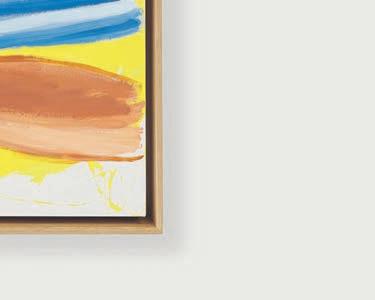











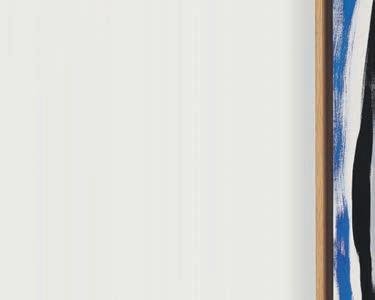






























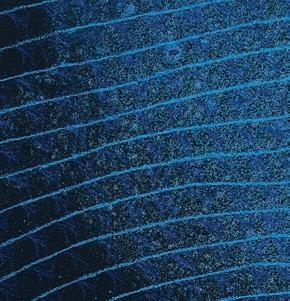






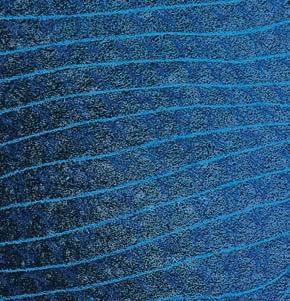


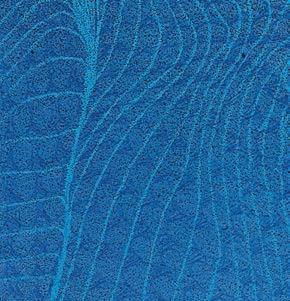














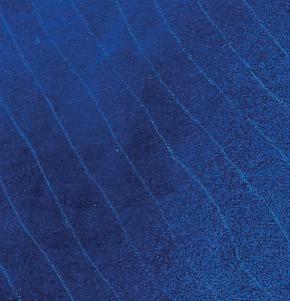
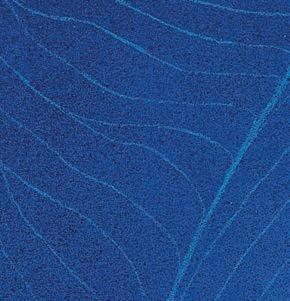



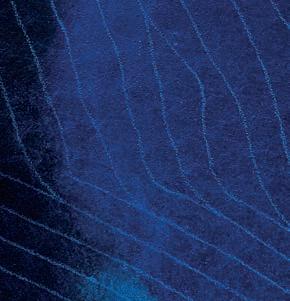

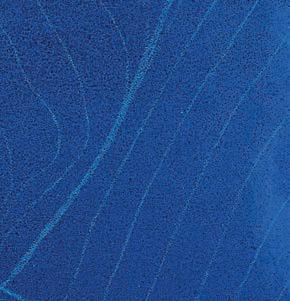



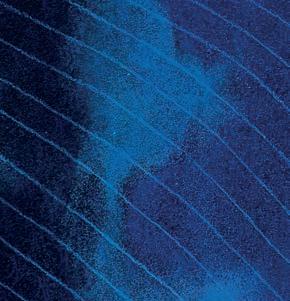








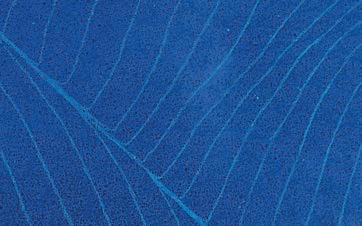
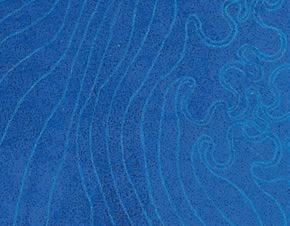


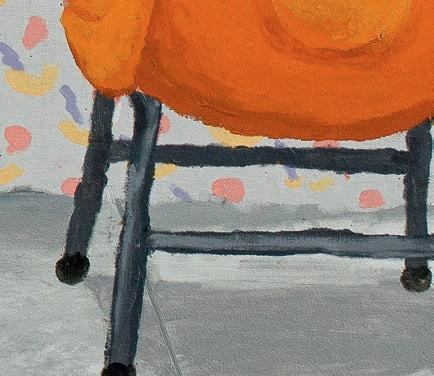


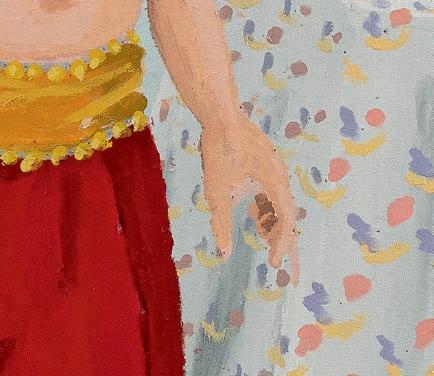

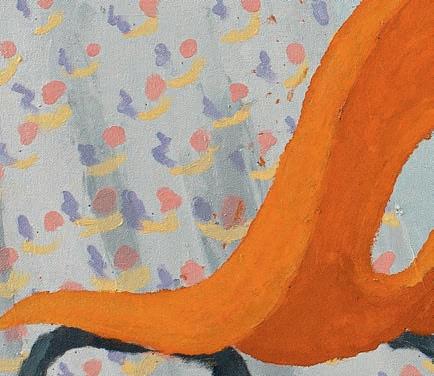



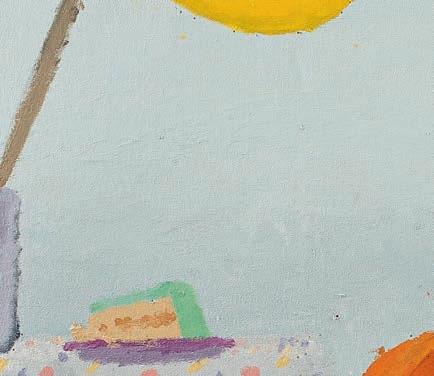



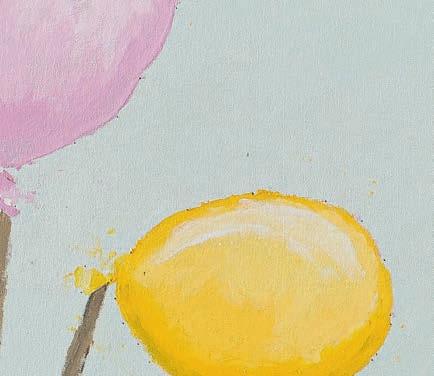

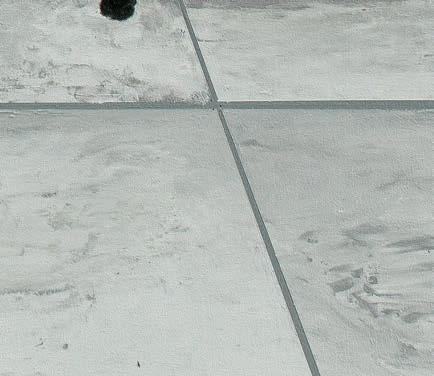



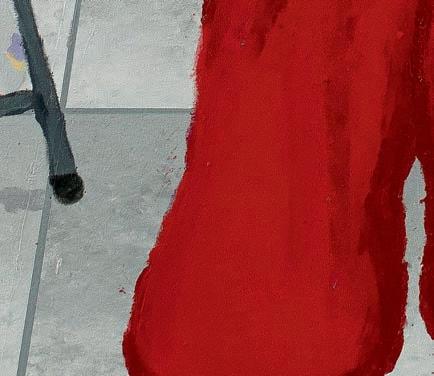


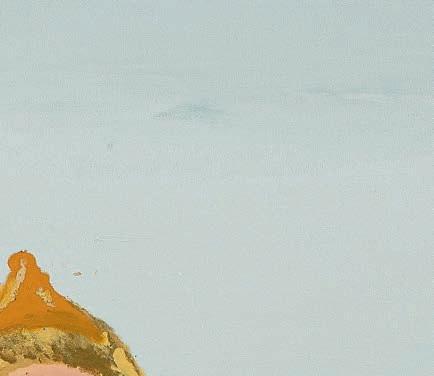




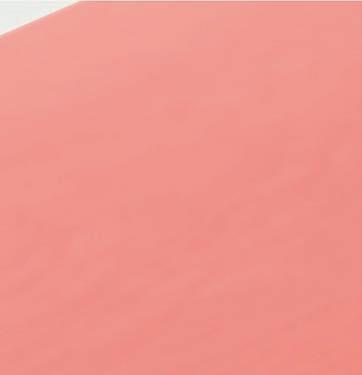
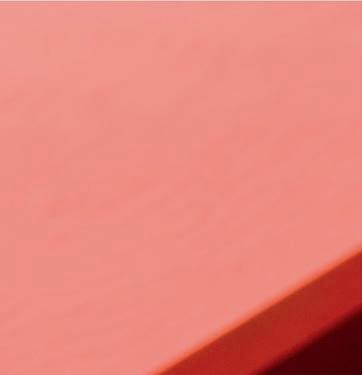




















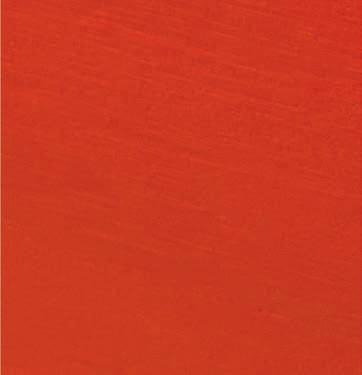
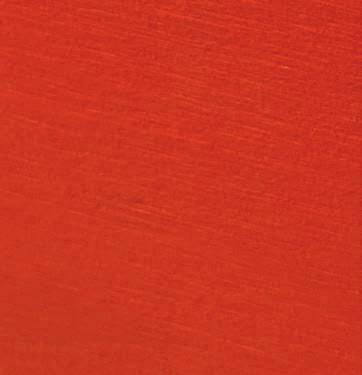









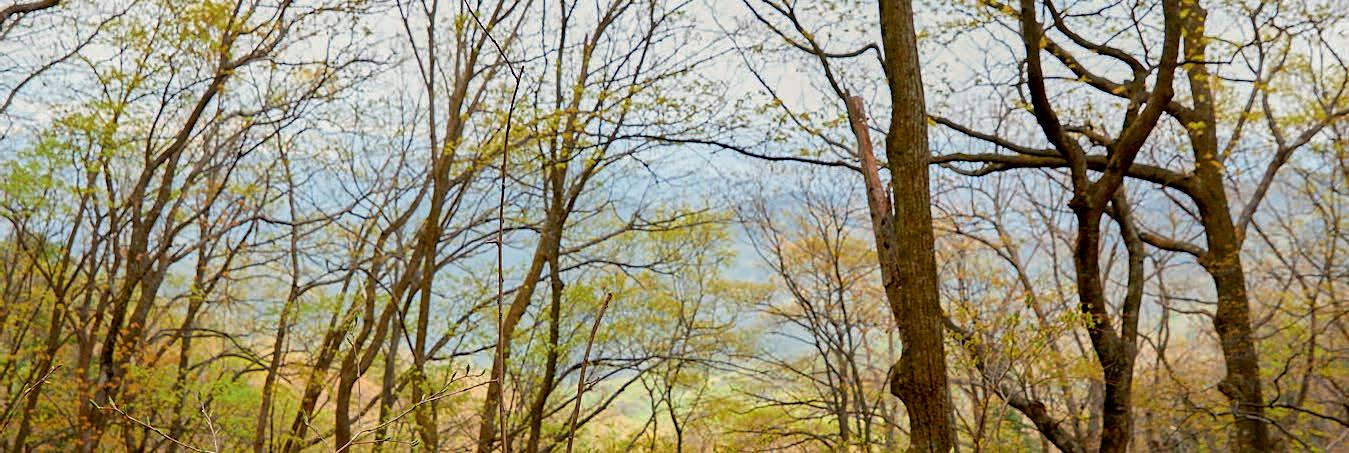




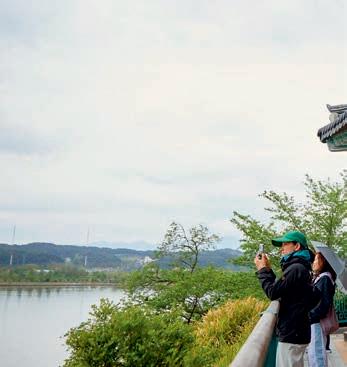





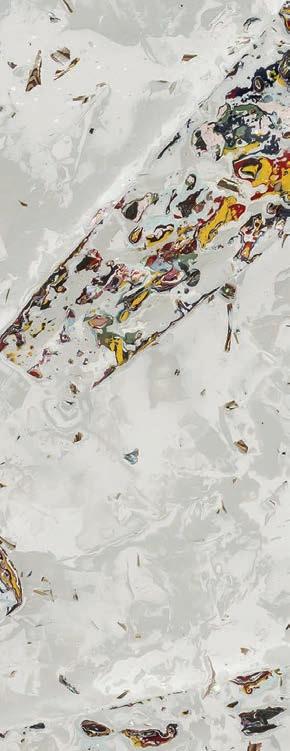




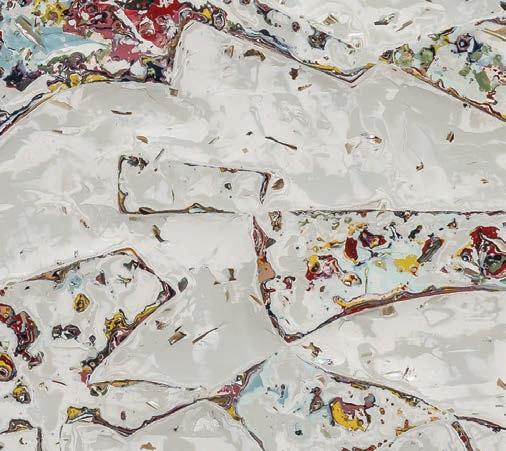
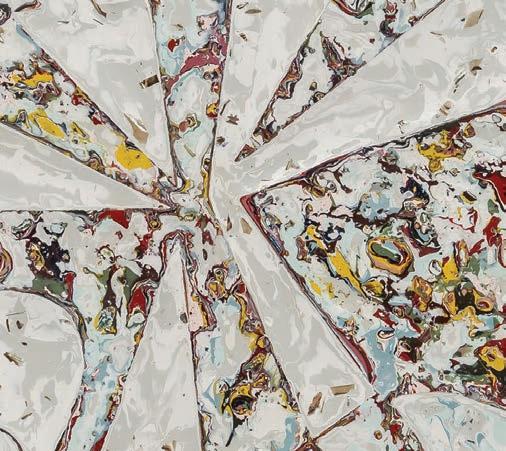

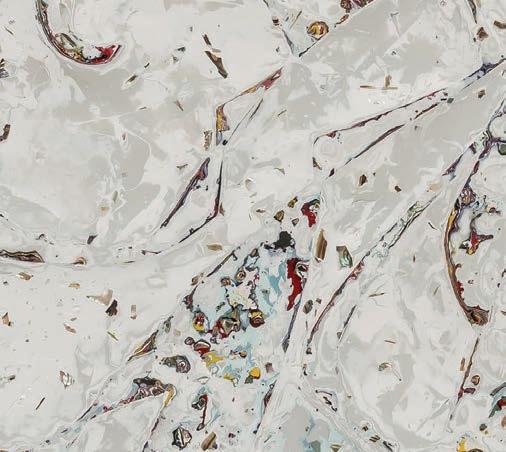

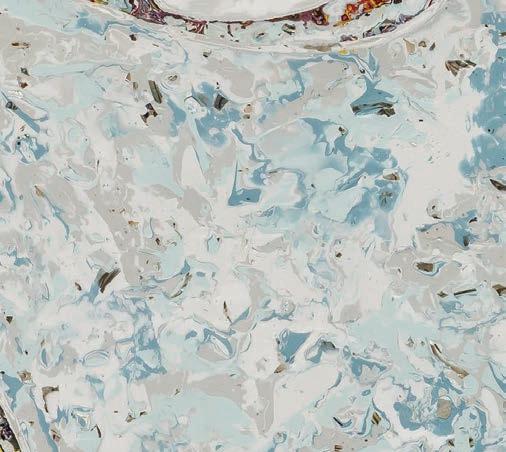






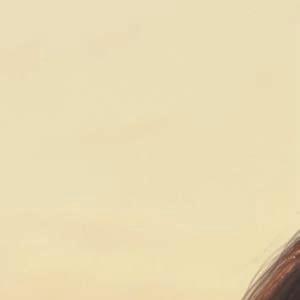


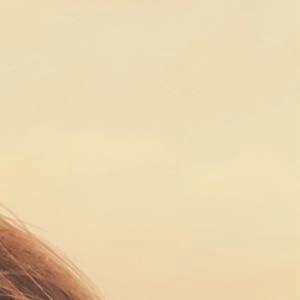

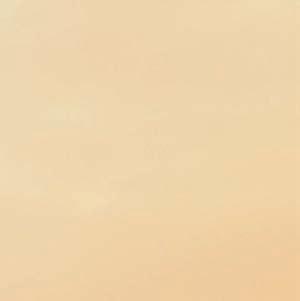



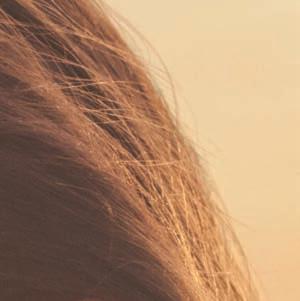









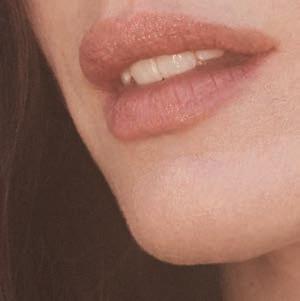
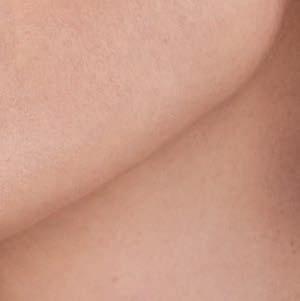
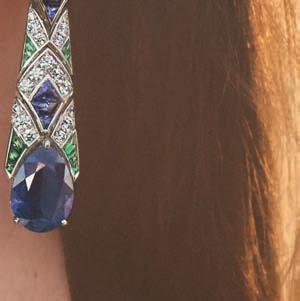
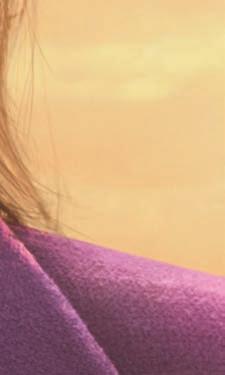




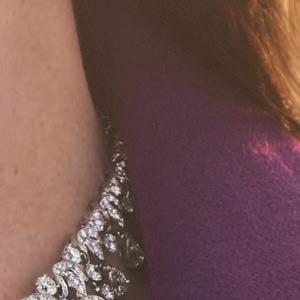



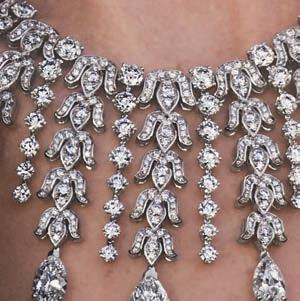









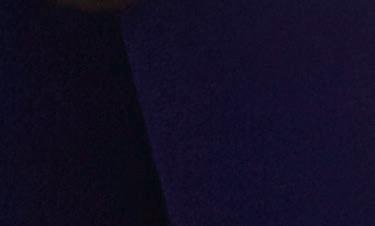
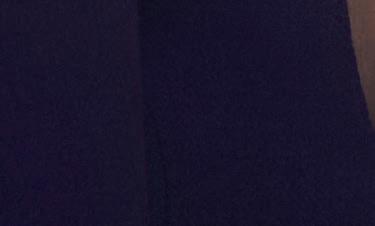



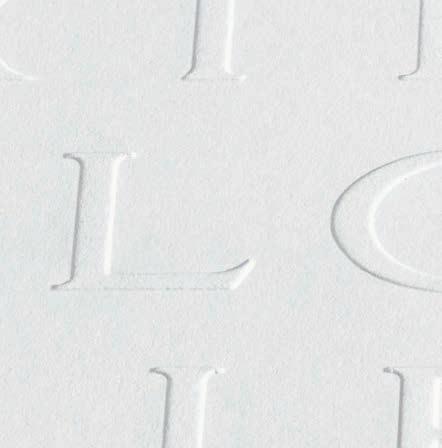






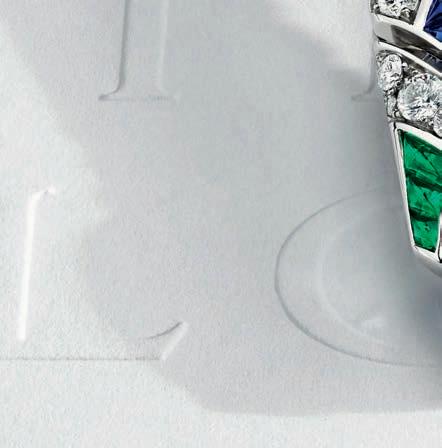

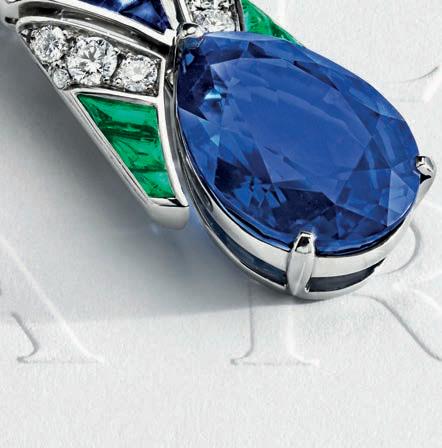











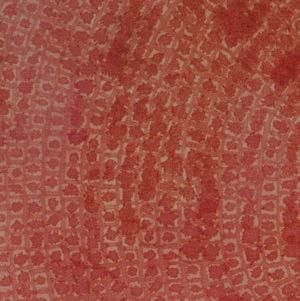

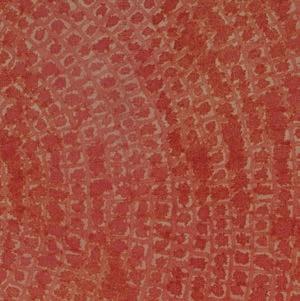



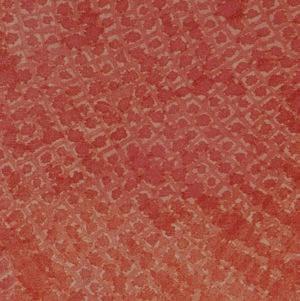





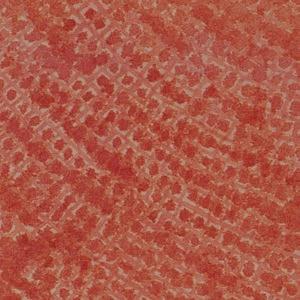


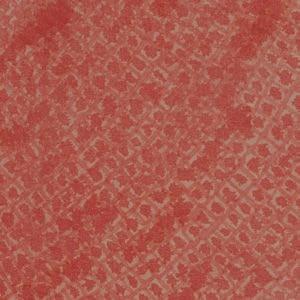
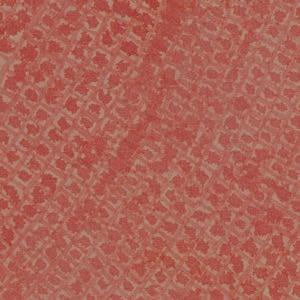







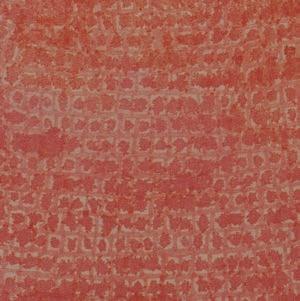
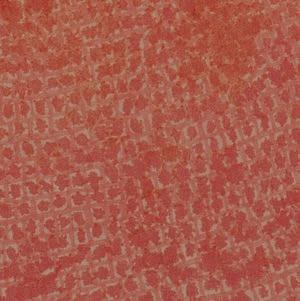
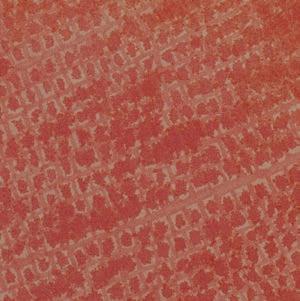






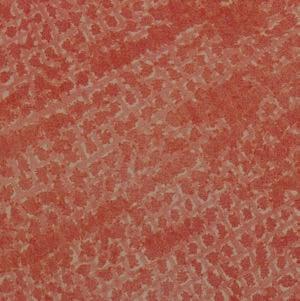
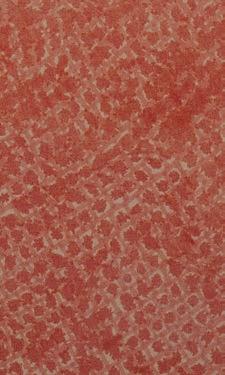


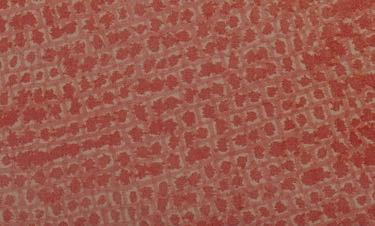














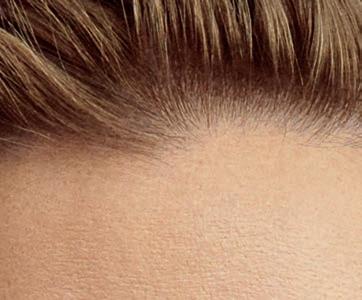
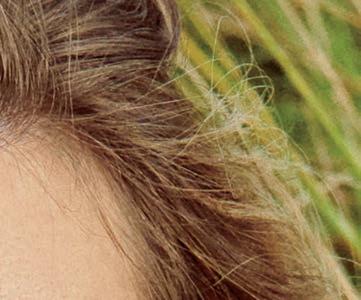




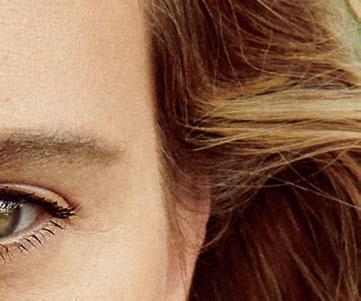

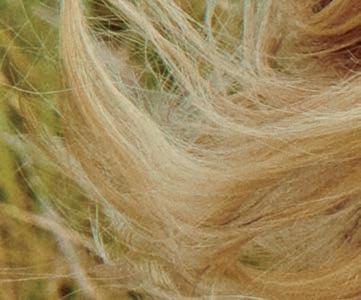






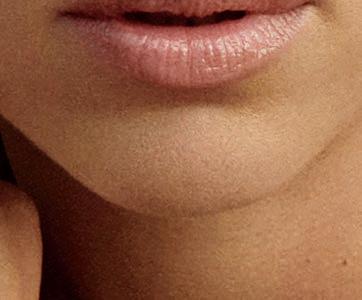

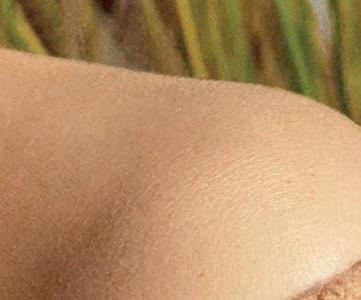
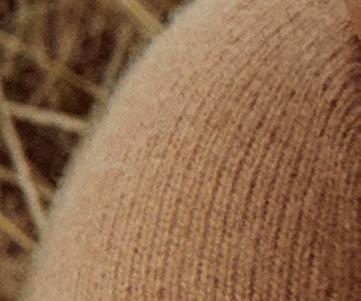




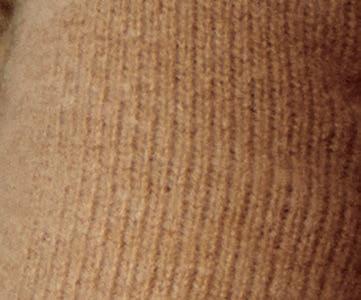
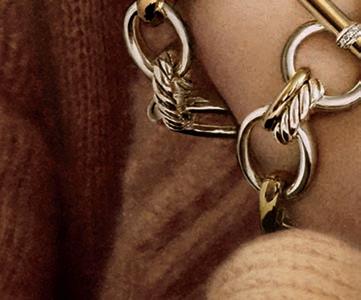








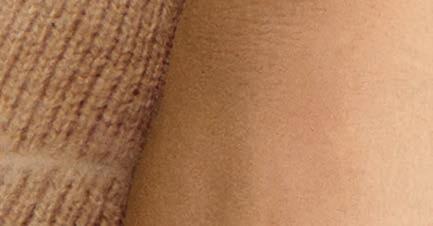


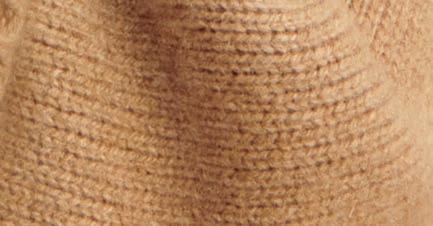




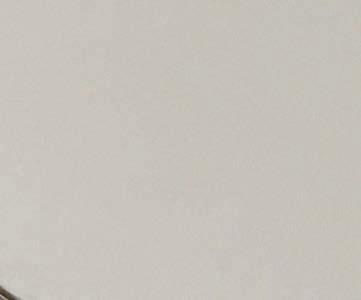



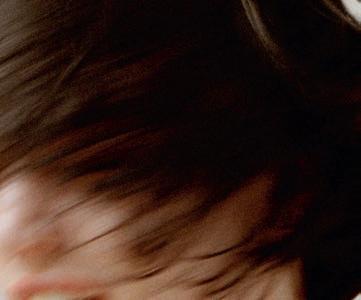
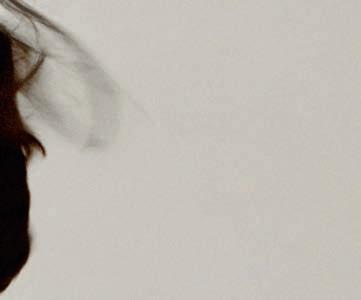







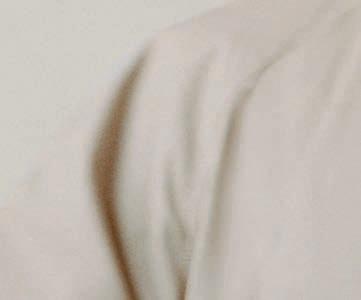




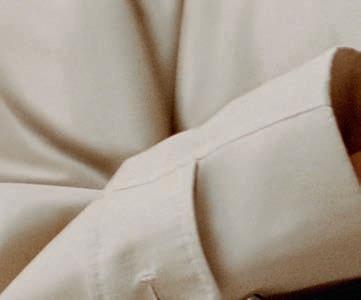


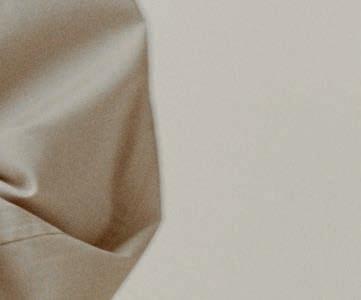
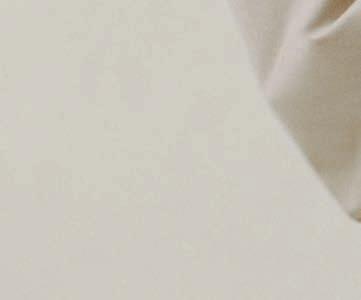
























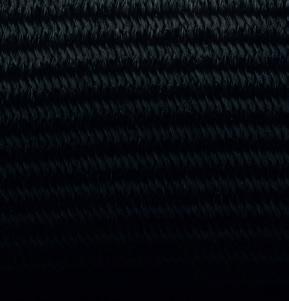
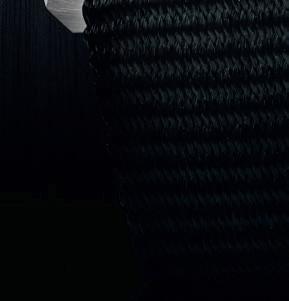

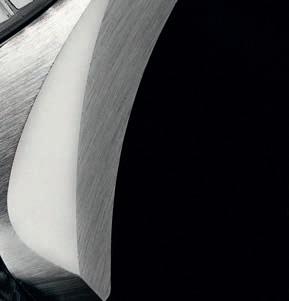

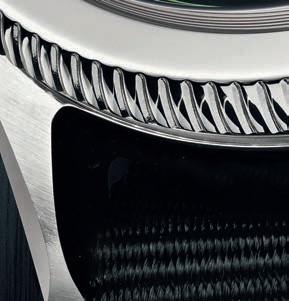
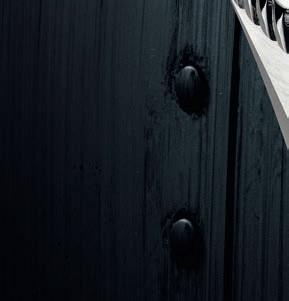











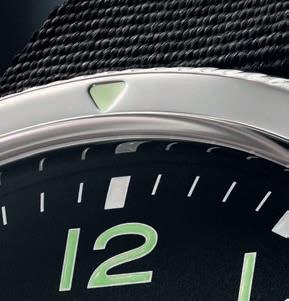

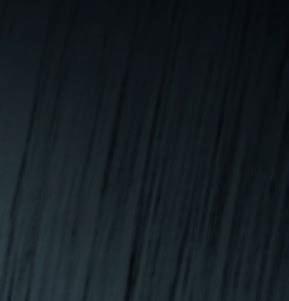


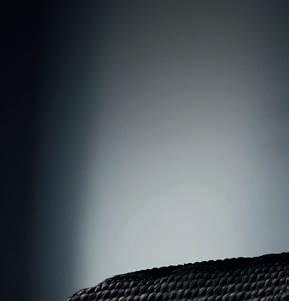

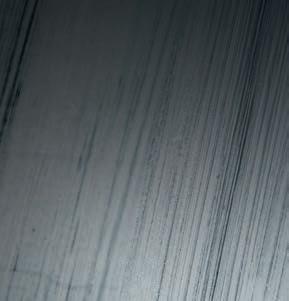
The Breguet Type XX has accompanied the most experienced pilots since 1954, landing on the wrist with perfect precision. Make History with us.
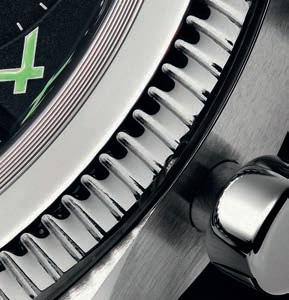

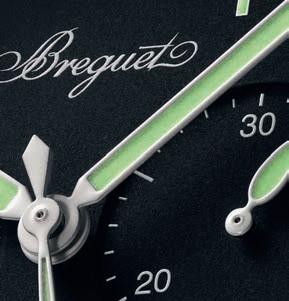







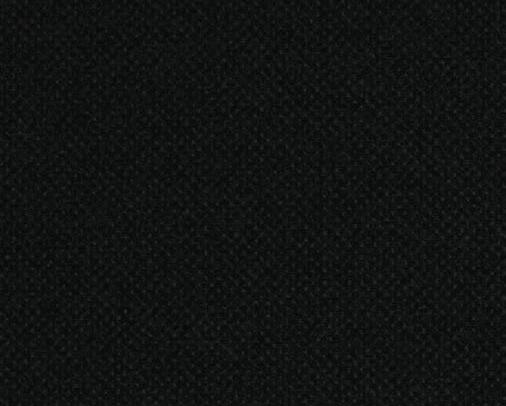




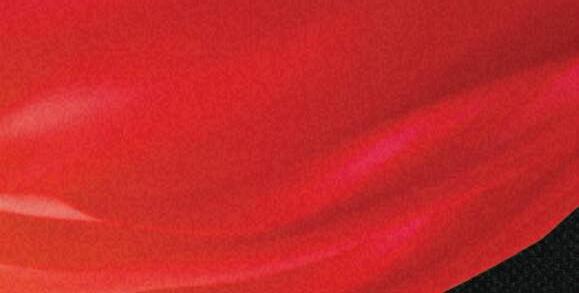





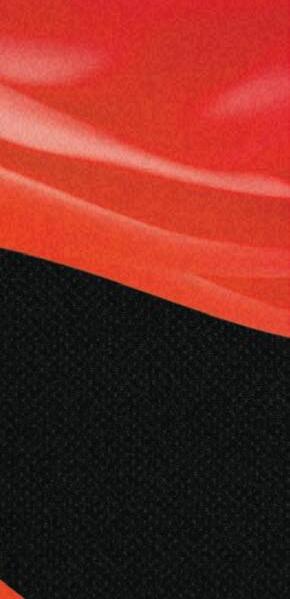
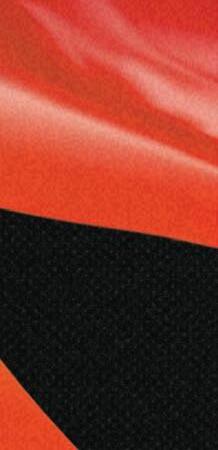
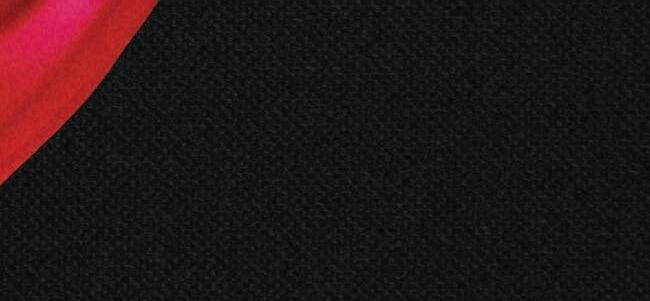
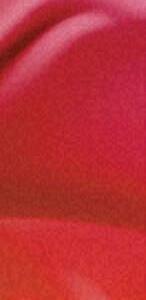


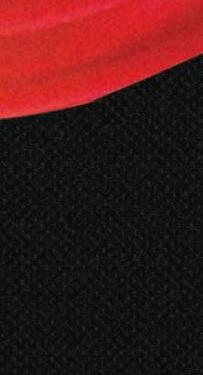




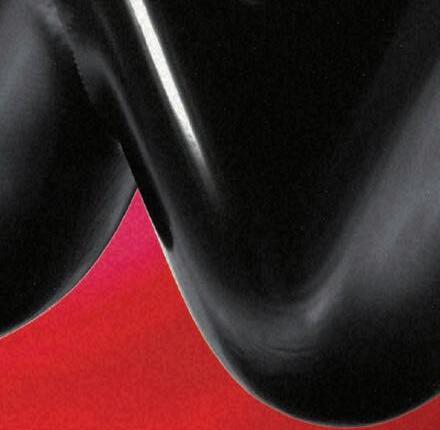

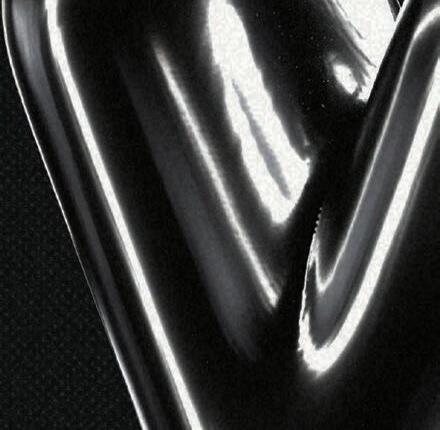
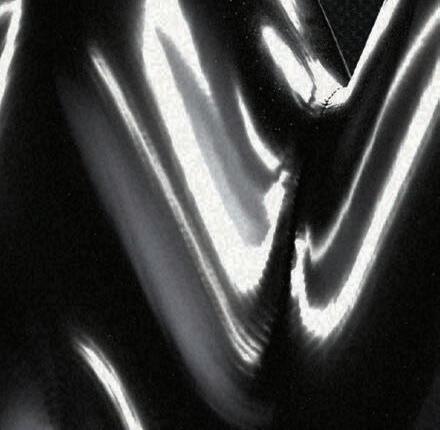




















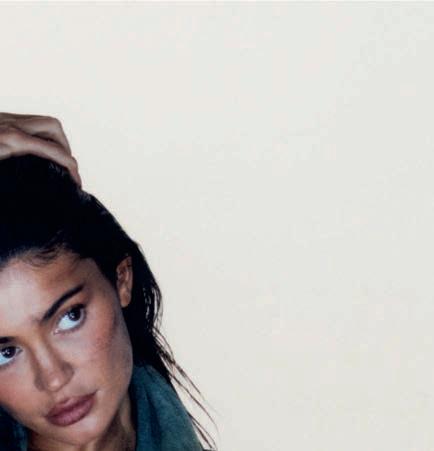





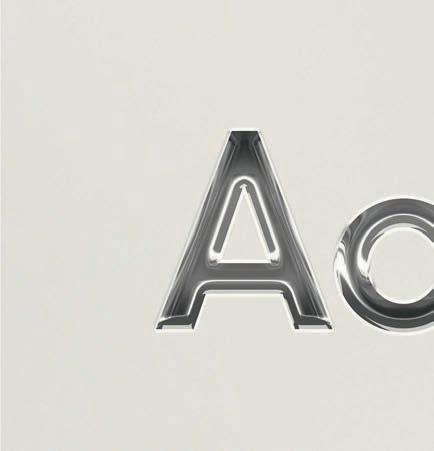

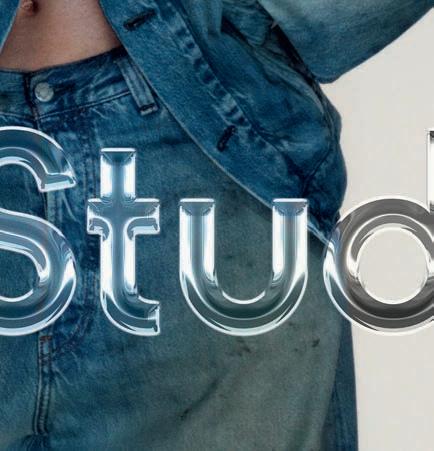




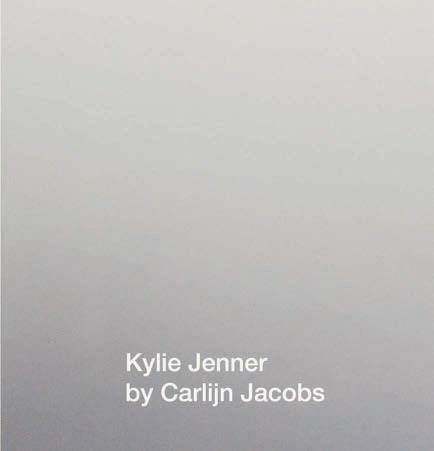

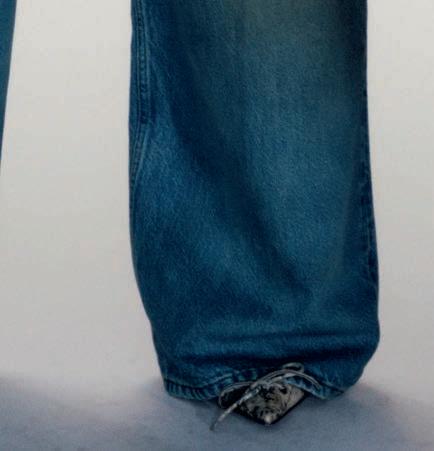



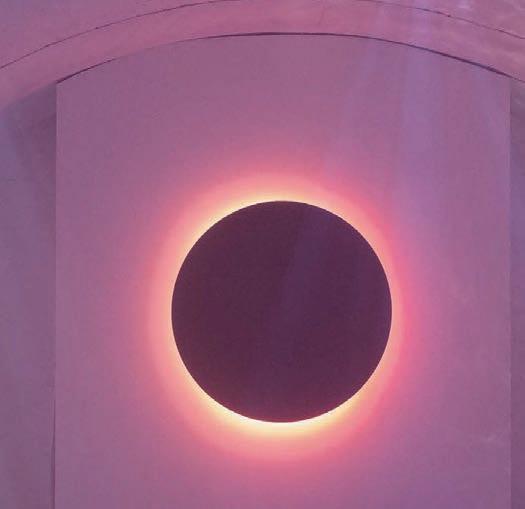










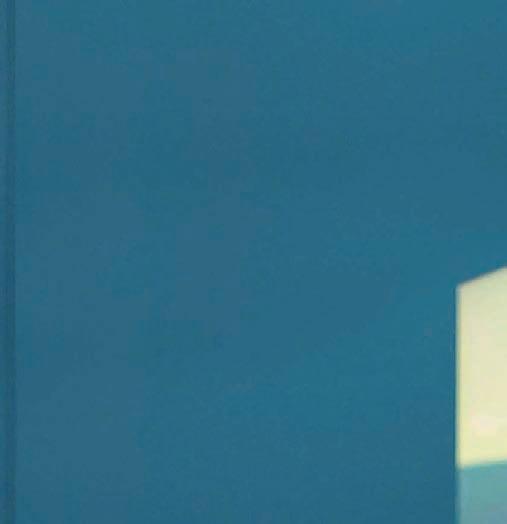

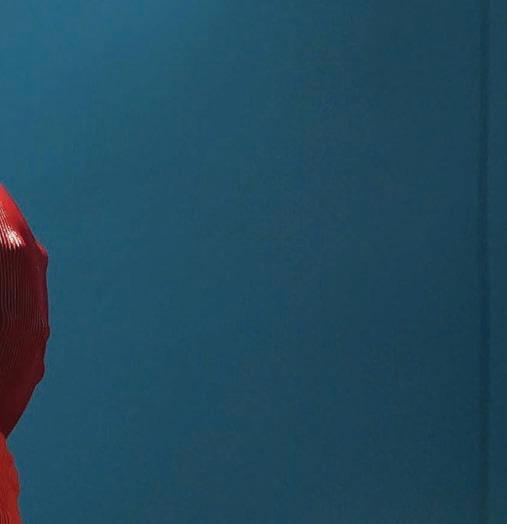




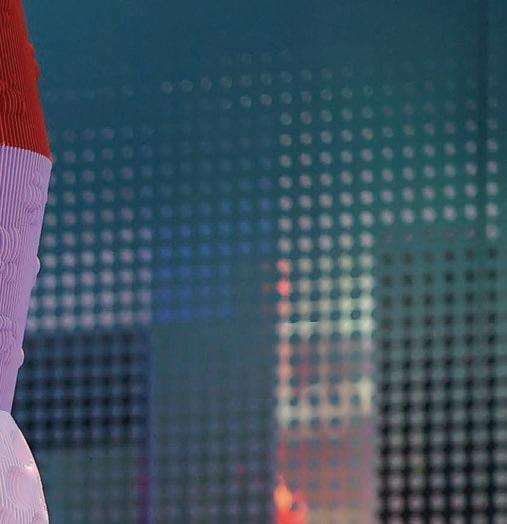

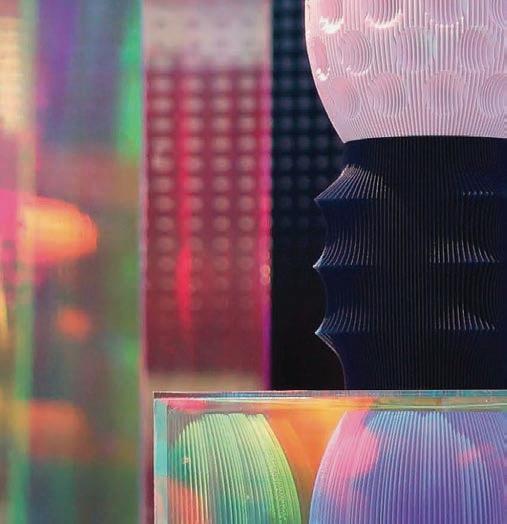












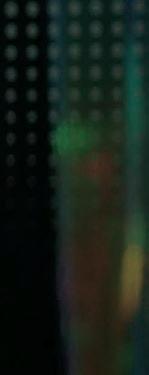






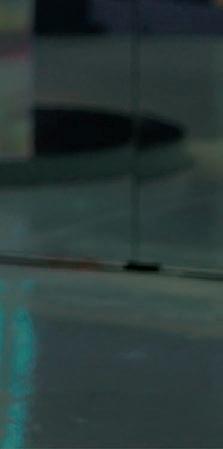





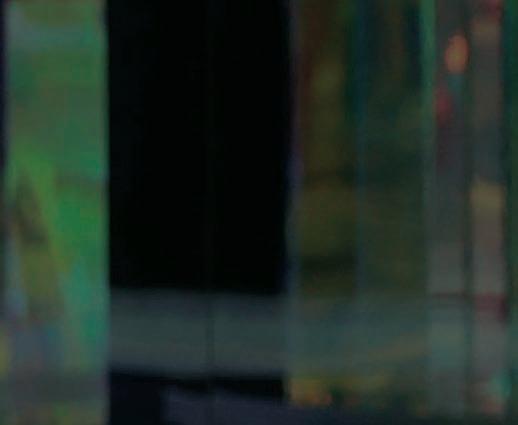



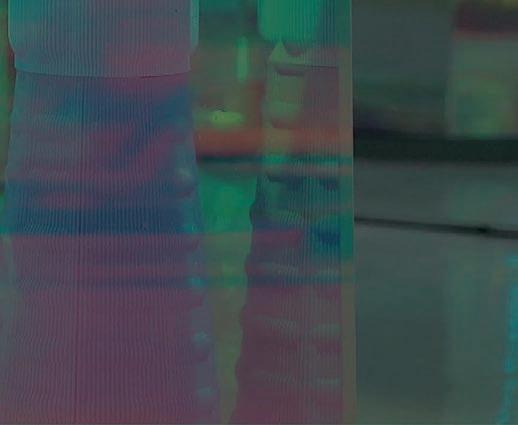

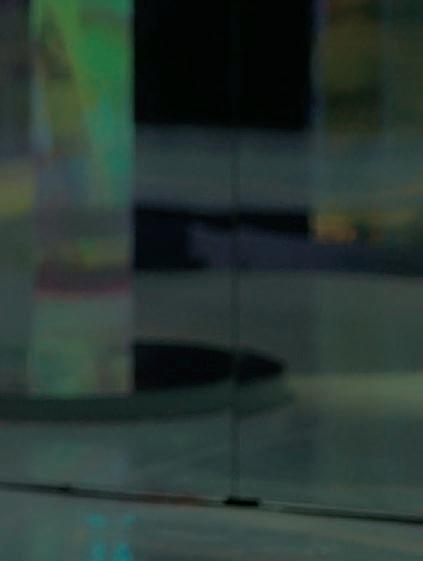










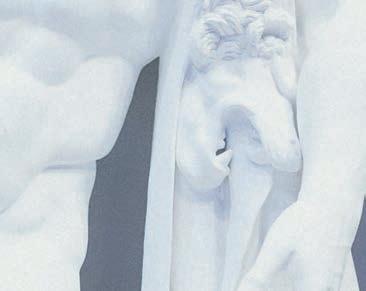
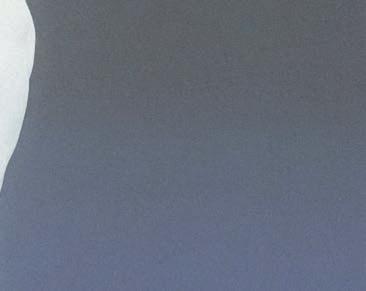


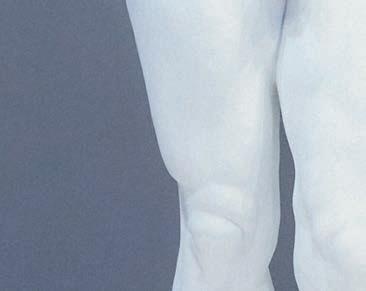








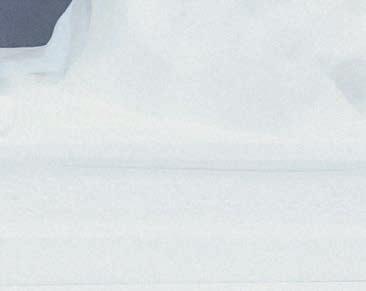

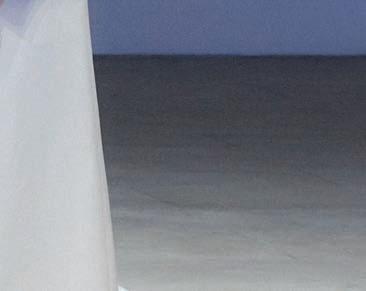



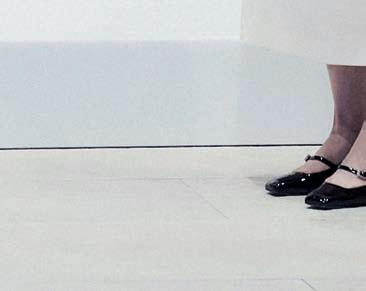

A dedicated private collector, Elizabeth Chun has—with her husband—brought showstopping works to Incheon’s Paradise City resort. She discusses the development of “art-tainment”, the rise of female artists and her hopes for the Korean scene.
What were some of your first encounters with art? How have they shaped your approach to enjoying and collecting art today?
I became interested in art and culture at an early age. I’ve been surrounded by art for as long as I can remember. My grandfather was actively involved in art clubs during his school days, and his exceptional artistic talent won him several awards. His former classmates included Chang Ucchin, Lee Daiwon and Kwon OkYeon—prominent modern and contemporary artists in Korea. Although I didn’t realize it at the time, I grew up appreciating the work of some of the great masters, from both home and abroad.
My own passion for art blossomed just as naturally. I spent my childhood in Japan. Shortly after arriving there, without speaking a word of Japanese, I took an art class—before I even started kindergarten. Even though I was very young, I still remember the moment I first stepped into the class. I was amazed and fascinated by the various materials that I encountered for the first time, and I quickly came to love and excel at art.
So, having had the great fortune to be exposed to art from an early age, it became an integral part of my life and shaped my knowledge and taste. en the development of Paradise City as a premier “art-tainment” resort helped expand my interest. I developed an instinct for selecting excellent artworks and continued to learn from being in close proximity to art.
What was your first acquisition? Can you talk us through the process that inspired you to own a piece of art for the first time?
In 1993 or 1994 I bought an Andy Warhol print in a gallery I happened to visit on a trip to Hawaii. at was my first acquisition. My first encounter with pop art was in secondary school in Canada, when it was the focus of my research project. e idea that everyday images from comic books, magazines and illustrations could be works of art came as a shock, and the simple yet vivid colours and lines caught my attention. I was particularly impressed by the work of Roy Lichtenstein. For my project I even made drawings by hand—at that time there was no such thing as a printer. roughout my teenage years, I would save my pocket money to buy pop art posters and hang them in my room.
is love continued to grow, and so my first acquisition turned out to be pop. As a young traveller in my twenties, I could only a ord a print, but the work remains a treasured piece in my collection to this day.
At Paradise City, you can also find works by pop masters like Robert Indiana, not to mention many unique pop art pieces from di erent corners of the world. When did you begin thinking about sharing contemporary art in the setting of Paradise City? What was your inspiration?
As the slogan “Design life as art” suggests, Paradise has always been accompanied by
Je
미술을 처음 접하게 된 계기는 무엇인가
요? 그것이 오늘날 예술을 즐기고 수집하
는 방식에 어떤 영향을 미쳤나요? 어릴 때부터 예술과 문화에 관심이 많았 습니다. 제 주변에 항상 작품이 있었던 것 으로 기억해요. 할아버지께서 학창 시절
미술반 활동을 하셨고, 뛰어난 예술적 재
능으로 여러 차례 상을 받으셨어요. 할아
버지의 동창 중에는 장욱진, 이대원, 권옥 연 선생님 등 한국의 저명한 근현대 미술 가들이 계셨죠. 당시에는 몰랐지만 국내외
거장들의 작품을 감상하며 성장했습니다.
저 역시 자연스럽게 예술에 대한 열
정이 피어났죠. 저는 어린 시절을 일본에
서 보냈습니다. 일본에 도착한 지 얼마 지
나지 않아 일본어를 한 마디도 하지 못한
채 유치원에 입학하기도 전에 미술 수업 을 들었죠. 아주 어렸을 때였지만 미술학 원에 처음 발을 내디뎠을 때가 아직도 생 생합니다. 처음 마주하는 다양한 미술 재
료들은 신기하고 매력적으로 다가왔고, 미술은 곧 가장 좋아하고 잘하는 것이 되
었습니다. 어릴 때부터 예술을 접할 수 있
는 큰 행운을 누렸기 때문에 예술은 제 삶
의 필수적인 부분이 되었고 제 지식과 취 향을 형성했습니다. 그러던 중 파라다이
스시티가 최고의 아트테인먼트’ 리조트로
개발되면서 저의 관심은 더욱 확대되었습
니다. 훌륭한 예술 작품을 선별하는 안목
이 생겼고 예술을 가까이에서 접하면서
계속 배워 나갔습니다.
처음으로 수집하신 작품은 어떤 것이었나
요? 처음으로 예술 작품을 소유하게 된 과
정에 대해 말씀해 주시겠어요? 1993년인가 1994년에 하와이 여행 중 우
연히 방문한 갤러리에서 앤디 워홀(Andy Warhol)의 작품을 구입했습니다. 그게 제
첫 작품 구입이었어요. 처음 팝아트를 접 하게 된 것은 캐나다에서 중학교 다니던 시절 학교 과제인 ‘팝 아트’ 리서치 프로 젝트였습니다. 주변에서 흔히 볼 수 있는 만화나 잡지의 사진, 삽화들이 예술작품 이 될 수 있다는 점이 충격적이었고, 단 순하면서도 선명한 색과 선이 눈길을 끌 었습니다. 특히 로이 리히텐슈타인(Roy Lichtenstein)의 작품에 깊은 인상을 받았 습니다. 이러한 팝 아트의 매력에 빠져 프 린터도 없던 시절 직접 그림도 그려가면 서 꽤 열심히 보고서를 작성했던 기억이 납니다. 10대 시절 내내 용돈을 모아 팝아 트 포스터를 사서 제 방에 걸어 두곤 했어 요. 이 애정이 계속 커져서 제 첫 번째 수 집 작품이 팝아트 작품이 되었죠. 20대의 젊은 여행자였던 저는 판화 밖에 살 수 없 었지만, 이 작품은 지금까지도 제 컬렉션 의 소중한 작품입니다. 파라다이스시티에서는 로버트 인디애 나(RobertIndiana)와 같은 팝 아트 대가들 의 작품은 물론 여러 나라의 개성 있는 팝 아트 작품을 만나볼 수 있습니다. 언제부터 파라다이스 시티를 배경으로 현 대 미술을 공유할 생각을 하셨나요? 어떤 영감을 받았나요? ‘Designlifeasart’라는 슬로건에서 알 수 있듯이 파라다이스는 항상 예술과 함께 해왔습니다. 1981년 문을 연 파라다이스 호텔 부산(ParadiseHotelBusan)을 비롯해 파라다이스 호텔 제주(ParadiseHotelJeju) 인천 올림포스 호텔(OlymposHotel) 모두 당시 차별화된 현대 미술 작품을 선보였 습니다. 파라다이스 문화재단과 계원학 원(계원예술중고등학교와 대학교)은 문화 예술을 지원하고 젊은 인재를 양성하고 있습니다. 파라다이스는 모든 사업
Above Damien Hirst, Aurous Cyanide, 2016
art. In addition to Paradise Hotel Busan, which opened in 1981, Paradise Hotel Jeju and Olympos Hotel in Incheon have all showcased unique contemporary art. Paradise Culture Foundation and Kaywon Academy (Kaywon High School of Arts and University) support art and culture and nurture young talent. We have sought to bring art into everyday life.
As a continuation of this vision, Paradise City was developed into a space for “art-tainment”. It brings art closer to people and our visitors have access to outstanding works without having to go to a museum.
Could you talk through the story of your acquisition of one of the iconic works at Paradise City—say, the Damien Hirst painting?

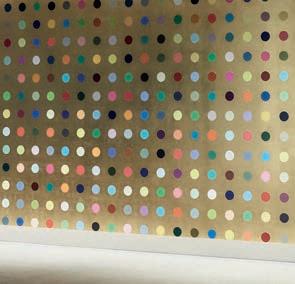
Our association with Damien Hirst dates back to the early 2000s. Since Hirst burst onto the contemporary art scene in “Sensation: Young British Artists from the Saatchi Collection” at the Royal Academy in London in 1997, we developed a strong relationship with him and acquired several of his works. Over the course of nearly 20 years, this relationship led naturally to the Paradise City project, where we commissioned Hirst to create a new work for the space that had been specifically designed to showcase contemporary art. He then fulfilled his promise to create a monumental work for Paradise City by completing Aurous Cyanide (2016), which, at three metres
high and nine metres wide, was the largest dot painting at the time. At Paradise City, there is a strong dialogue between Korean and international contemporary art. How do you see this developing in the years to come?

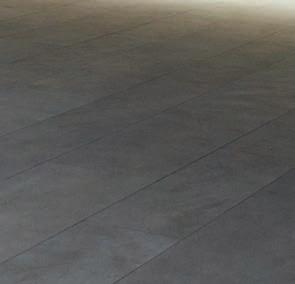
In recent years, the film Parasite (2019), the television series Squid Game (2021) and the K-pop sensation BTS have taken the world by storm. In addition, Korea’s art and art market are in the global spotlight, which is why Frieze chose Seoul as the site for its first venture in Asia. e Korean art market may be relatively small in scale, but its vigour remained undimmed throughout the pandemic. Along with the rise of K-pop, the powerful and distinctive art being made here today is bound to win a bigger global audience. e recent exhibition “Only the Young:Experimental Art in Korea, 1960s–1970s”at the Solomon R. Guggenheim Museum in New York is a testament to this growing interest.

Paradise City is widely known for its collection of works by world-renowned artists, including Hirst’s Golden Legend (2014) and Yayoi Kusama’s Great Gigantic Pumpkin (2014). However, there are also works by masters like Park Seo-Bo, Kim Tschang-Yeul and Lee Kang-So and young artists like Kajin Lee, as well as works from di erent countries, genres and generations. Our aim is to establish Paradise City as a K-style destination that raises the status of Korean art on the global stage.
에서 예술이 녹아 있는 삶을 구현하기 위
하여 다양한 노력을 기울여 왔습니다. 파라다이스시티는 이러한 파라다이스
의 비전이 이어져 ‘아트테인먼트 라는 개
념으로 확장된 것이라고 볼 수 있습니다.
수많은 동시대 예술 작품이 자리한 파라
다이스시티는 현대미술의 높은 문턱을 낮
춰 일상 속에서 예술을 즐길 수 있는 공
간입니다. 미술관에 가지 않아도 수준 높
은 다양한 작품들을 가까이 접할 수 있는
곳. 이곳에 머무르는 것만으로 모든 순간
이 예술이 되는 특별한 경험을 할 수 있는
곳. 저희는 이런 비전과 희망을 담아 파라
다이스시티를 기획하였습니다.
파라다이스 시티의 상징적인 소장품 중
하나인 데미안 허스트(DamienHirst)의




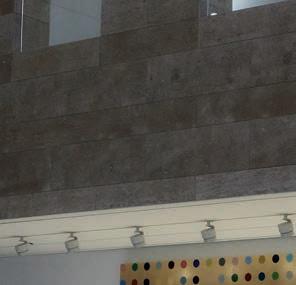

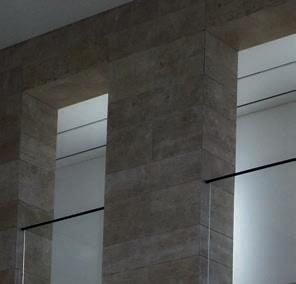
그림을 구입하게 된 사연에 대해 말씀해
주시겠어요?
파라다이스와 데미안 허스트와의 인연
은 2000년대 초반으로 거슬러 올라갑니
다. 허스트가 1997년 런던 왕립 아카데
미(RoyalAcademy)에서 열린 전시 《센세
이션: 사치 컬렉션으로부터의 영국 젊은
작가들(Sensation:YoungBritishArtists fromtheSaatchiCollection)》로 현대 미술
계에 등장한 이후, 저희는 그와 긴밀한
관계를 맺으며 작품 여러 점을 소장하게
되었습니다. 20년 가까이 이어진 이 관계
는 자연스럽게 파라다이스시티 프로젝트
로 이어졌고, 허스트에게 현대미술을 소
개하는 특별한 장소인 아트스페이스를
위한 작품을 부탁하게 되었습니다. 허스
트는 높이 3미터, 너비 9미터로 당시 가
장 큰 도트 페인팅이었던 〈아우러스 사이
아나이드(Aurous Cyanide)〉(2016)를 완성
하여 파라다이스시티를 위한 기념비적인
작품을 만들겠다는 약속을 지켰습니다.
파라다이스 시티에서는 한국 현대미술과 해외 현대미술이 활발하게 교류하고 있습 니다. 앞으로 이 관계가 어떻게 발전할 것 으로 보시나요?
최근 몇 년 동안 영화 〈기생충〉(2019), 드 라마 〈오징어 게임〉(2021), 케이팝 돌풍을 일으킨 방탄소년단(BTS) 등 K 컨텐츠가 전 세계를 사로잡고 있습니다. 여기서 한 발 짝 더 나아가 한국 미술과 미술시장에도 전 세계가 주목하고 있습니다. 프리즈가 아시아 최초의 도시로 서울을 선택한 것 만 봐도 예전과는 달라진 한국의 위상을 느낄 수 있죠. 한국 미술 시장의 규모는 상 대적으로 작지만, 그 역량을 증명해 보이 듯 팬데믹에도 그 활기를 잃지 않았습니 다. 이러한 한국만이 가진 힘과 특색으로 대중문화만큼 한국의 미술도 점차 더 많 은 세계인의 이목을 사로잡으며 그 관심과 수요가 더 높아질 것이라고 생각합니다.
《한국 실험미술1960–70(OnlytheYoung: ExperimentalArtinKorea, 1960s–1970s)》
이라는 제목으로 뉴욕 솔로몬 R. 구겐하임 미술관(Solomon R GuggenheimMuseum) 에서 열린 최근 전시는 이러한 높은 관심 을 보여주는 증거입니다. 파라다이스시티는 허스트의 〈골든 레 전드(Golden Legend)〉(2014), 쿠사마 야요이 (YayoiKusama)의 〈Great Gigantic Pumpkin〉 (2014) 등 세계적으로 유명한 예술가들의 작품을 소장하고 있는 것으로 널리 알려져 있습니다. 하지만 박서보, 김창열, 이강소 같은 한국의 거장들과 이가진 같은 젊은 작가들의 작품뿐만 아니라 다양한 국가, 장르, 세대의 작품도 만나볼 수 있습니다. 저희의 목표는 파라다이스시티가 세계 무 대에서 한국 예술의 위상을 높이는 ‘Kstyle destination’으로 자리매김하는 것입니다.
Last year, in collaboration with Professor Sang-Hoon Kim of Seoul National University and other experts, we published Korea Art Market 2022, an Englishlanguage report introducing the essence of the Korean art market overseas.
Beyond simply presenting and exhibiting artworks, Paradise is committed to nurturing Korean artists through ongoing research programs and the creation and production support project such as the Paradise Art Lab. Our goal is to serve as a hub where international and Korean artworks can come together like a patchwork quilt made up of diverse patterns and colours. To this end, we will continue to make every e ort and provide extensive support.
How would you characterize the Korean contemporary art scene right now?





What makes it so vital in your eyes?
More and more female artists are making their presence felt on the Korean art scene. e 59th Venice Biennale, where most participating artists were women, featured Mire Lee and Geumhyung Jeong, both born in the 1980s. Moreover, the list of the world’s top 1,000 artists, compiled by Artfacts, includes Lee Bul, Kimsooja and Haegue Yang.


In Korea, young women born between 1980 and 2000—known as Millennials or Gen Z—are the most engaged with arts and culture. ey cherish and nurture their own sensibilities and place a high value on networking with each other. For example, they don’t hesitate to commu-
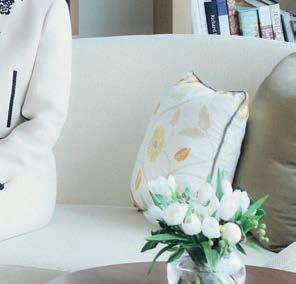
nicate directly with artists via Instagram, use hashtags to find out about new ones and search for relevant information or ways to purchase artworks. In essence, the younger generations have come to embrace and enjoy contemporary art, which usually requires a basic understanding of philosophical and artistic concepts. is growing interest in art and culture has undoubtedly led to a greater focus on female artists.
What were your impressions of the first Frieze Seoul? What do you anticipate for this next edition?




I remember the Korean art scene buzzing with excitement from the moment the news broke that Seoul would be the first Asian city to host Frieze. Alongside the ongoing boom in the Korean art market, there were both high expectations and apprehensions. However, when Frieze Seoul finally opened, I realized that “Frieze never disappoints!”
Like everyone else, I am looking forward to the second edition with a fluttering heart rather than a vague sense of anticipation. I hope that galleries that were reluctant to participate last year, or that opted for safety rather than innovation, will all come this year and contribute to the fair’s diversity. As Frieze Seoul continues to take root, I expect it to establish itself as an important axis of the Korean art scene and thus play a pivotal role in promoting Korean art to the wider world. You collect with your husband, Mr. Phillip Chun. How do you make joint
작년에는 김상훈 서울대 교수 등 전문가
들과 협업해 한국 미술시장의 정수를 해
외에 소개하는 영문 보고서 『코리아 아트
마켓 2022(Korea Art Market 2022)』를 발
간하기도 했습니다. 파라다이스는 단순히 미술 작품을 소
개하고 전시하는 것을 넘어 지속적인 연
구 프로그램과 파라다이스 아트랩과 같은
창작 및 제작 지원 사업을 통해 한국 예술
가 육성에 힘쓰고 있습니다. 파라다이스
의 목표는 다양한 패턴과 색감으로 이루
어진 패치워크 퀼트처럼 국내외 예술 작
품이 함께 어우러지는 허브 역할을 하는
것입니다. 이를 위해 앞으로도 다양한 지
원과 노력을 아끼지 않겠습니다.
현재 한국 현대미술계를 어떻게 진단하
시나요? 어떤 점이 중요하다고 생각하십
니까?
점점 더 많은 여성 작가들이 한국 미술
계에서 존재감을 드러내고 있습니다. 참
여 작가 대부분이 여성이었던 제59회 베
니스 비엔날레에서는 1980년대생인 이미
래와 정금형이 참여했습니다. 또한 아트
팩츠(Artifacts)가 선정한 〈세계 아티스트
Top1000명〉 명단에는 이불, 김수자, 양혜
규가 이름을 올렸습니다.
한국에서는 MZ 세대로 불리는 1980
년에서 2000년 사이에 태어난 젊은 여성
들이 예술과 문화에 가장 많이 참여하고
있습니다. 이들은 자신만의 감성을 중요
하게 여기고 가꾸며, 서로 간의 네트워킹
을 중요하게 생각합니다. 예를 들어, 이들
은 인스타그램을 통해 아티스트와 직접
소통하고, 해시태그를 사용하여 새로운
아티스트에 대해 알아보고, 관련 정보나
작품 구매 방법을 검색하는 데 주저하지 않습니다. 젊은 세대는 철학적, 예술적 개
념에 대한 기본적인 이해가 필요한 현대
미술을 자연스럽게 받아들이고 즐기고 있
는 것입니다. 예술과 문화에 대한 관심이
높아지면서 여성 아티스트에 대한 관심도
높아진 것은 분명합니다.
첫 번째 프리즈 서울에 대한 소감은 어땠
나요? 다음 프리즈 서울에 대해 어떤 기대
를 하고 있나요?
서울이 아시아 최초로 프리즈를 개최한다
는 소식이 전해진 순간부터 한국 미술계는
흥분으로 들썩였던 기억이 납니다. 한국
미술 시장의 지속적인 호황과 함께 기대와
우려가 동시에 있었죠. 하지만 프리즈 서
울이 개최되었을 때 ‘역시 프리즈는 프리
즈다!’ 라고 생각을 했습니다. 다른 모든 분
들과 마찬가지로 저도 막연한 기대감보다
는 설레는 마음으로 2회를 기다리고 있습
니다. 첫해에 참여를 망설였던 갤러리 혹
은 혁신보다는 안정을 추구했던 갤러리들
이 더욱 적극적으로 다양하게 프리즈 서울
을 채워 줄 것이라고 기대해 봅니다. 프리
즈 서울이 해를 거듭할수록 한국 미술계에
중요한 한 축으로 자리 잡아 한국 미술을
세계에 알리는 교두보로서 한국 미술 발전
에 큰 역할을 해주기를 바랍니다.
남편인 전필립(PhillipChun) 씨와 함께
수집을 하고 계십니다. 컬렉션에 대한 의
사 결정은 어떻게 함께 하시나요? 개별 작
품에 대한 서로 다른 입장을 어떻게 조율
하나요?
남편은 다양한 예술분야에 대한 안목을 바
탕으로 본능에 의해 판단하시는 편이고, 저는 자료에 기초하여 심사숙고하는 편입
니다. 저는 아티스트나 작품에 대한 정보
를 수집하여 필립과 공유하고 최종 결정을
내립니다.
Above Elizabeth Chun at Paradise City with (on wall) Je Yeo Ran, Usquam Nusquam 2016
decisions about your collection? How do you negotiate di erent positions on individual artworks?

Phillip tends to rely on his intuition, while I lean towards data-driven decisionmaking. I gather information about artists or artworks and share it with him. en he makes the final call. I have complete faith in his intuition and judgment, so we do not have di erences of opinion. What are some of the works you live with, as opposed to putting on display at Incheon? Do you look for di erent qualities in works that you spend time with in this way?
My private collection is mainly contemporary art. I own works by internationally renowned artists such as Ed Ruscha, and works by a number of remarkable Korean artists such as Lee Ufan and Haegue Yang. e works I’ve collected for myself reflect my personal taste, while most of the works on display in Paradise City are owned by the Paradise Group and therefore represent the company’s vision and philosophy, or the message we hope to convey to our customers. Needless to say, there are many more factors to consider when selecting work for Paradise City. Each piece must be in harmony with the style and interior of the hotel and we take great care to ensure that the chosen works will appeal to people of all ages and backgrounds.
What is your most recent acquisition, and what is on your radar as a piece to consider soon?
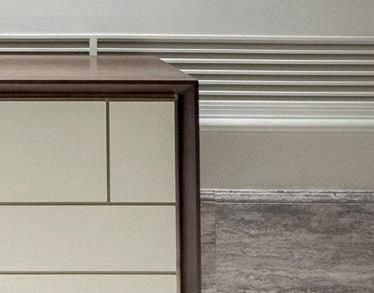
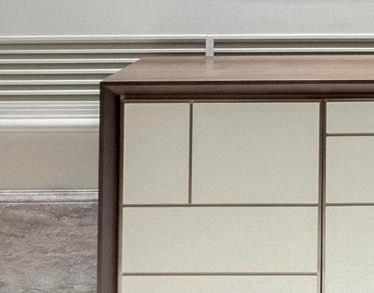
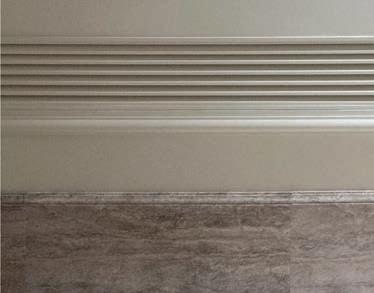
In recent years, exceptional female artists have come to the fore in the contemporary art world. I once came across an oil painting by Elizabeth Peyton and was captivated by the sheer energy and charm it exuded despite its small size. I remember standing in front of it for a long time, completely lost in it. Although her portraits are of familiar figures, they have the power to make us see them in a new light. I am usually very cautious about buying works, but with this particular piece, I felt almost destined to collect it. It can’t be a coincidence that the artist, the painting and the collector are all named Elizabeth.
I’ve also been on the lookout for promising but underrated Asian artists. Young artists such as Yiyun Kang, whose recent collaboration with Jaeger-LeCoultre has been in the spotlight, and Heejoon Lee has also caught my attention. What are the most important lessons you’ve learned on your collecting journey?


I make a point of visiting and experiencing as many exhibitions and cultural spaces as time allows. I try my best to interact with those in the field at every opportunity. By constantly networking with the local and global art scene, I come across artists or works that resonate with me. Often, discussions with artists about their creative intentions lead to the discovery of works that inspire deep reflection, while ongoing communication with critics and curators helps me keep abreast of the latest trends in the field.
ese endeavours add depth and breadth to my perspective on art, business and life in general.
인천에서 전시하는 작품 이외에 소장하고
있는 다른 작품에는 어떤 것들이 있나요?
이렇게 함께 시간을 보내는 작품에서 다
른 특성을 찾나요?
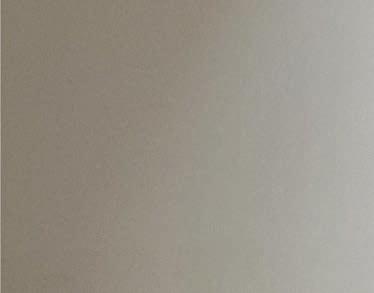

제 개인 컬렉션은 주로 현대 미술입니다.
에드 루샤(EdRuscha) 등 세계적으로 유명



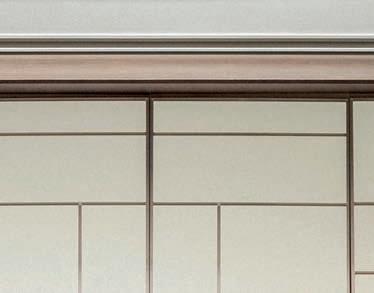
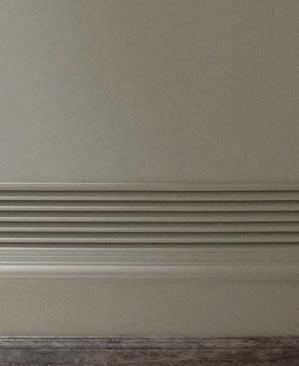




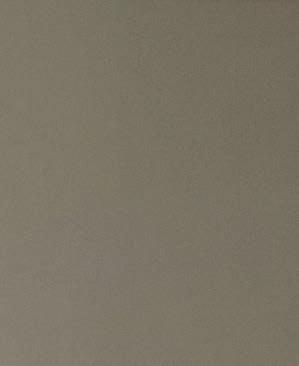


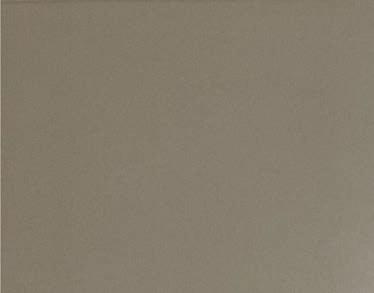
한 작가들의 작품과 이우환, 양혜규 등 한 국에서도 주목할 만한 작가들의 작품을 소장하고 있습니다. 개인적으로 수집한
작품들은 개인적인 취향을 반영한 것이 지만, 파라다이스시티에 전시된 작품들은 대부분 파라다이스그룹(ParadiseGroup)이 소유하고 있는 것으로 파라다이스가 펼쳐
가고자 하는 비전과 철학, 또는 고객들에
게 전달하고자 하는 메시지를 담고 있습 니다. 말할 필요도 없이 파라다이스시티
에 전시할 작품을 선정할 때 고려해야 할
요소는 더 많습니다. 각 작품은 호텔이라
는 공간의 특성과 인테리어와 조화를 이
루어야 하고, 다양한 연령대와 배경을 가
진 사람 모두가 공감하고 즐길 수 있는 작
품을 선택하기 위하여 그 과정에 더욱 조
심스럽게 접근하고 있습니다.
가장 최근에 구입한 작품과 곧 구입을 고
려하고 있는 작품은 무엇인가요?
최근 몇 년 동안 현대 미술계에서는 뛰
어난 여성 작가들이 두각을 나타내고 있
습니다. 그 중 우연히 엘리자베스 페이튼 (ElizabethPeyton)의 유화 작품을 보게 되
었는데, 작은 크기에도 불구하고 작품이
뿜어내는 순수한 에너지와 매력에 매료
된 적이 있습니다. 한참 동안 그 앞에 서
서 그림에 완전히 빠져들었던 기억이 납 니다. 그녀의 초상화는 우리가 아는 인물
이지만 항상 그 대상을 새로운 관점으로
바라보게 하는 힘이 있습니다. 평소 작품
구매에 매우 신중한 편인데, 이 작품은 거 의 운명적으로 소장해야 할 것 같았어요. 작가의 이름, 작품의 제목, 컬렉터(저)의
이름이 모두 엘리자베스라는 것은 우연이 아닐 것입니다.
저는 또한 유망하지만 과소평가된 아 시아 작가들을 주목하고 있습니다. 최근
예거 르쿨트르(Jaeger-LeCoultre)와의 협업
으로 주목받고 있는 강이연 작가나 이희
준 작가와 같은 젊은 작가들도 주목하고
있는 작가 중에 하나입니다.
수집 여정에서 얻은 가장 중요한 교훈은
무엇인가요?
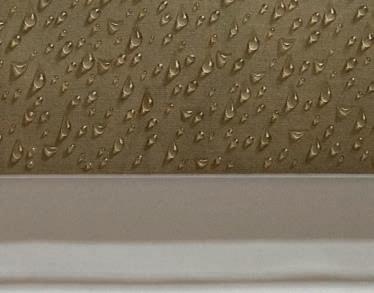
가장 기본적인 것일 수도 있는데 현장에 답이 있다는 점입니다. 시간이 허락하는
대로 보고 느끼기 위해 열심히 전시나 문
화 공간들을 찾아다니고 현장의 분들과
만나려고 합니다. 국내뿐만 아니라 글로
벌 아트씬과 꾸준히 네트워킹하고, 다양
한 사례를 보고, 듣고, 경험하는 가운데
내 마음에 울림을 주는 작가 혹은 작품을
만나게 된다는 것을 알았습니다. 작가와
창작 의도, 표현법에 대한 대화를 나누면
서 깊은 성찰과 감명을 주는 작품을 찾아 내기도 하고, 비평가나 큐레이터 등 현장
과 꾸준한 소통을 통해 흐름을 놓치지 않 으려고 노력합니다. 그런
전엘리자베스는 한국 서울에 위치한 파라다이스
그룹의 부회장과 파라다이스문화재단의 회장으로
활동하고 있다.
Above Kim Tschang-Yeul, Waterdrops, 1975 Elizabeth Chun is Vice Chairman of Paradise Group and Chairman of Paradise Cultural Foundation in Seoul, Korea.



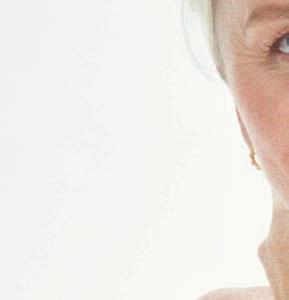





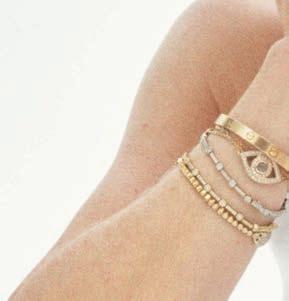







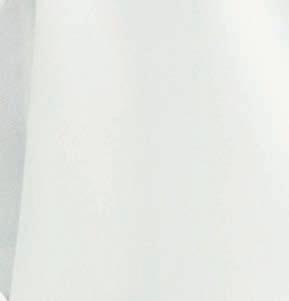
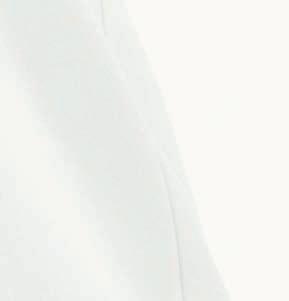







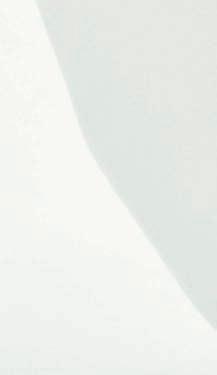





























Specially commissioned for Frieze Week magazine, Seoul-based photographer RalaChoi’s series takes the five symbolic colours of obangsaek, the traditional Korean spectrum, to reflect on the body, identity and belonging: an extended meditation in white, black, yellow, blue and red.
서울을기반으로활동하는포토그래퍼최랄라가프리즈위크매거진의특별한의뢰로한국의전통색인오방색을이루는흰색, 검은색,노란색,파란색,빨간색을활용,몸과정체성,소속감에대한성찰을확장한다.
Rala Choi is an artist and photographer. In 2022, he was awarded the Photography Grand Prix at the 37th International Festival of Fashion, Photography and Accessories, Hyères, France. He lives in Seoul, Korea.
(International
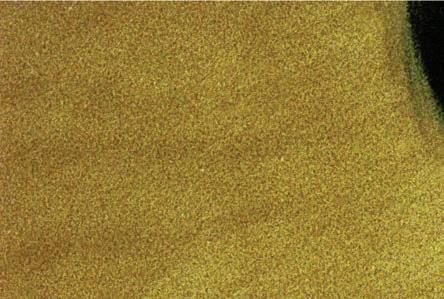


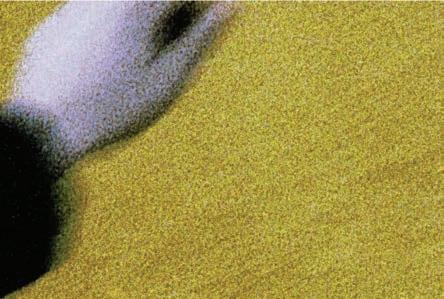



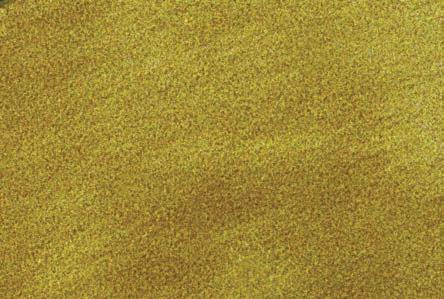


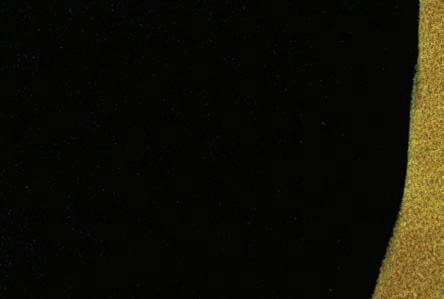
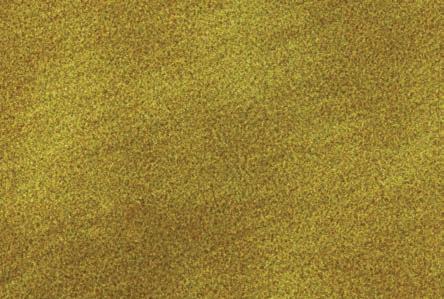


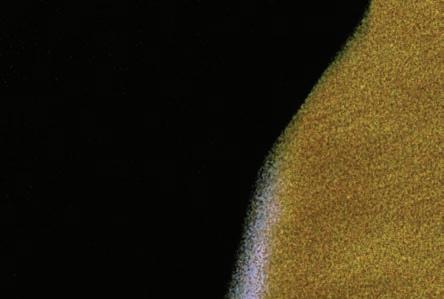





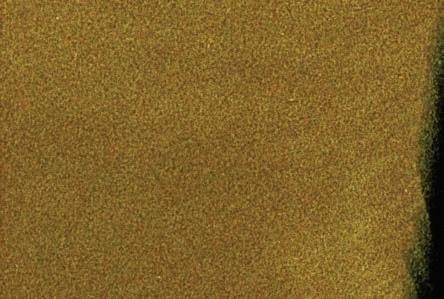


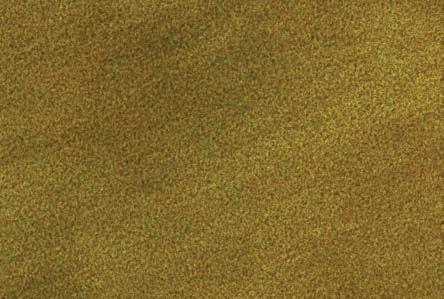
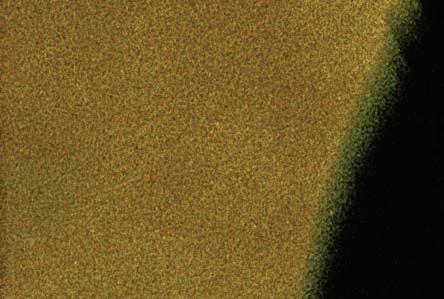







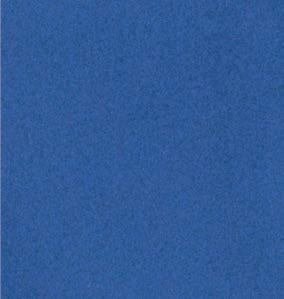


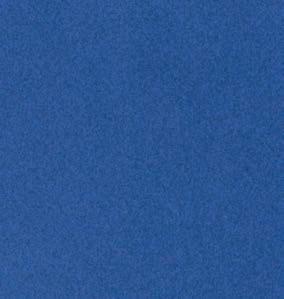

















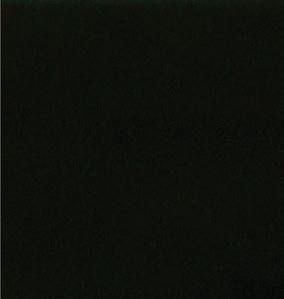
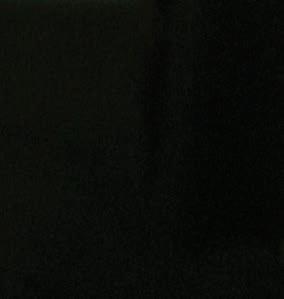

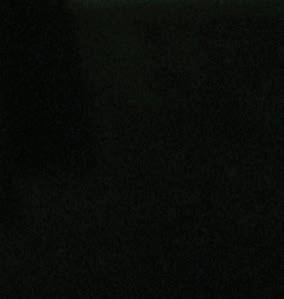


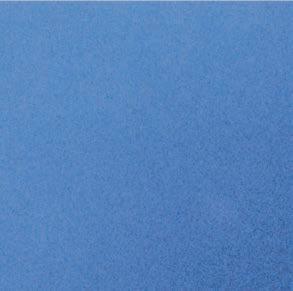

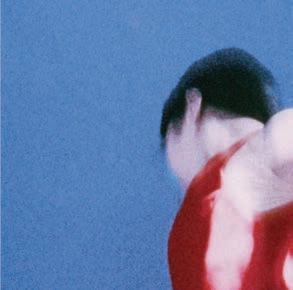
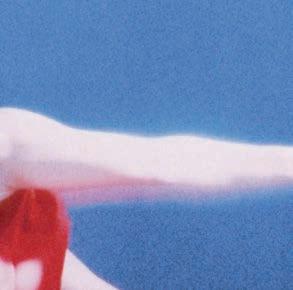


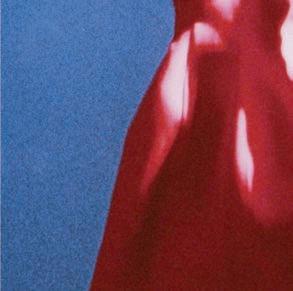








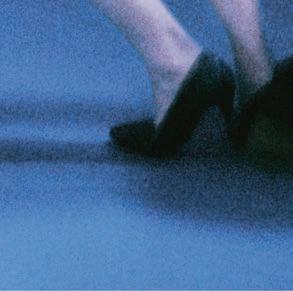







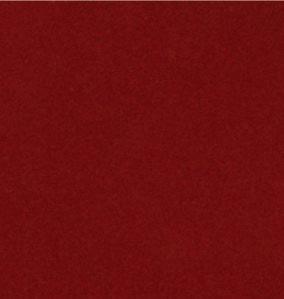





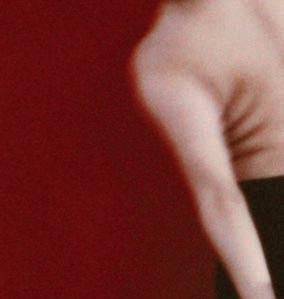




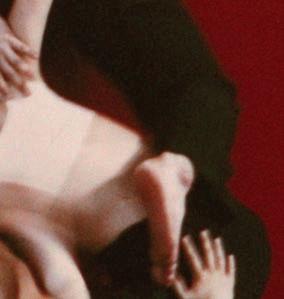











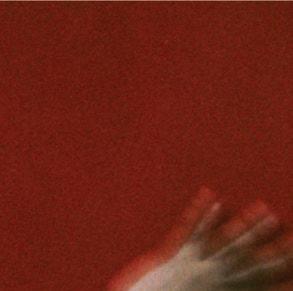





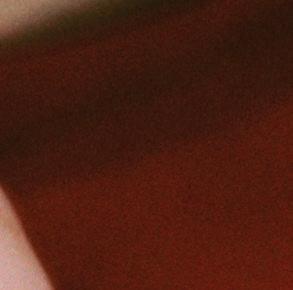




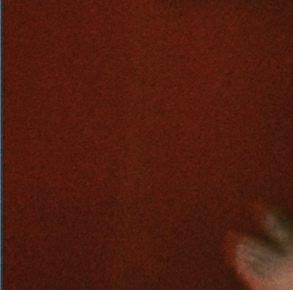
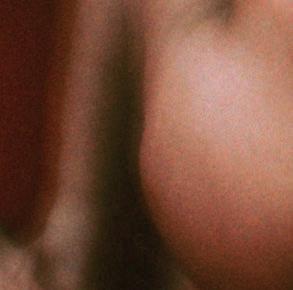





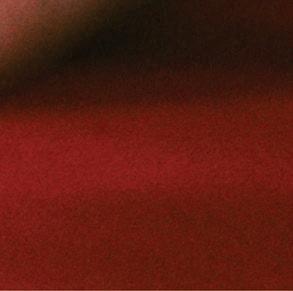














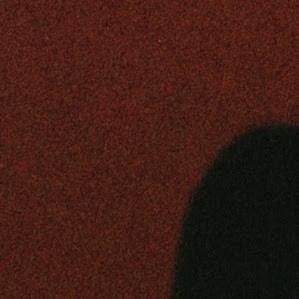







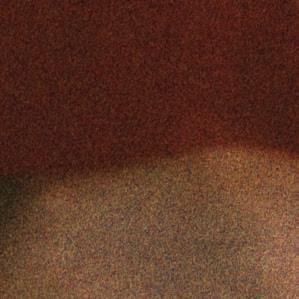

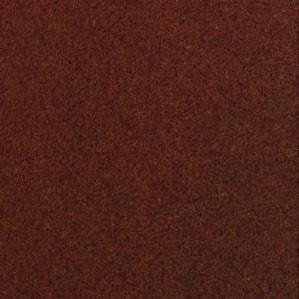
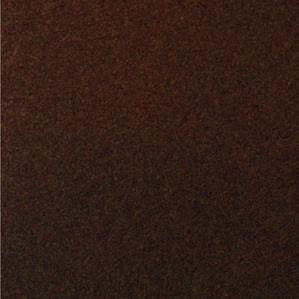
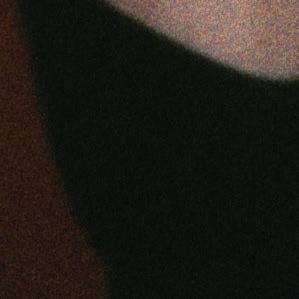
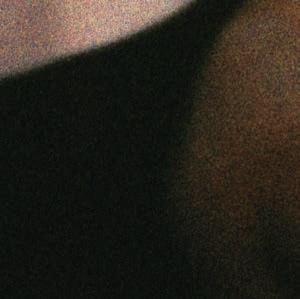







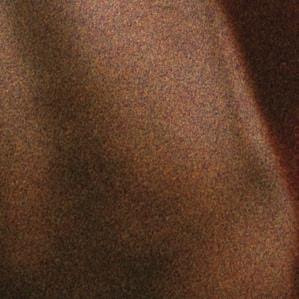

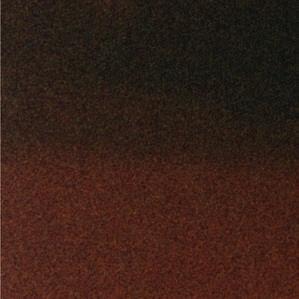









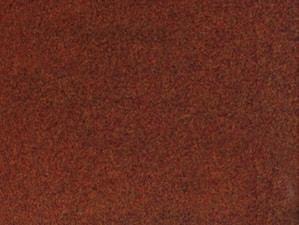


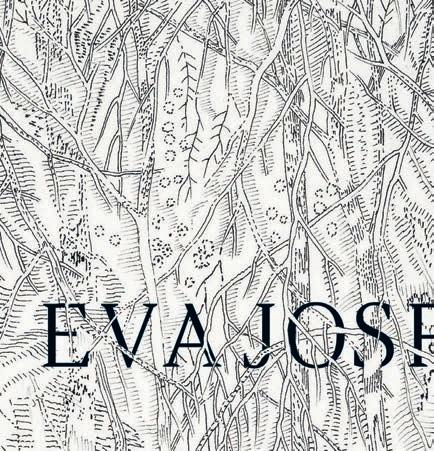



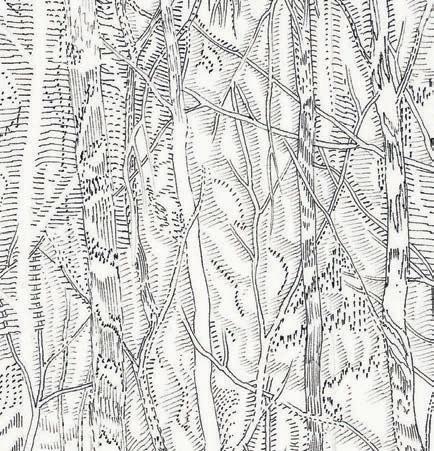


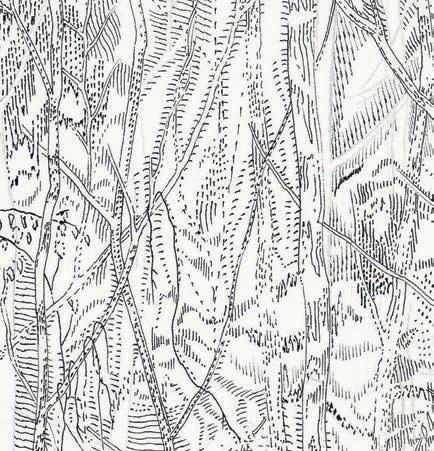

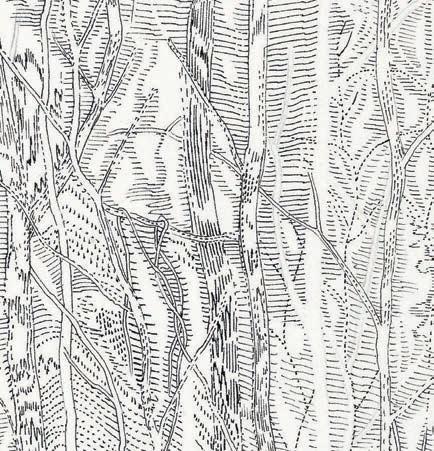







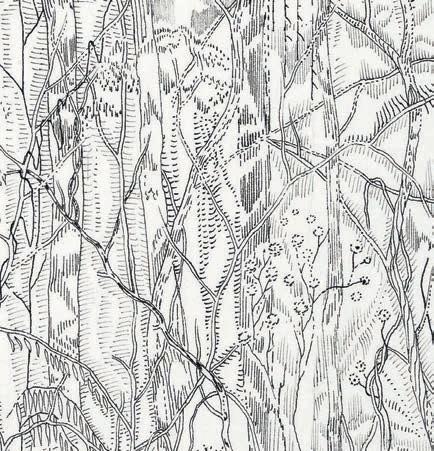

Seoul Mediacity Biennale at Seoul Museum of Art
Titled “ is Too, Is a Map”, Seoul’s Mediacity Biennale returns for its 12th edition in 2023. Confirmed participants include: Animali Domestici, Mercedes Azpilicueta, Kent Chan, Chan Sook Choi, Jesse Chun, Fyerool Darma, Torkwase Dyson, Ximena Garrido-Lecca, Femke Herregraven, ikkibawiKrrr, Francois Knoetze, Sasha Litvintseva & Beny Wagner, Anna Maria Maiolino, Sanou Oumar, Jaye Rhee, Bo Wang, Agustina Woodgate, Guido Yannitto and Shen Xin.
As the title suggests, this year’s bienniale is themed around interconnectivity, networks and infrastructure, and this time it will participate in Seoul Art Week with selected projects and programs featuring in the Frieze and KIAF art fairs from September 6, before the biennale proper opens.
Under the new directorship of Rachael Rakes, this edition considers di erent ideas of linkages and breakages, from cultural diaspora and physical displacements, to borders and transnational systems, languages and coded communications—cartographies that subvert the supposed rationality of the map. Specific to its location, it also looks at the place that Seoul occupies within the post-industrial environment of 21st-century Korea, and as a global focal point for the arts. Start your cultural orienteering here. Seoul Museum of Art (SeMA) and other locations, September 21–November 19. Selected presentations from September 6.
4th Seoul Biennale of Architecture and Urbanism at Seoul Hall of Urbanism and Architecture
Not about to be outdone in the biennale stakes, the Seoul Biennale of Architecture and Urbanism has its fourth edition this year, hosting the “Seoul 100-year Masterplan Exhibition”. Directed by architect Cho Byoung-soo and curated by Eui Young Chun, Leif Høgfeldt Hansen, Sara Kim, Lim Jinyoung and Sang Hoon Youm, the biennale called for proposals in 2022, with the winning schemes now going on display. Across three key fields— ecology, topography and views—the projects address a wide range of planning issues facing the Korean capital over the next century, as well as the ways it can rationalize and improve upon the legacy of the past, especially with regards to the huge expansion the city underwent in the period following the Korean War.
Specific areas of interest include the integration of the urban and the natural, creating better eco-friendly developments, future-proofing infrastructure and the renovation and repurposing of rundown or empty buildings. In the words of Cho Byoung-soo, “ is open competition will serve as an opportunity to regain Seoul’s original identity, while reconfiguring it as a futuristic city, and unveiling its environmental/topographical features to the fullest.” See the future here, now.
Songhyeon Green Plaza, the area surrounding the Seoul Hall of Urbanism & Architecture. September 21–October 29.
Kim Beom and Suki Seokyeong Kang at Leeum Museum
e reimagined Leeum Museum is presenting two separate and intriguinglooking solo shows over the summer and autumn, from Korean artists Kim Beom
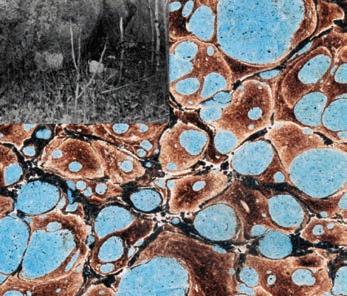





and Suki Seokyeong Kang. With a career spanning more than three decades, Kim’s show represents a significant retrospective of his work to date. He is best known for his absurdist conceptual take on the domestic and quotidian as well as his witty way with titles, such as: Untitled (Front Toe of Lion Standing on a Miniature Axe at Was Lost by a Tourist from Hawaii) (2016). Kang’s work also embraces the domestic- and human-scaled in order to question the rules and codes that are embedded within cultural, communal and personal identities. Her practice includes painting, sculpture, performance, video and installation, and her use of the grid as an organizational framework is recurrent throughout her work. Traditional Korean musical notation and weaving are some of her key influences. ematically complementary, each of these exhibitions promises to be a fascinating overview of an important Korean artist.
Leeum Museum. Kim Beom (July–November) and Suki Seokyeong Kang (September–January 2024).
“Game Society” at MMCA
It’s 50 years since the birth of video games, so it’s hardly surprising that their influence is visible in everything from art to advertising, and increasingly driving the AI and virtual-reality debates. is important show at the National Museum of Modern and Contemporary Art specifically looks at the role that video games now play in a post-pandemic, post-lockdown world.
“Game Society” investigates what happens when the virtual space becomes “real life”, when the ways we socialize are mediated by technology and how the increasing gamification of our everyday lives o ers both challenges and opportunities for creative practitioners. e show features more than 30 works by contemporary artists who have been influenced by the language and aesthetics of video games, as well as nine actual games for you to play—just in case it’s all getting a bit conceptual and not hands-on enough for you. e games are borrowed from several important global collections including the Museum of Modern Art, New York, and the Smithsonian American Art Museum, Washington DC.
“Game Society” at MMCA. May 12–September 10.
Sonje Center
Perhaps no Korean artist has been as active in documenting the transformation of their country as the painter and sculptor Suh Yongsun. For five decades he has explored the themes of “people, cities and history”: how individuals are part of—and yet stand apart from —communities, conurbations and the past. In his works, figures are frequently presented in disturbing and inexplicable dreamlike scenarios—with suggestions of totalitarianism, interrogations and incarceration—alongside a lyrical, mythic strain and recurring natural motifs, especially the pine tree.
Suh frequently looks to Western painting, particularly expressionism, and depicts
remote historical events (including one of the best-ever paintings of Stalin in Postdam Conference [2012]). Yet his work is always infused with a poignant cultural specificity and his palette evokes Eastern pictographic traditions.
is show at Art Sonje Center presents more than 70 of Suh’s works, dating back to the 1980s, and invites a fresh understanding of his practice as related to, but distinct from, the conventional linear reading of modern Korean art history. In his life, as in his art, Suh remains a figure apart.
Art Sonje Center, July 15–October 22 (parts 1 and 2), September 15–October 22 (part 3).



서울시립미술관 《서울미디어시티비엔
날레》 서울 미디어시티 비엔날레가 ‘이것 역 시 지도’라는 주제로 제12회를 맞이한
다. 확정된 참여 작가로는 아니말리 도
메스티치(AnimaliDomestici), 메르세데
스 아스필리쿠에타(MercedesAzpilicueta), 켄트 찬(KentChan), 최찬숙(ChanSook Choi), 제시 천(JesseChun), 파이어룰
달마(FyeroolDarma), 토크와세 다이슨 (TorkwaseDyson), 히메나 가리도-레카 (XimenaGarrido-Lecca), 펨케 헤레그라 벤(FemkeHerregraven), 이끼바위쿠르르 (ikkibawiKrrr), 프랑소와 노체(Francois Knoetze), 사샤 리트빈체바 & 베니 바그너 (SashaLitvintseva&BenyWagner), 안나
마리아 마이올리노(AnnaMariaMaiolino),
사노우 우마르(SanouOumar), 이재이(Jaye Rhee), 왕보(BoWang), 아구스티나 우드게
이트(AgustinaWoodgate), 구이도 야니토
(GuidoYannitto), 쉔신(ShenXin)이 있다.
제목에서 알 수 있듯이 올해 비엔날레
는 상호 연결성, 네트워크, 인프라를 주제
로 하며, 비엔날레가 본격적으로 개막하
기 전인 9월 6일부터 서울아트위크에 참
여하여 프로젝트와 프로그램 일부를 프리
즈와 KIAF 아트페어에 선보일 예정이다.
레이첼 레이크스(RachaelRakes)의 디
렉팅으로 진행되는 이번 전시는 문화적
디아스포라와 물리적 이주, 국경과 초국
가적 시스템, 언어와 코드화된 커뮤니케
이션, 지도의 합리성을 전복하는 지도 제
작 등 연결과 단절에 대한 다양한 아이
디어를 고찰한다. 또한 21세기 한국의 탈
산업 환경과 예술의 글로벌 중심지로서
서울이 차지하고 있는 위치를 살펴본다.
이 전시를 통해 서울에서의 문화 일정을
시작해보길 권한다.
서울시립미술관(SeMA) 및 기타 장소, 9월 21일~11월 19일. 9월 6일부터 선별된 프
레젠테이션 예정.
서울도시건축전시관 《제4회 서울도시건
축비엔날레》
서울도시건축비엔날레가 올해로 4회째를
맞아 《서울 100년 마스터플랜전》을 개최
한다. 건축가 조병수가 디렉팅을 맡고 천
의영, 레이프 호그펠트 한센(LeifHøgfeldt Hansen), 김사라, 임진영, 염상훈이 큐레
이션을 맡은 이번 비엔날레는 2022년 마
스터플랜을 공모했으며, 현재 당선작이
전시되고 있다. 생태, 지형, 경관 등 세 가
지 주요 분야에 걸친 이 프로젝트는 다
음 세기 동안 서울이 직면할 도시 계획 문
제를 다루며, 특히 한국전쟁 이후 도시가
크게 확장된 것과 관련하여 과거의 유산
을 합리화하고 개선할 수 있는 방법을 다
루고 있다. 특히 도시와 자연의 통합, 친 환경적인 개발, 미래지향적인 인프라 구
축, 낡거나 비어 있는 건물의 리노베이션
및 용도 변경 등 다양한 분야를 다룬다.
조병수 총감독에 따르면 “이번 전시는 서
울 본연의 정체성을 되찾는 동시에 미래
형 도시로 재구성하고 환경적-지형적 특
징을 최대한 드러낼 수 있는 계기가 될
것”이다. 지금, 이 곳에서 미래를 만나볼
수 있다.
서울도시건축전시관 및 송현동 열린 녹지
광장. 9월 1일~10 월 29일.
리움미술관 김범, 강서경 개인전
새롭게 단장한 리움미술관에서는 여름
과 가을에 걸쳐 한국 작가 김범과 강서
경의 개인전을 두 차례에 걸쳐 선보인
다. 30년이 넘는 경력을 가진 김범의 개인
전은 지금까지의 작업을 돌아보는 뜻깊
은 자리다. 김범은 친근하고 일상적인 소
재를 부조리한 개념으로 재해석하고 재
치 있는 제목을 붙이는 것으로 잘 알려
져 있으며, 이번 전시에서 선보이는 〈무
제(Front Toe of Lion Standing on a Miniature Axe That Was Lost by a Tourist from Hawaii)〉(2016)가 이를 잘 보여준다.
또한 강서경은 문화적, 공동체적, 개
인적 정체성에 내재한 규칙과 규범에 의
문을 제기하고자 일상과 인간적 규모를
아우르는 작업을 선보인다. 강서경의 작
업은 회화, 조각, 퍼포먼스, 비디오와설치
를 포괄하며, 작업 전반에서 그리드를 조
직적 틀로 사용한다. 이러한 작업은 한국
전통 악보와 직조에 영향을 받은 것이다.
상호보완적인 두 전시는 한국의 주요
작가들을 알아볼 수 있는 매력적인 기회
를 안겨줄 것이다.
리움 미술관. 김범, 2023년 7월-11월, 강서
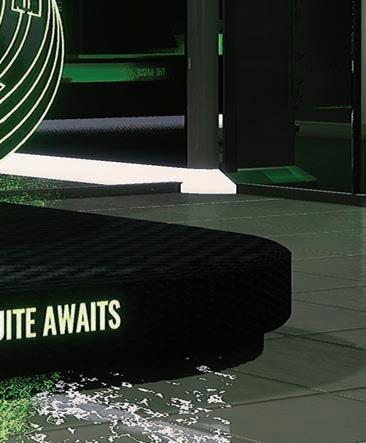
경2023년 9월-2024년 1월.

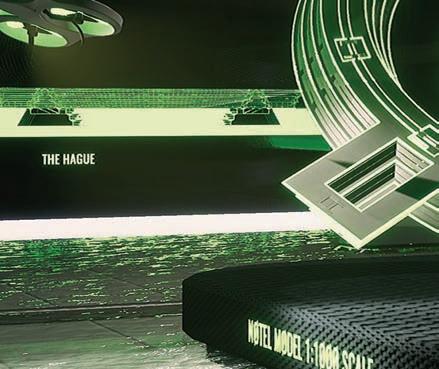



국립현대미술관 《게임사회》 비디오 게임이 탄생한 지 50년이 지난 지 금, 게임의 영향력은 예술에서 광고까지 모든 분야에 이르며 인공지능과 가상현실 에 대한 논의를 이끌고 있다. 국립현대미 술관에서 열리는 이 중요한 전시는 팬데 믹 이후, 봉쇄 이후의 세상에서 비디오 게 임이 어떤 역할을 하고 있는지 구체적으 로 살펴본다.
《게임사회》는 가상 공간이 '현실 이 될 때, 우리가 관계를 맺는 방식이 기술에 의 해 매개될 때 어떤 일이 일어나는지, 그리 고 일상 생활의 '게임화 가 창창작자들에 게 어떻게 도전과 기회를 동시에 제공하 는지 탐구한다. 전시장에서는 비디오 게 임의 언어와 미학에 영향을 받은 동시대 미술 작품 30여 점과 더불어 9개의 실제 게임을 선보여 전시의 개념을 넘어 직접 체험할 기회를 제공한다. 전시된 게임은 뉴욕 현대미술관과 워싱턴 DC 스미소니 언 미국 미술관 등 여러 컬렉션을 통해 대 여한 소장품들이다.
국립현대미술관 《게임사회》, 5월12일9월10일.
《서용선: 내 이름은 빨강》, 아트선재센터 화가이자 조각가인 서용선은 한국의 변화 를 적극적으로 기록해왔다. 그는 50년 동 안 ‘사람, 도시, 역사’라는 주제를 다루며 개인이 어떻게 공동체, 도시, 과거에 소속 되어 있으면서도 분리되어 있는지 탐구 해 왔다. 그의 작품에서 인물들은 서정적 이고 신화적인 긴장감, 반복되는 자연 모 티브, 특히 소나무와 함께 전체주의, 심 문, 감금 등의 암시와 함께 불안하고 설명 할 수 없는 꿈 같은 시나리오에 자주 등 장한다.
작가는 서양화, 특히 표현주의를 자 주 참조하며 그의 작품 중 최고로 꼽히는 〈포츠담회의〉(2012)의 스탈린과 같이 먼 역사적 사건을 묘사한다. 그러나 그의 작 품에는 항상 문화적 특수성이 녹아 있으 며 그의 팔레트는 동양의 회화적 전통을 연상시킨다.
아트선재센터에서 열리는 이번 전시 에서는 1980년대부터 시작된 작품 70여 점을 선보이며, 한국 현대미술사를 선형 적으로 읽는 기존의 시각과는 다른 새로 운 시각으로 그의 작품세계를 이해할 수 있는 기회를 제공한다. 삶과 예술로 돋보 이는 작가 서용선의 작업을 만나보자. 아트선재센터, 7월 15일-10월 22일(1, 2부), 9월 15일-10월 22일(3부)
크리스 웨이웰(Chris Waywell)은 프리즈 스튜디오의 수석 에디 터이며, 영국 런던에 거주합니다.
9 월을 맞아, 서울 전역의 미술관과 전시공간이 주요 전시를 선보인다.


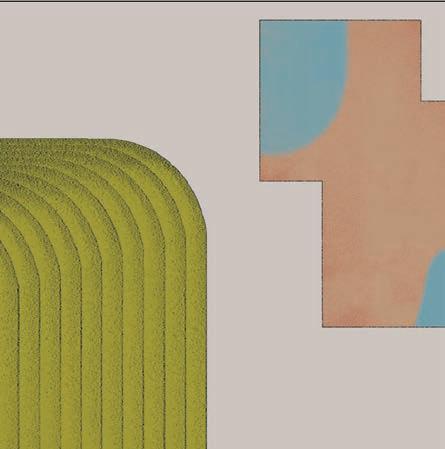












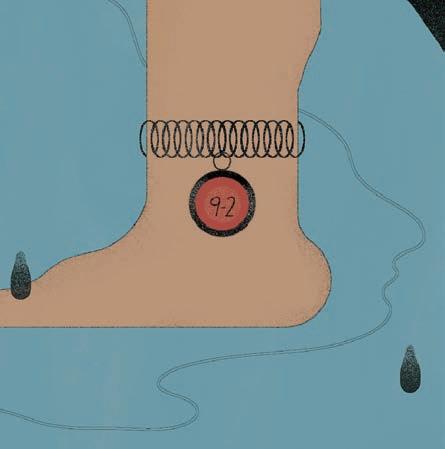


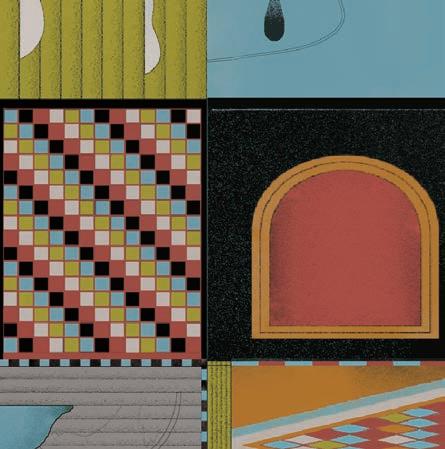
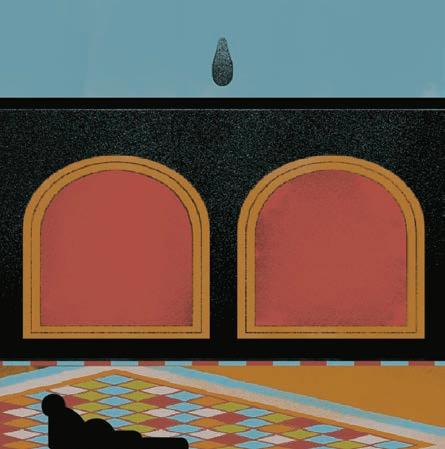
From the humble to the sumptuous, Seoul’s traditional bathhouses are an integral part of the city’s culture.
Seoul is a beauty capital: chock-a-block with massage parlours, medi-clinics, public bathhouses and luxury spas. Koreans are known for maintaining elaborate skincare regimens at home and making regular trips to the spa. After a hard day’s work, locals don’t compromise on self-care; besides being serious about skincare, Koreans enjoy unwinding and socializing in bathhouses called jimjilbangs which translates literally as “steaming rooms”. A distinctly Korean institution, they are fascinating social microcosms. Large, casual and communal, jimjilbangs are gender-segregated, and nudity is the norm. Open 24/7, they not only o er saunas, soaking pools and steam facilities but often contain fully-fledged restaurants, cave-like rooms for taking a nap and relaxation zones where people can lie on floor mats, chat, watch TV or play computer games.
From luxurious jimjilbangs to a futuristic “life centre”, here is our shortlist of the city’s best spas.
According to an old local saying, “You’re not really friends with someone until you’ve bathed naked together in a jimjilbang.”
While most bathhouses give you an unusual brightly-coloured uniform consisting of matching oversized t-shirt and shorts, Spa Lei is among the more refined women-only jimjilbangs where you can don a stylish robe instead. After an evening out or a long work day, locals often head here for a night of pampering and relaxation.
A rarity in a city spa, it boasts a charming outdoor bath as well as a series of indoor pools. Try the Korean scrub—called seshin—administered by an ajumma (the a ectionate Korean term for an older lady). While this is not for the faint-hearted—they vigorously bu every inch of your body with a coarse cloth—it does slough away dead cells and results in baby-soft, glowing skin. Finish the treatment with a relaxing hair wash and simple facial with a chilled cucumber mask. You can also get your nails touched up or your eyebrows shaped before heading to the green rooftop restaurant which features a healthy menu of Korean classics.
Retreat Signiel Seoul
Stepping into Retreat Signiel is like being transported to a serene sanctuary in the sky. Perched on the 86th floor of South Korea’s tallest building, Lotte World Tower, the recently opened spa is already generating a lot of buzz. Celebrated South Korean designer Teo Yang—known for his modern take on traditional Korean aesthetics—designed the spa to be a journey through various Zen-like spaces. Beginning in the opulent oil atelier, you select a scented oil for your treatment before entering the tea atelier, and then finally settling into a tranquil treatment room. You can opt for a soothing aromatherapy massage or try the trending 24K anti-ageing gold facial. Another favourite on the menu is the chocolate facial in which your face is coated with 64 percent edible cacao, packed with antioxidantrich polyphenols leaving you with dewy, healthy skin. Stay on and linger in the post-treatment lounge where you can savour dainty Korean desserts while enjoying the city views.
Sulwhasoo Flagship Store and Spa
Stepping into famed Korean skincare brand Sulwhasoo’s Dosan-daero flagship store is like entering a labyrinthine art installation. Inspired by a glowing lantern, the interior of the building is cocooned in glimmering bronze lattice-work. Spread across five storeys, it houses two spas with both contemporary and more traditional o erings. For head-to-toe pampering, go for the Heritage Ginseng Journey in the luxurious basement spa which includes a facial and full-body treatment. It begins with a soothing red ginseng-infused foot bath and scrub. Upon lying down, a therapist places a metal singing bowl on your abdomen and strikes it gently, allowing the sounds to vibrate through your body.
Acupressure techniques are combined with products from Sulwhasoo’s concentrated ginseng range to minimize signs of ageing, and tighten and brighten skin. A series of airy passageways flanked by delicate brass latticework lead to the Sulwhasoo Balance Spa on level four which has a more modern menu. You can relax in a sunlit treatment room with
서울은 마사지숍, 피부 클리닉, 대중목욕
탕, 고급 스파가 밀집한 뷰티의 중심지다.
한국인들은 집에서 꼼꼼하게 스킨케어를
관리하고 정기적으로 목욕할 수 있는 곳
을 찾는다. 고된 하루 일과를 마친 뒤에도
자기 관리에 있어서는 타협하지 않으며, 스킨케어에 열중하는 것 외에도 찜질방에
서 긴장을 풀고 사교를 즐긴다. 한국적인
분위기가 물씬 풍기는 목욕탕은 매력적인
사회적 소우주다. 규모가 크고 캐주얼한
분위기의 공동 목욕탕인 찜질방은 남녀
가 구분되어 있고, 몸을 노출하는 경우가
보통이다. 연중무휴로 운영되는 찜질방은
사우나, 목욕탕, 찜질 시설 뿐 아니라 제
대로 갖춰진 식당, 낮잠을 잘 수 있는 동
굴 같은 방, 바닥에 깐 매트에 누워 담소
를 나누거나 TV를 시청하고 컴퓨터 게임
을 할 수 있는 휴식 공간도 갖추고 있다.
고급스러운 찜질방부터 미래지향적인
라이프 센터 까지, 서울 최고의 스파를 소
개한다.
스파레이 한국에서는 ‘찜질방에서 알몸으로 함께
목욕하기 전까지는 진짜 친구가 아니다’
라고 말하기도 한다. 대부분의 목욕탕이
오버사이즈 티셔츠와 반바지로
이뤄진 밝
은 색 유니폼을 제공하지만, 여성 전용 찜
질방인 스파레이에서는 세련된 가운을 입
을 수 있다. 저녁 외출이나 긴 하루 일과
를 마친 사람들은 종종 이곳에서 밤을 보
내며 휴식을 취하기도 한다. 게다가 도심
스파에서는 보기 드물게 매력적인 노천탕
과 실내 수영장도 있다. 스파레이에 왔다
면 한국식 스크럽인 세신을 받아보자. 때
수건으로 온몸 구석구석을 세게 문지르는
세신은 심장이 약한 사람을 위한 트리트
먼트는 아니지만, 각질을 제거하고 아기
처럼 부드럽고 윤기 나는 피부로 가꾸어
준다. 트리트먼트의 마무리는 편안한 헤
어 워시와 차가운 오이 마스크 페이셜로
진행해보자. 손톱이나 눈썹을 다듬은 뒤
건강한 한식 메뉴를 제공하는 루프탑 레
스토랑으로 향하는 것도 좋다.
리트릿 시그니엘 스파
리트릿 시그니엘에 들어서면 마치 하늘
위의 고요한 안식처로 이동하는 듯한 기
분이 든다. 한국에서 가장 높은 빌딩인 롯
데월드타워 86층에 자리한 이곳은 최근
오픈한 스파로, 벌써부터 많은 화제를 불 러일으키는 중이다.선(禪)을 연상시키고
Illustrations Joonho Ko
자인은 한국의 전통 미학을 현대적으로 재해석하는 것으로 유명한 한국의 유명 디자이너 양테오(Teo Yang)가 맡았다. 호 화로운 오일 아틀리에에서 시작하여 트리 트먼트에 사용할 향기로운 오일을 선택한 후 티 아틀리에로 들어가면 고요한 트리 트먼트 룸으로 이동하는데, 여기서는 진 정 효과가 있는 아로마 테라피 마사지를 선택하거나 최근 유행하는 24K 안티에이 징 골드 페이셜 트리트먼트를 받을 수 있 다. 항산화 성분이 풍부한 폴리페놀이 함 유된 64% 식용 카카오로 얼굴을 코팅해 촉촉하고 건강한 피부로 가꿔주는 초콜릿 페이셜 트리트먼트 역시 인기 서비스다. 트리트먼트를 받은 뒤엔 라운지에 머무르 면서 도시 전망을 즐기며 맛있는 한식 디 저트를 맛보도록 하자.
설화수 도산 플래그십 스토어 한국의 유명 스킨케어 브랜드 설화수의 도산대로 플래그십 스토어에 들어서면 미 로 같은 예술 작품에 들어선 듯한 경험 을 할 수 있다. 빛나는 등불에서 영감 받 은 건물 내부는 반짝이는 청동 격자무늬 로 둘러싸여 있고, 총 5층인 이 건물에는 현대적이면서도 보다 전통적인 서비스를 제공하는 두 개의 스파가 자리한다. 머리 부터 발끝까지 만족스러운 트리트먼트를 원한다면 럭셔리한 지하층의 스파에서 페 이셜 및 전신 트리트먼트를 포함한 프리 미엄 한방 안티에이징 스파를 이용해 보 자. 진정 효과가 있는 홍삼이 함유된 족욕 과 스크럽으로 시작되고, 테라피스트가 싱잉볼을 복부에 대고 부드럽게 두드려 소리가 몸 전체를 타고 진동하게 만든다. 지압 기법과 설화수 농축 인삼 라인 제품 의 조합은 노화의 흔적을 최소화하고 피 부를 탄력 있고 환하게 가꾸어 준다. 섬세 한 황동 격자무늬로 둘러싸인 통풍이 잘 되는 통로를 따라 4층에 있는 컨템포러 리 한방 밸런스 스파로 이동하면 보다 현 대적인 메뉴가 준비되어 있다. 햇살 가득 한 트리트먼트 룸에서 도산공원의 푸르른 전망을 바라보며 테라피스트가 지친 피부 에 진정 제품을 발라주는 동안 휴식을 취 할 수도 있다. 이곳에서는 괄사 스타일의 얼굴 마사지와 함께 카밍 앤 바이탈라이 징 트리트먼트가 인기다. 뷰티 마니아라 면 메이크업을 고치고 새로운 제품을 사 용해볼 수 있는 파우더룸에서 시간을 보 내보길 권한다.
소박한 목욕탕에서 호화로운 스파까지, 목욕은 서울의 문화에서 빠질 수 없는 한 부분이다.
lush views of Dosan Park as a therapist applies a medley of soothing products to your tired skin. e Calming and Vitalizing Treatment accompanied by a Gua Sha-style facial massage is a popular choice. Beauty bu s will enjoy hanging out in the brand’s powder room, where you can touch up your makeup and try new products.
e
For a luxurious take on the jimjilbang experience, head to the Four Seasons’ three-storey spa which has separate facilities for men and women. Arrive early and while away the afternoon in the shimmering hot and cold pools—clad with 18-carat gold mosaic tiles—overlooking the city, or cocoon yourself in the sauna before getting a traditional Korean scrub. You can choose a signature treatment which starts with a sauna session, followed by a detoxifying seaweed wrap and a restorative hair and face mask. e session culminates with a rejuvenating hour-long massage.
If the whirlwind of late-night events and dinners surrounding Frieze Seoul have left your skin looking tired and dull, try the Plump and Shine facial; including a lymphatic massage, the treatment will boost moisture, detox skin and reward you with a radiant glow. Once your session is done, you can unwind in the TV and reading lounge, take a midday nap or get your nails done at their stylish nail bar. Before you leave, stroll through the property’s art-clad interiors, housing a collection of more than 100 works by Korean artists.
Spa Lei
5 Gangnam-daero
107-gil, (Jamwon-dong, Cresyn Building), Seocho-gu, Seoul
Retreat Signiel Seoul
Signiel Seoul, 86th floor Lotte World Tower, 300 Olympic-ro, Songpa-gu, Seoul
Sulwhasoo Flagship Store and Spa
18 Dosan-daero 45-gil, Sinsa-dong, Gangnam-gu, Seoul
e Spa at Four Seasons Hotel 97 Saemunan-ro, Jongno-gu, Seoul
Chaum Life Center
442 Dosan-daero Gangnam-gu, Seoul
스파레이 서울특별시 서초구 강남대로
107길 5(잠원동, 크레신빌딩)
B1, B2층, 지상 3층
리트릿 시그니엘 서울
서울시 송파구 올림픽로 300
롯데월드타워 86층, 시그니
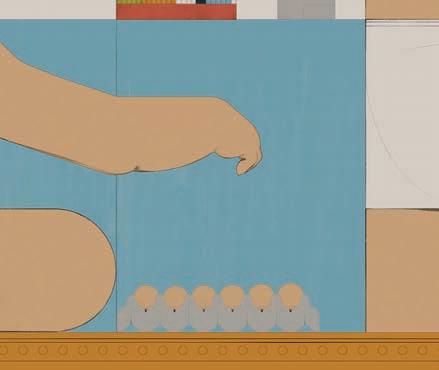



엘 서울 설화수 도산 플래그십 스토어 서울시 강남구 도산대로 45길 18
포시즌스 호텔

Chaum Life Center
Locals swear by the cutting-edge skin treatments at Chaum Life Center—the most technologically advanced anti-ageing clinic in South Korea. Located in the swanky Gangnam district, it features a futuristic mix of medical and wellness facilities spread across five floors. Chaum’s team of experts conduct full medical examinations and there is also a dedicated plastic surgery clinic. A highlight of the spa menu is personalized facials which begin with an evaluation by a dermatologist and aesthetician, followed by a customized treatment plan. is often includes “facial muscle stretching therapy”, a plumping treatment in which a device delivers a low-power electrical currenttostimulate facialmuscles and tone skin. Next comes stem cell rejuvenating micro needling therapyand finally a soothing anti-ageing face mask. e goal is to stimulate collagen production, and improve skin elasticity and regeneration. e results are immediate and you’ll leave refreshed, with glowing, lifted skin. Chaum’s dedicated hair spa is another favourite. After evaluating your scalp health with a microscope camera, a doctor recommends specialized treatments that often incorporate stem cell technology.

포시즌스 호텔 서울 스파
고급스러운 찜질방 체험을 위해서라면 남
성과 여성을 위한 별도의 시설을 갖춘 포
시즌스 3층의 스파가 좋은 선택이 될 것
이다. 예약 시간보다 일찍 도착해 18캐럿
의 골드 모자이크 타일로 장식된 반짝이
는 온수와 냉수 풀에서 도시를 내려다보
며 오후를 보내거나 사우나에서 몸을 녹
인 후 세신을 받아보자. 사우나로 시작해
해조류 해독 랩과 회복 효과가 있는 헤어
및 페이스 마스크로 이어지는 시그니처
트리트먼트를 선택할 수 있다. 활력을 불

어넣는 한 시간 동안의 마사지로 세션을
마무리하면 더욱 좋을 것이다. 밤늦게까
지 이어지는 프리즈 서울 행사와 만찬으
로 피부가 지치고 칙칙해졌다면 림프 마
사지를 포함한 플럼프 앤 샤인 페이셜 트
리트먼트로 수분을 공급하고 디톡스하며
빛나는 광채를 되찾을 수도 있다. 트리트
먼트가 끝나면 TV 이용이나 독서가 가능

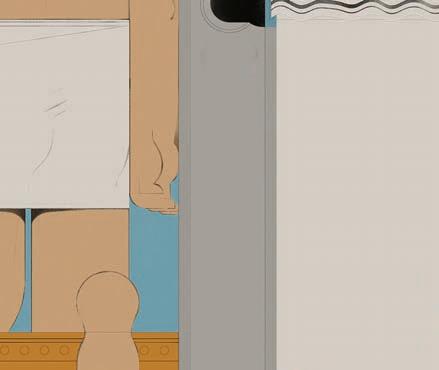
한 라운지에서 휴식을 취하거나 한낮의
낮잠을 즐기고, 세련된 네일 바에서 네일
관리를 받을 수도 있다. 스파를 떠나기 전
에는 한국 작가들의작품 100여 점이 전시
되어 있는 실내를 둘러보자.
라이프센터 차움 국내 최고 수준의 안티에이징 클리닉인
라이프센터 차움의 최첨단 피부 트리트
먼트는 끊이지 않는 찬사를 받고 있다. 강
남에 있는 라이프센터 차움은 5층에 걸
쳐 의료 및 웰니스 시설이 미래지향적으
로 어우러진 것이 특징이다. 차움의 전문
가 팀이 종합적인 건강 검진을 실시하며, 성형외과 전용 클리닉도 있다. 스파의 하
이라이트는 피부과 전문의와 피부미용사
의 진단으로


육을 자극하고 피부 톤을 개선하는 플럼 핑 트리트먼트인 ‘안면 근육 스트레칭 테 라피’를 제공한다. 줄기세포 재생 마이크 로 니들링 테라피, 마지막으로는 진정 안 티 에이징 페이스 마스크를 활용한다. 이 는 콜라겐 생성을 촉진하고 피부 탄력과 재생을 개선하는 것을 목표로 하는데, 즉 각적인 효과로 윤기 있고 리프팅된 피부 로 상쾌한 기분을 느낄 수 있다. 차움의 전용 헤어 스파도 인기로, 현미경 카메라 로 두피 건강을 평가한 뒤 줄기세포 기술 을 접목한 전문의의 트리트먼트 추천 서 비스를 받아보자.
파얄 우탐(Payal Uttam)은 작가이자 편집자로, 홍콩과 싱가 포르에서 활동한다.


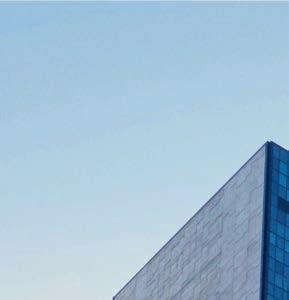



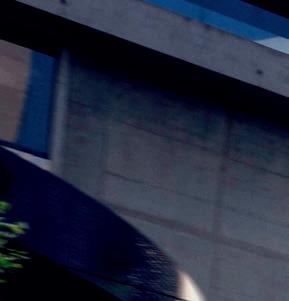




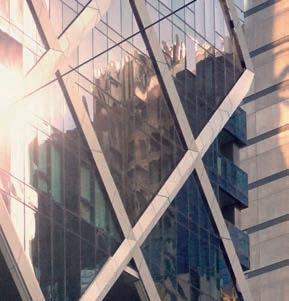







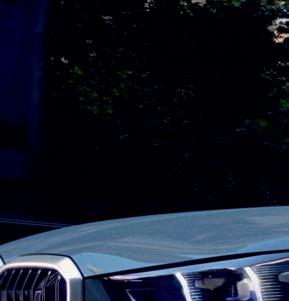



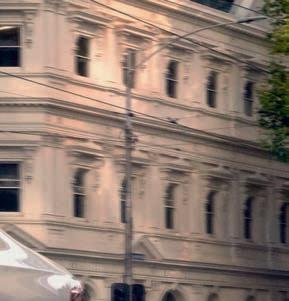






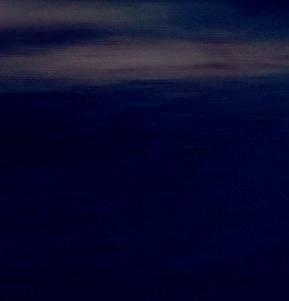






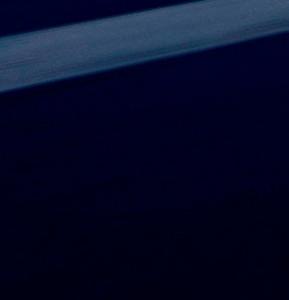
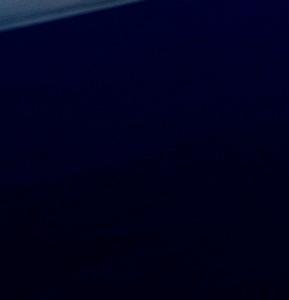





Poet John Yau responds to Caravaggio’s painting, part of London’s National Gallery current touring show at the National Museum of Korea.
After Caravaggio’s “Boy Bitten by a Lizard” (1593–94)

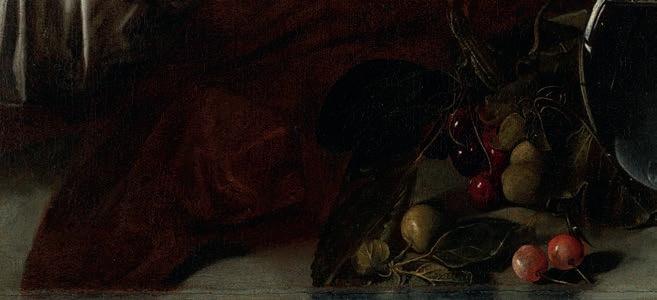
 John Yau
John Yau
Being painted by the hands of a murderer does not guarantee you will be remembered when we know all portrait artists get away with perfect murders not just the ones who use their bare hands as your hands are bare as you pull back, afraid posing as if you are afraid this untrue moment which will become true once the hairs of the brush sweep you, bit by bit, into place Is this lizard destined to bite and poison you
Do you think you can avoid this brush with death
카라바조의 〈도마뱀에 물린 소년〉 (1593–94)를 보고
존 야우 (번역: 소제)
살인자의 손에 의해 그려진다고 해서
당신이 기억되리라는
보장은 없습니다
모든 초상화 화가는 완전
범죄를 저지르잖아요
맨손으로
말고도요
빈손인 당신은
붓의 털이 당신을
제자리로 쓸어놓으면
진실되지 않은 순간이
진실될 사실이
두려운듯 물러나는
포즈를 취합니다
그 도마뱀은 당신을
물고 독살할 운명인가요
당신은 죽음의
화필을 피할 수 있을까요
John
존 야우(John Yau)는 시인이자 작가로, 미국 뉴욕에서 거주하며 활동한다.
카라바조(Caravaggio)의 <Boy Bitten by a Lizard> (1594) 는 10 월 9일까지 서울 국립중앙박물관에서











